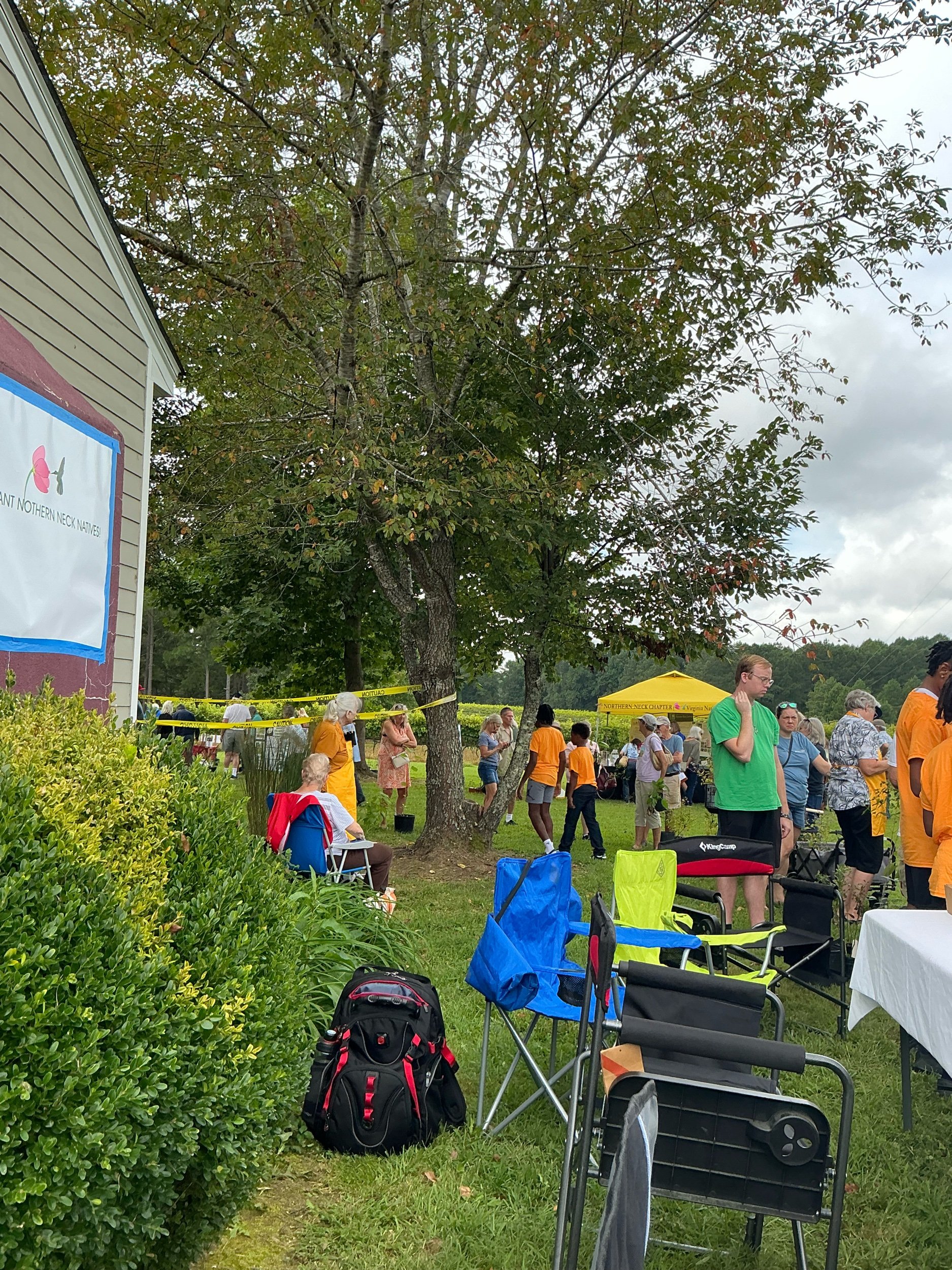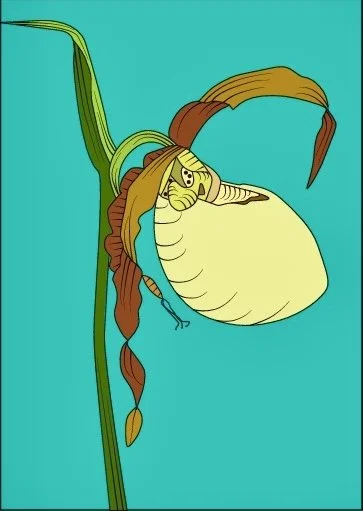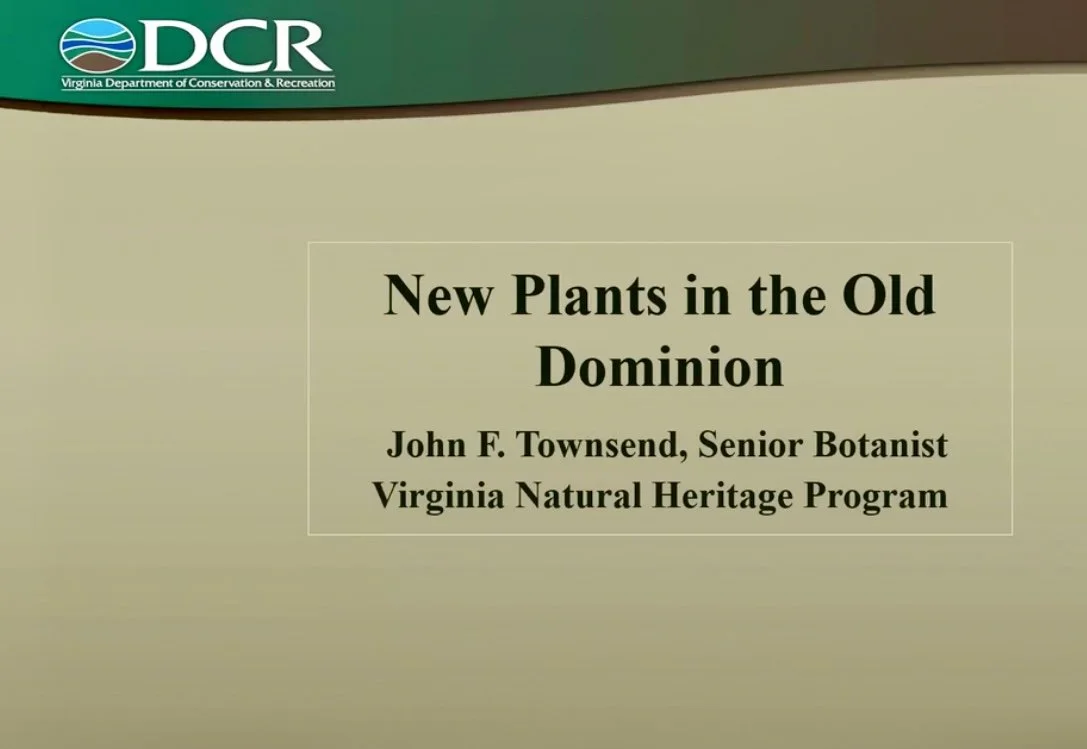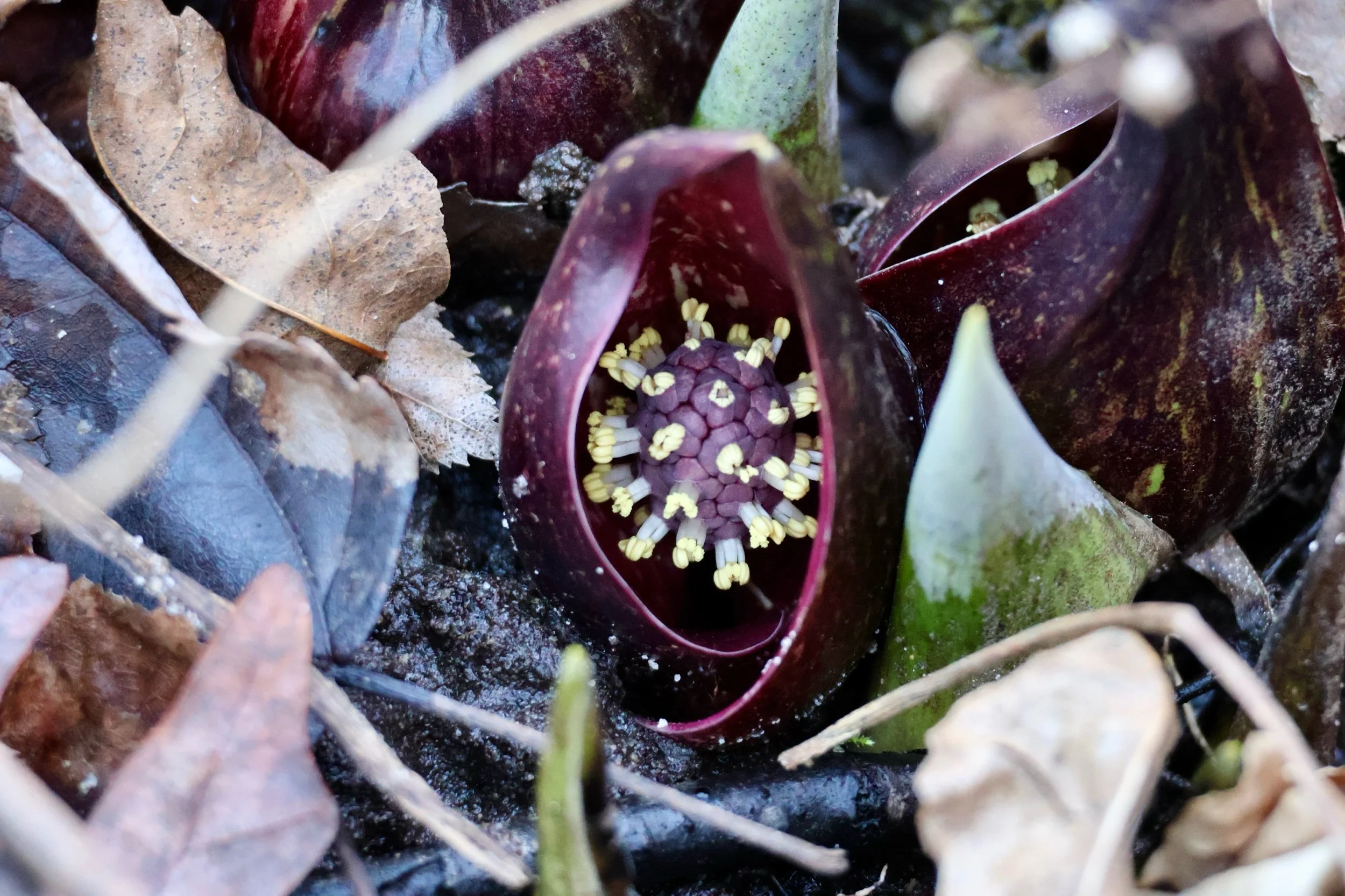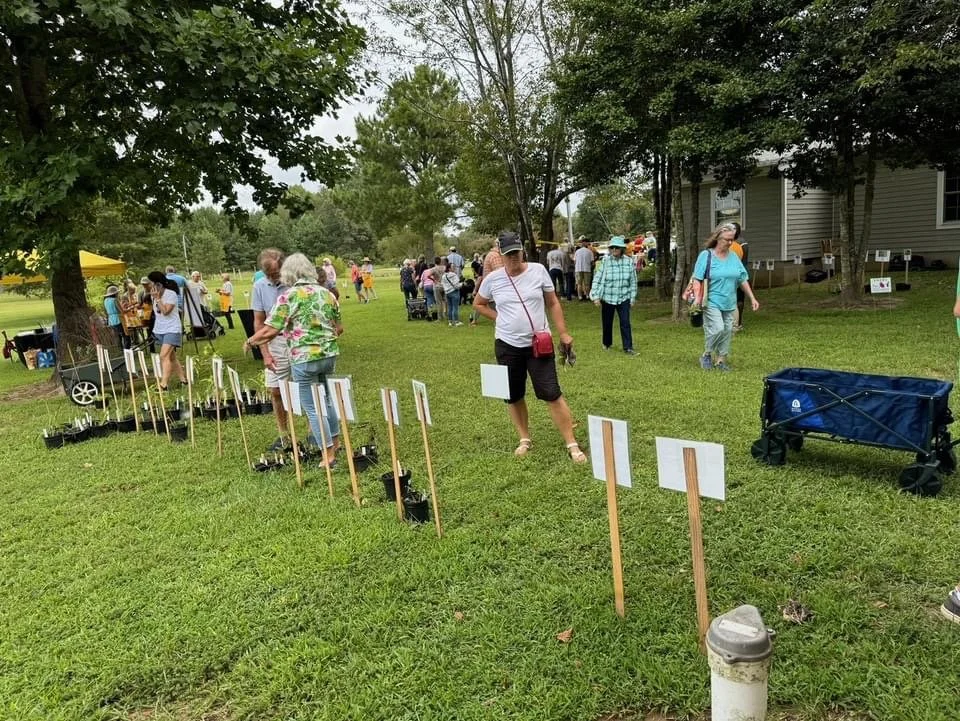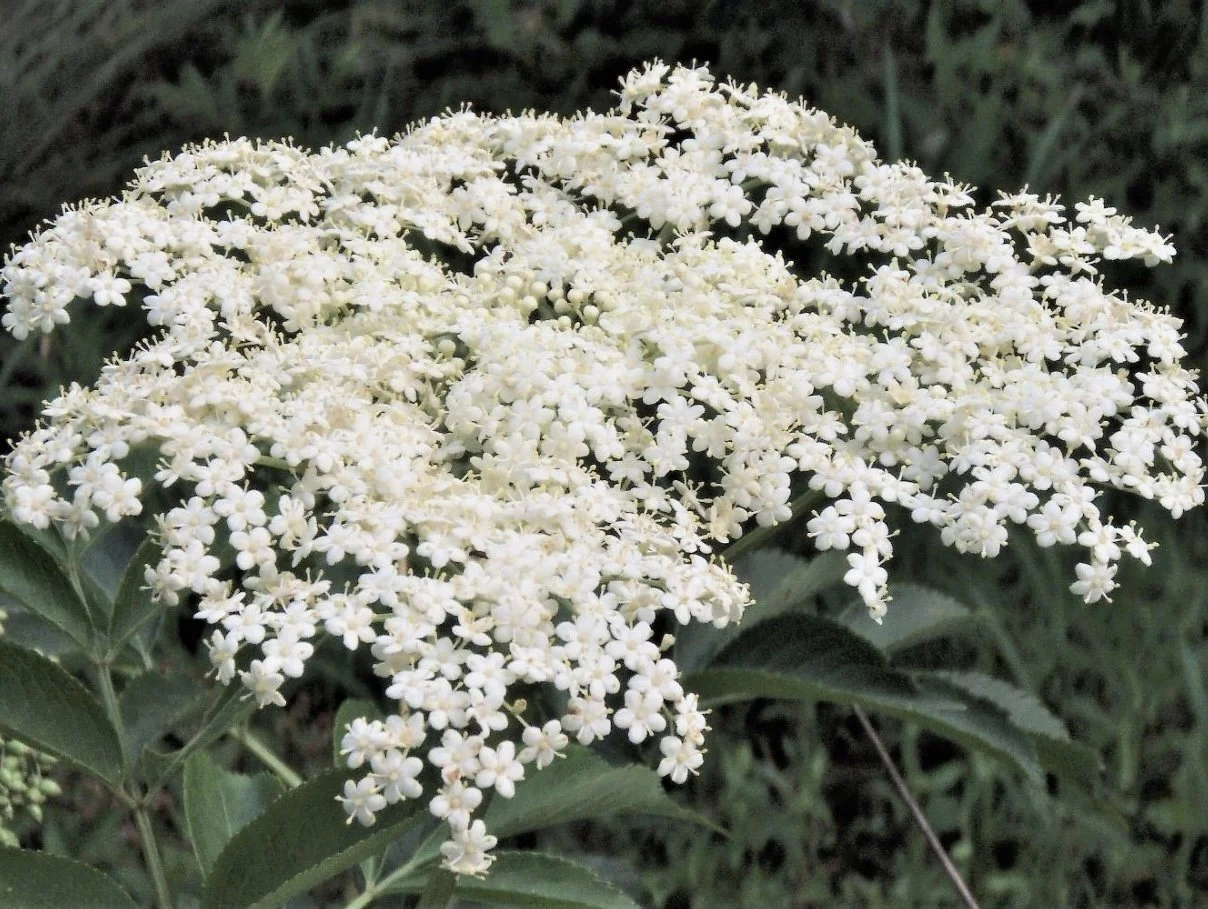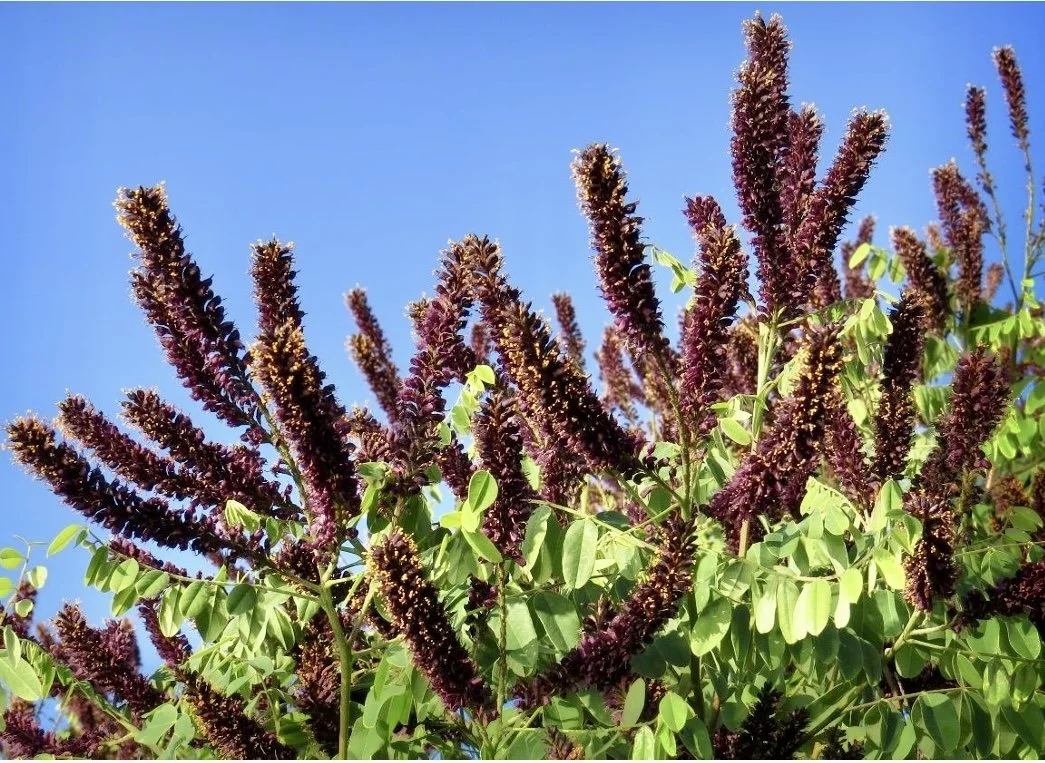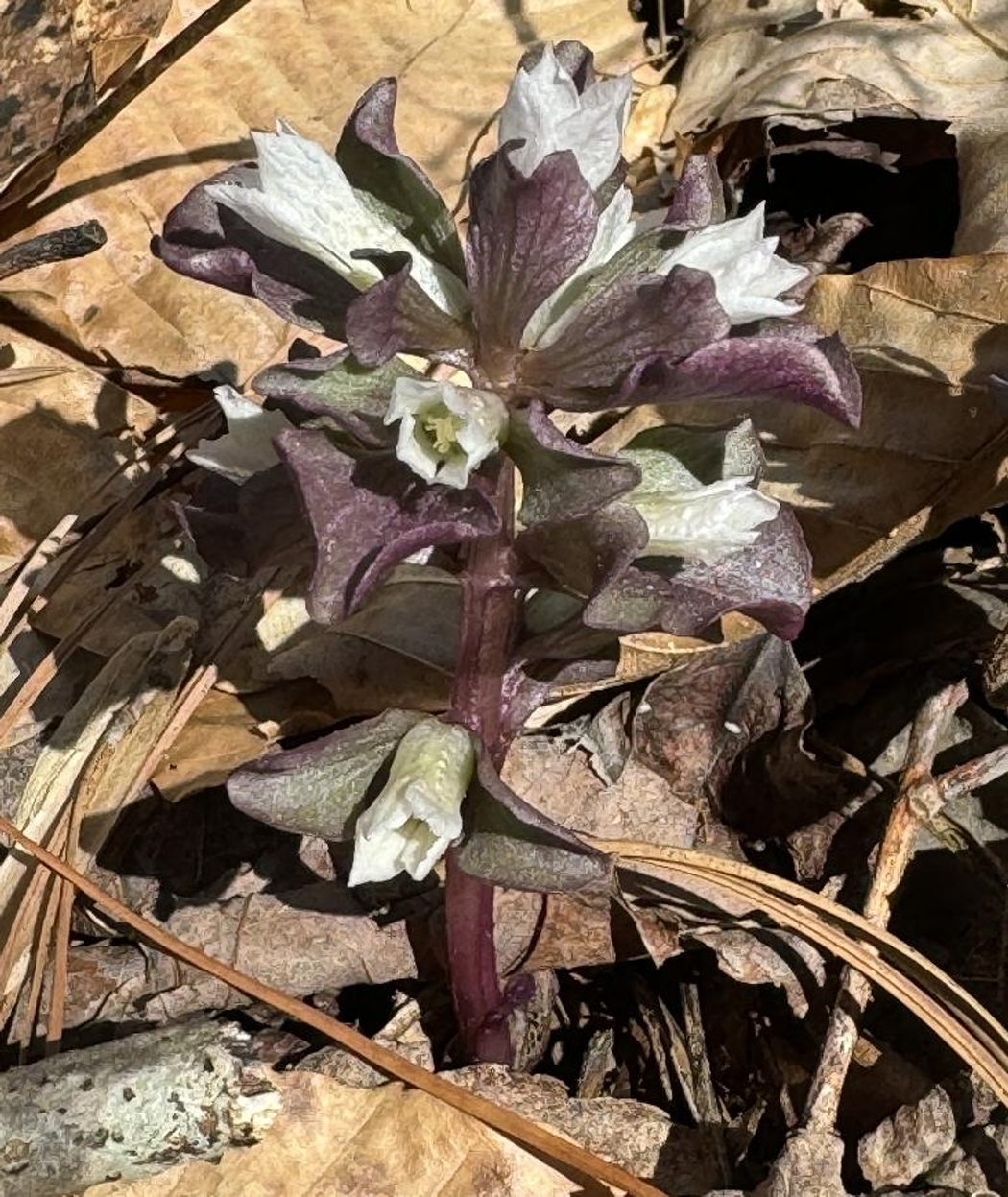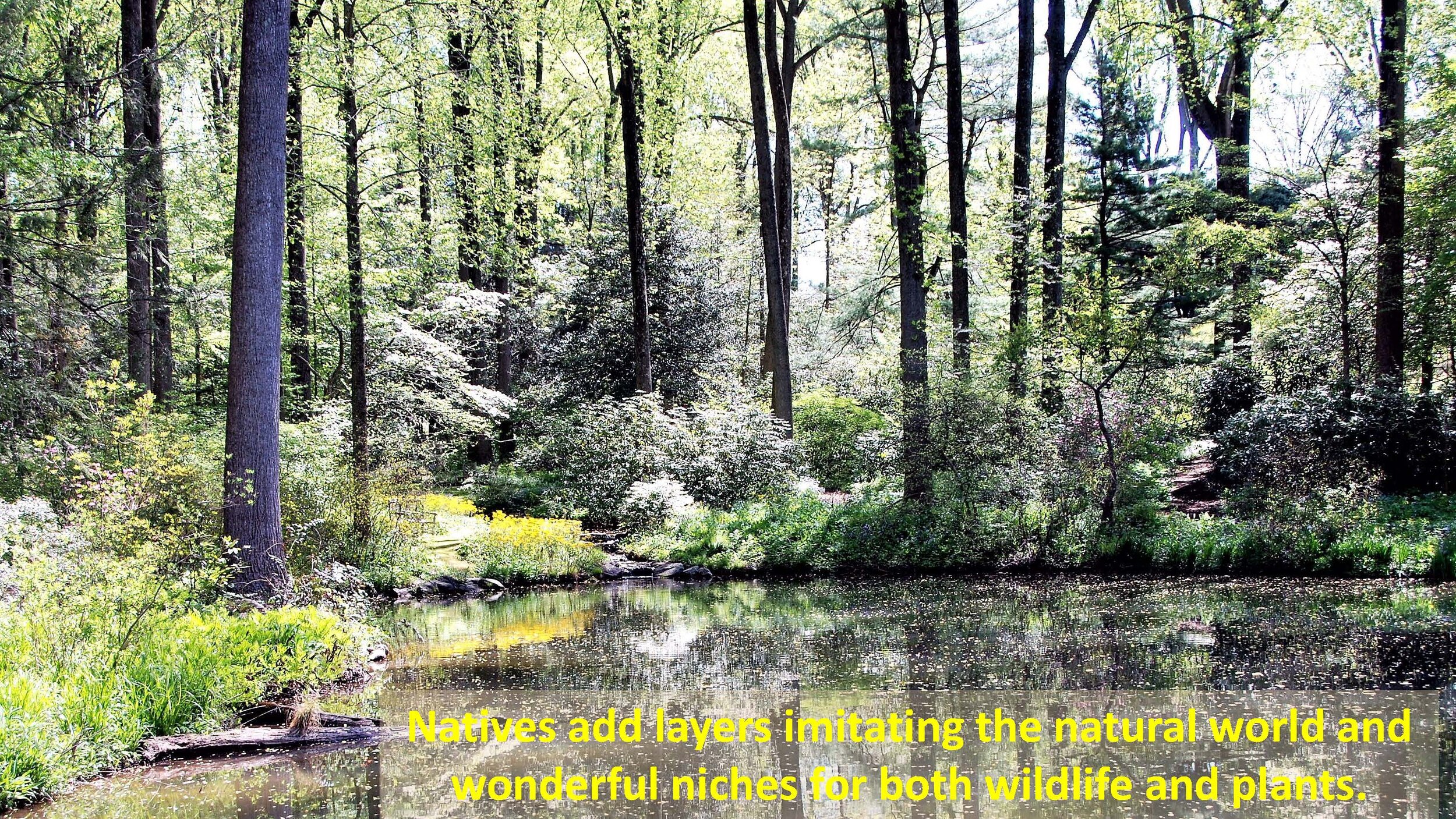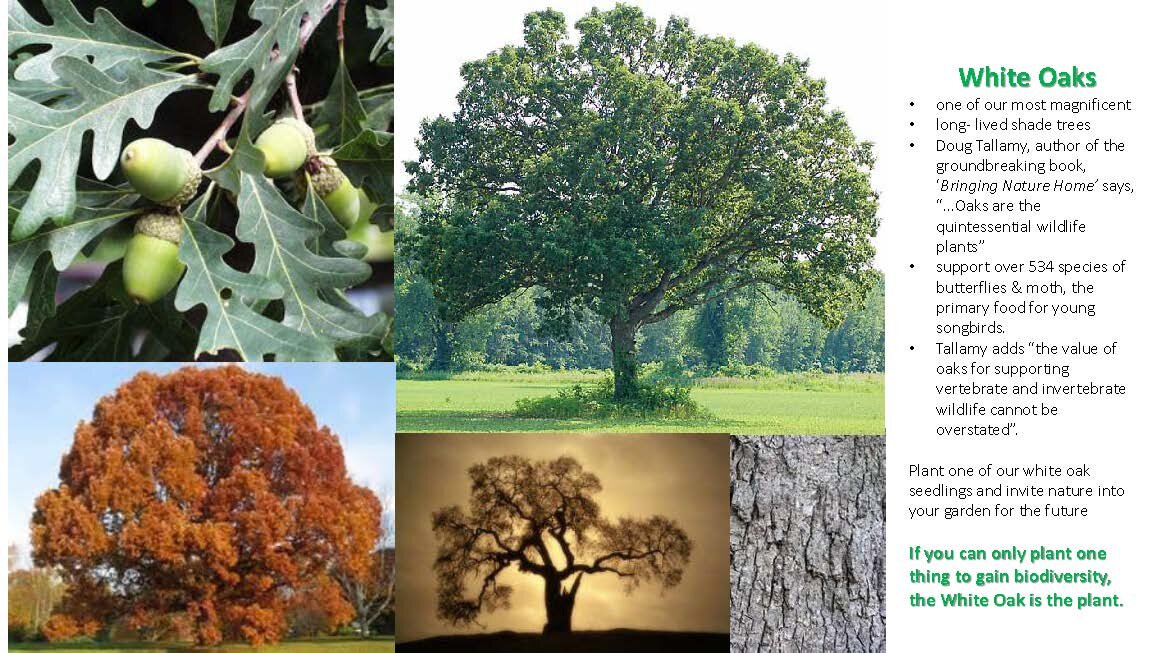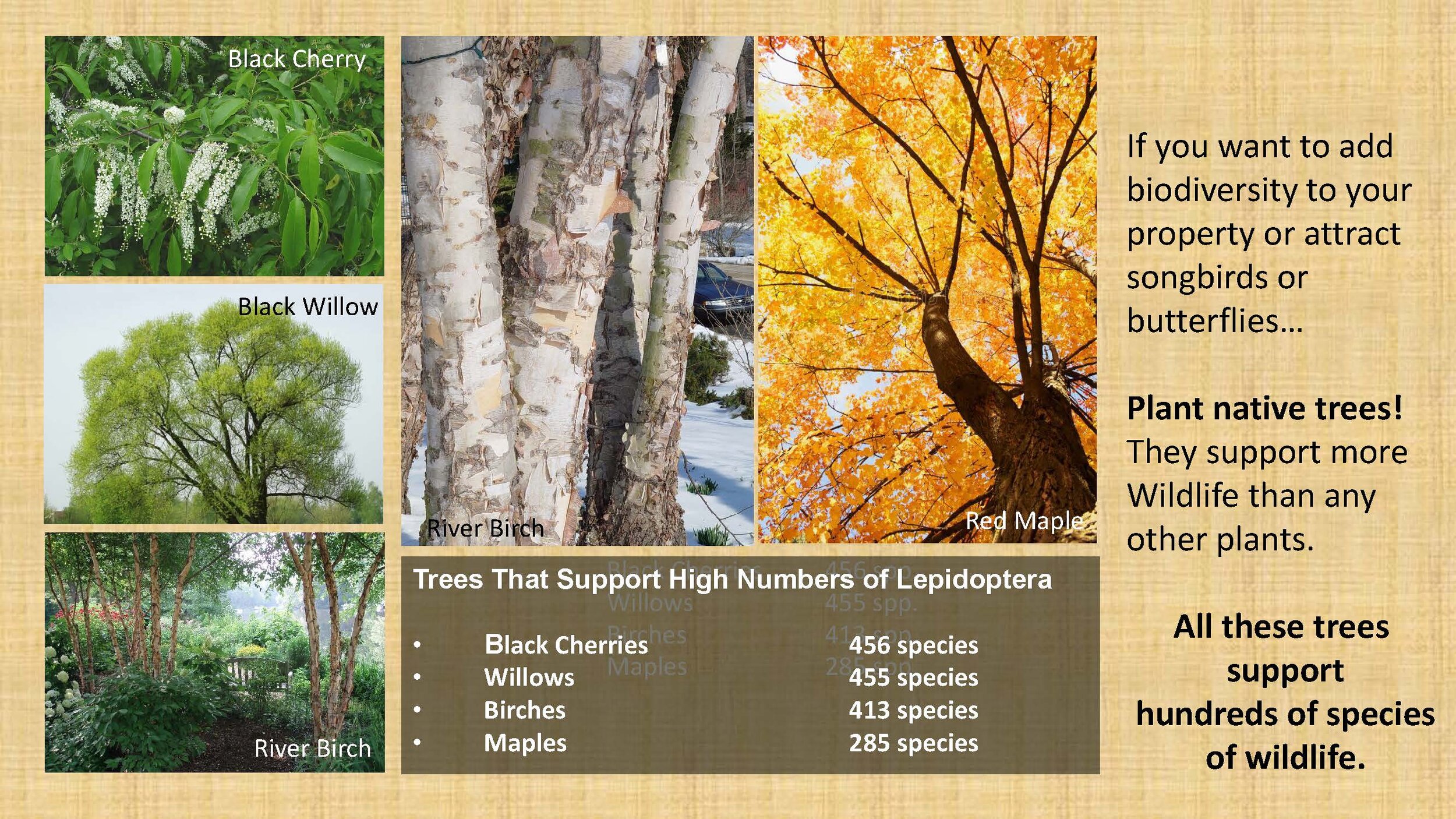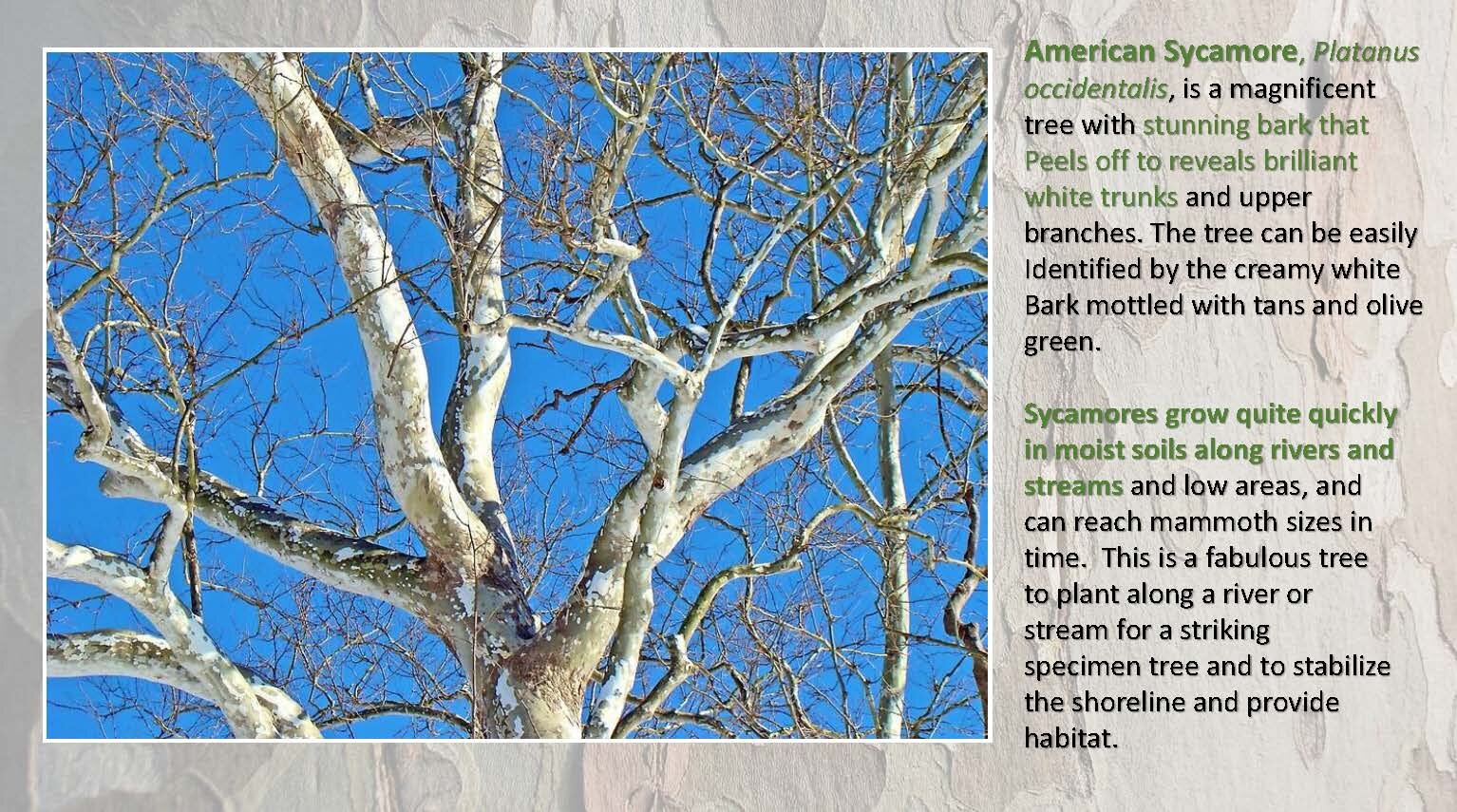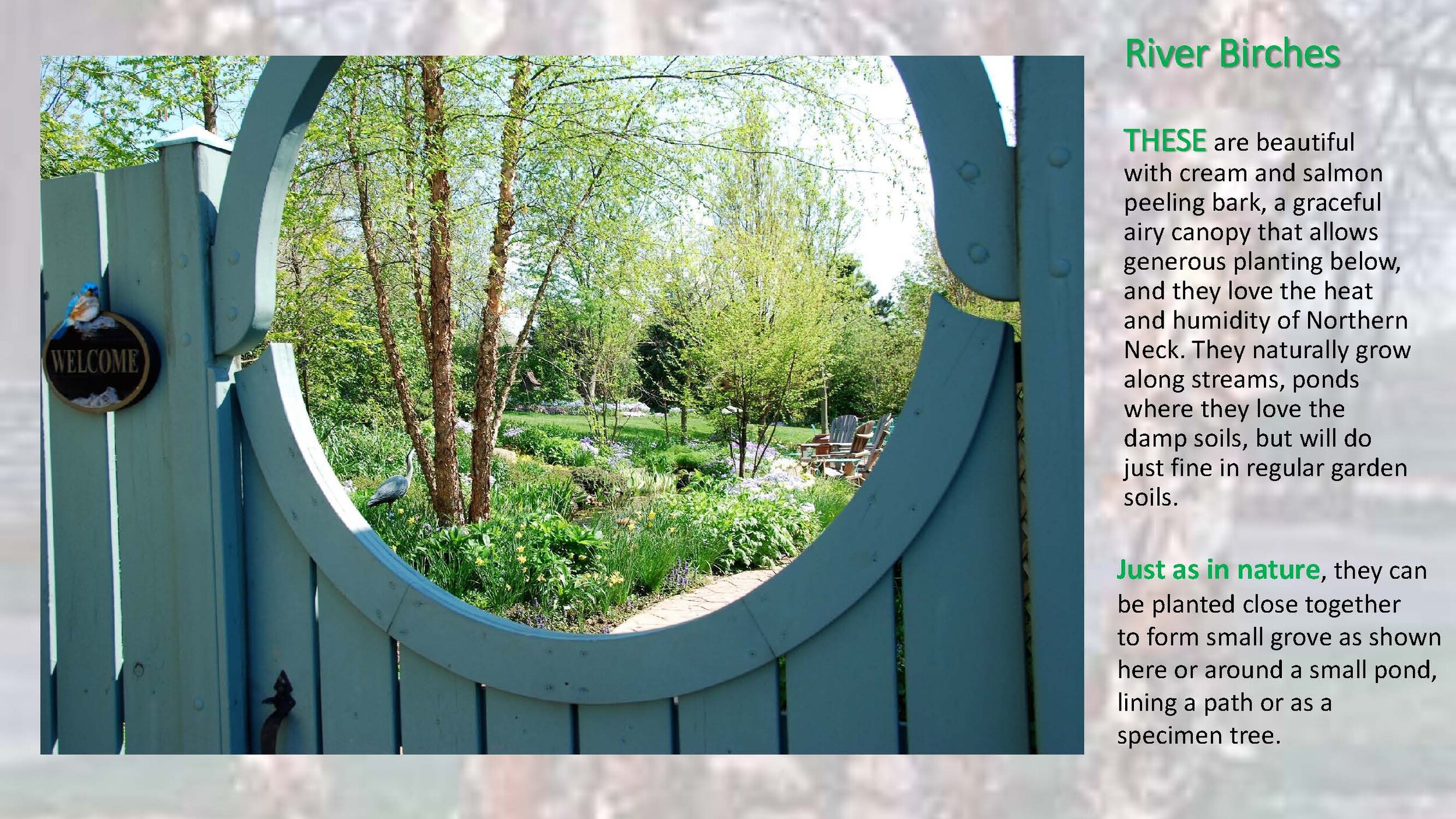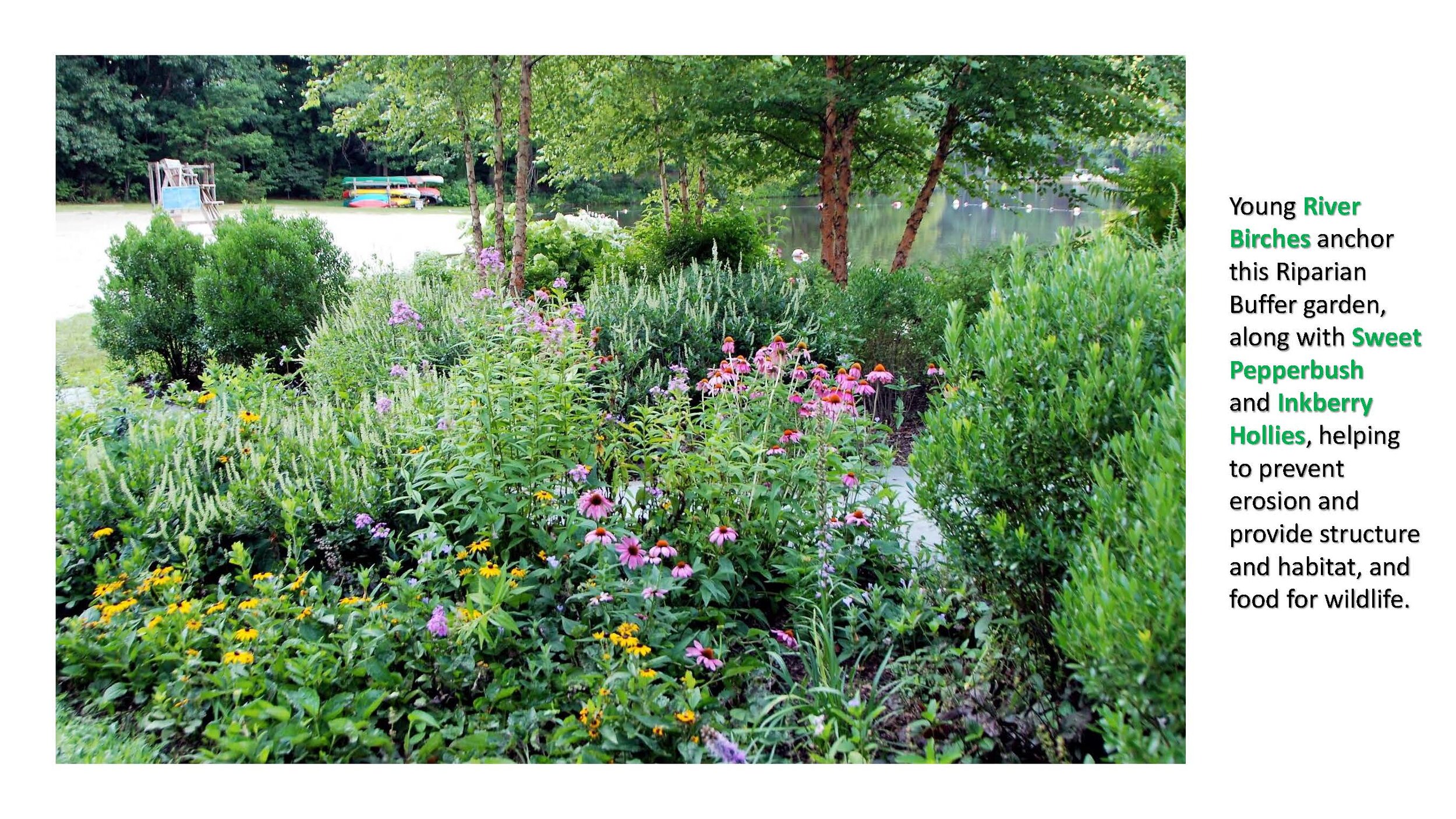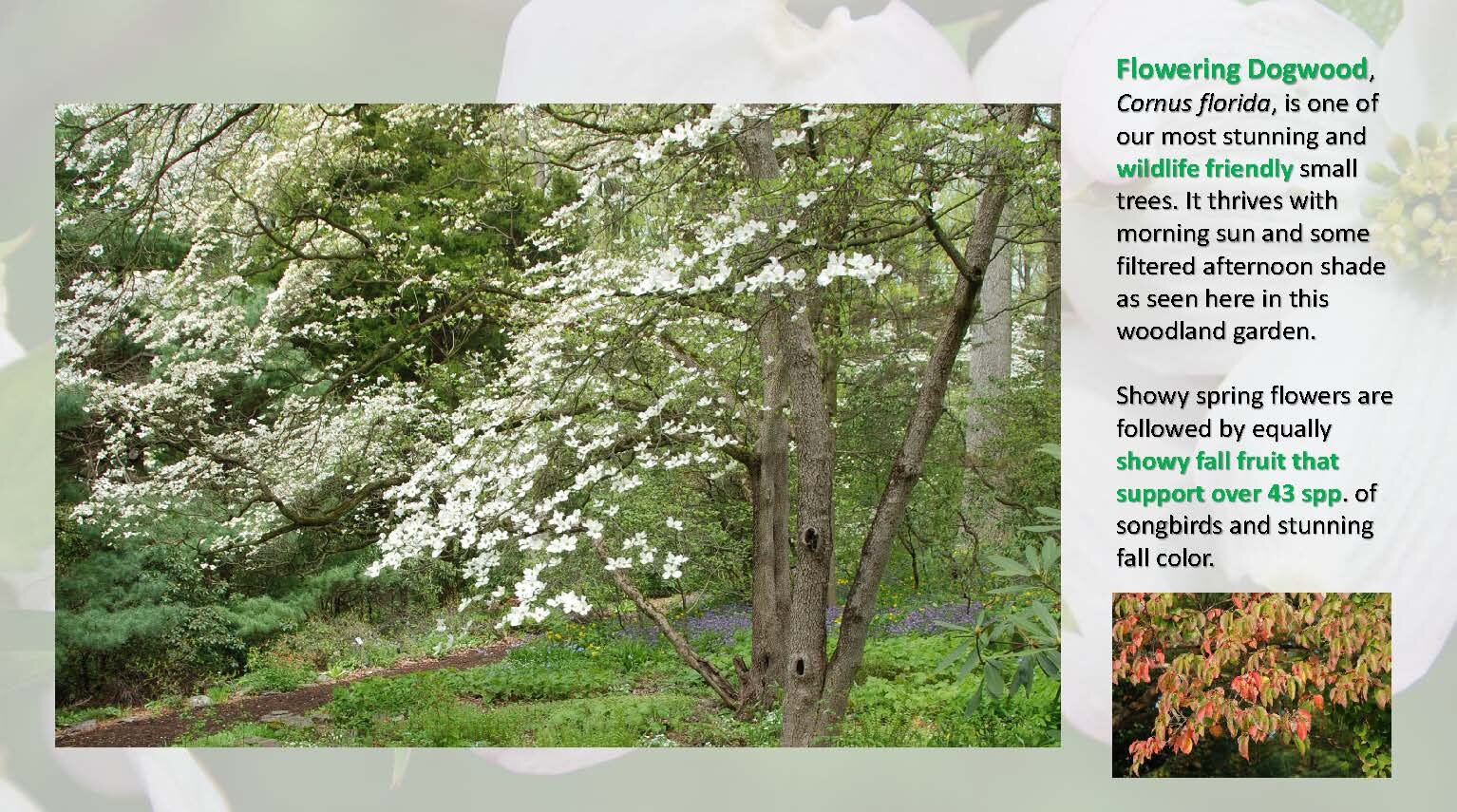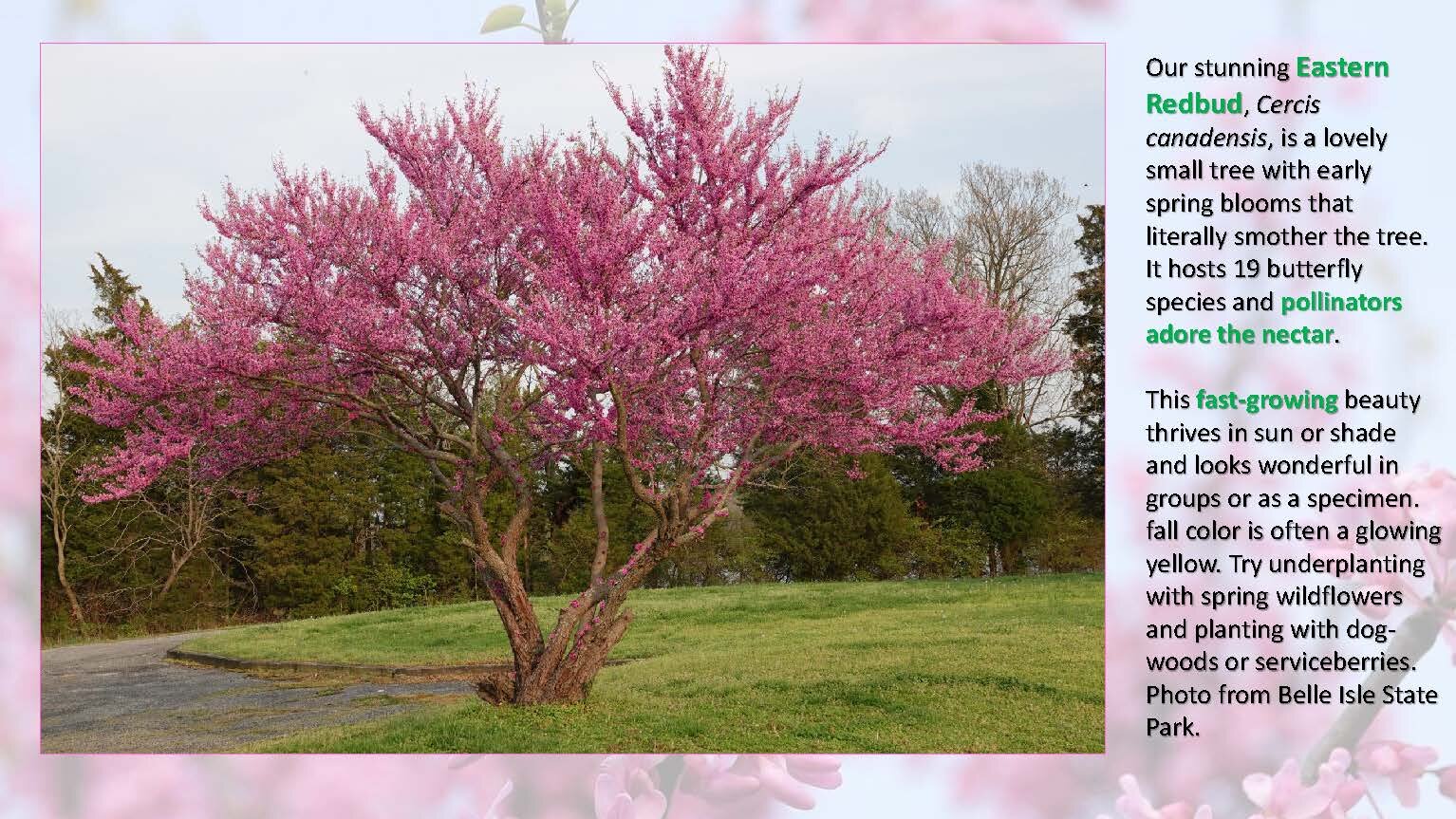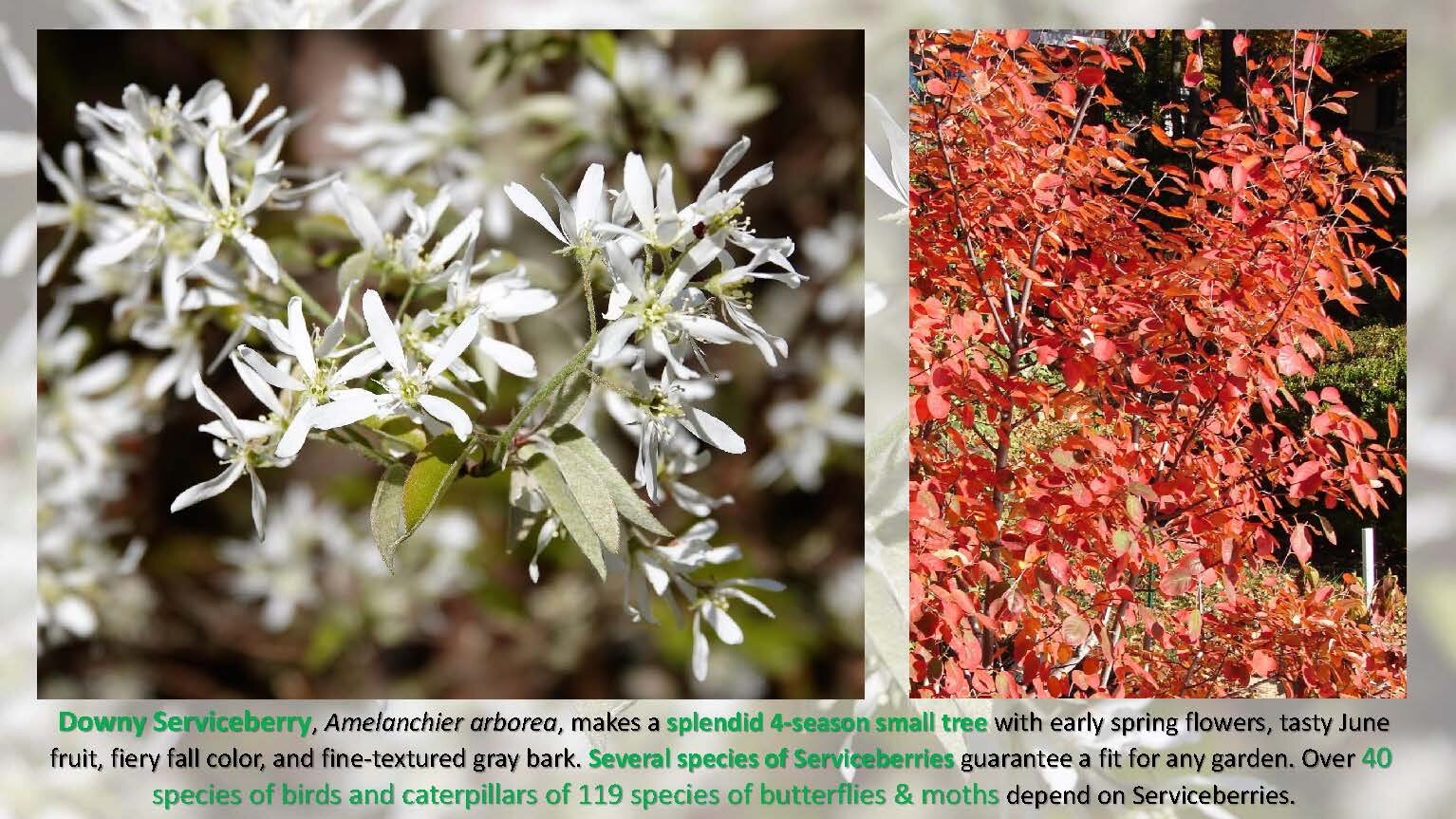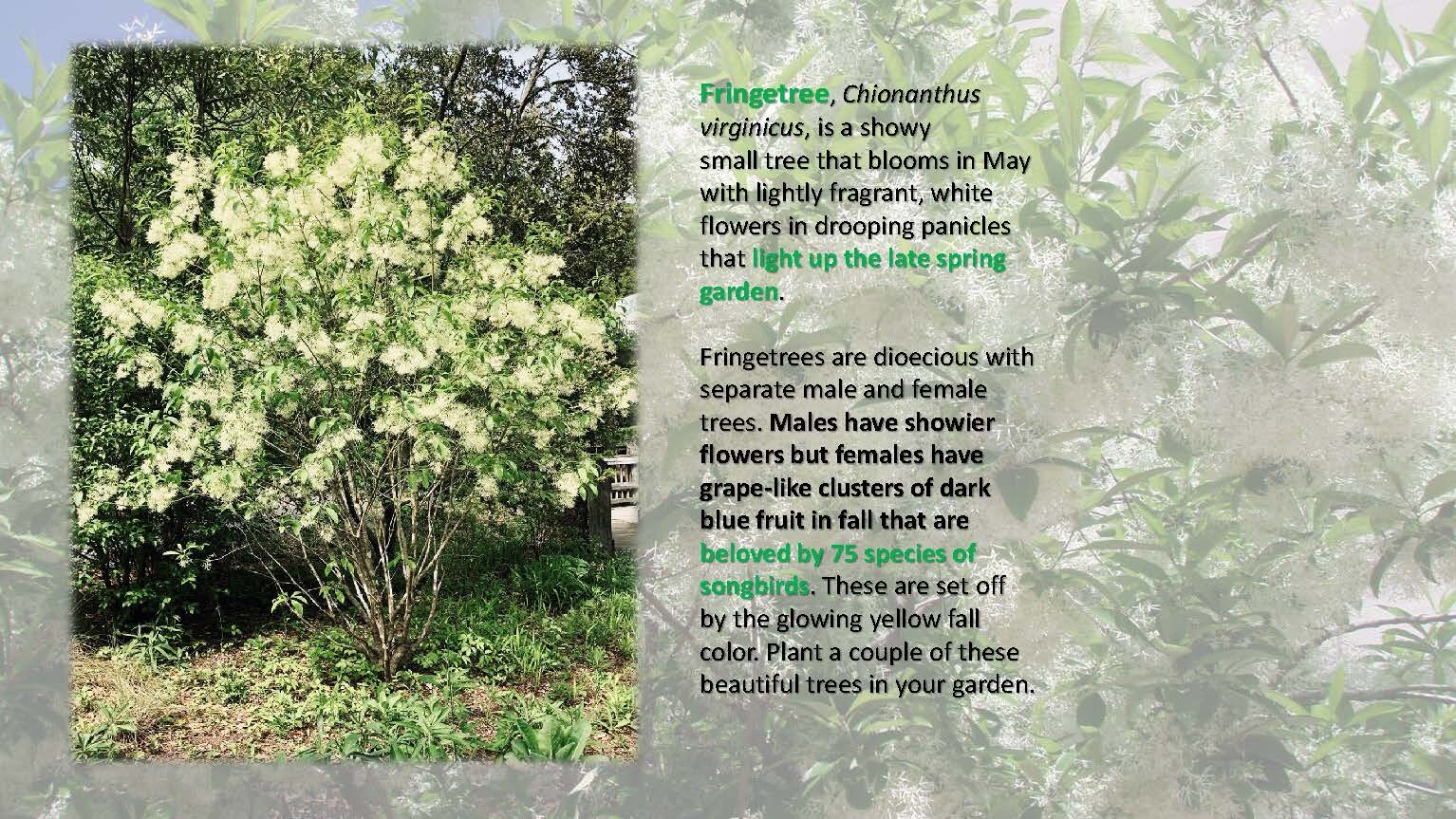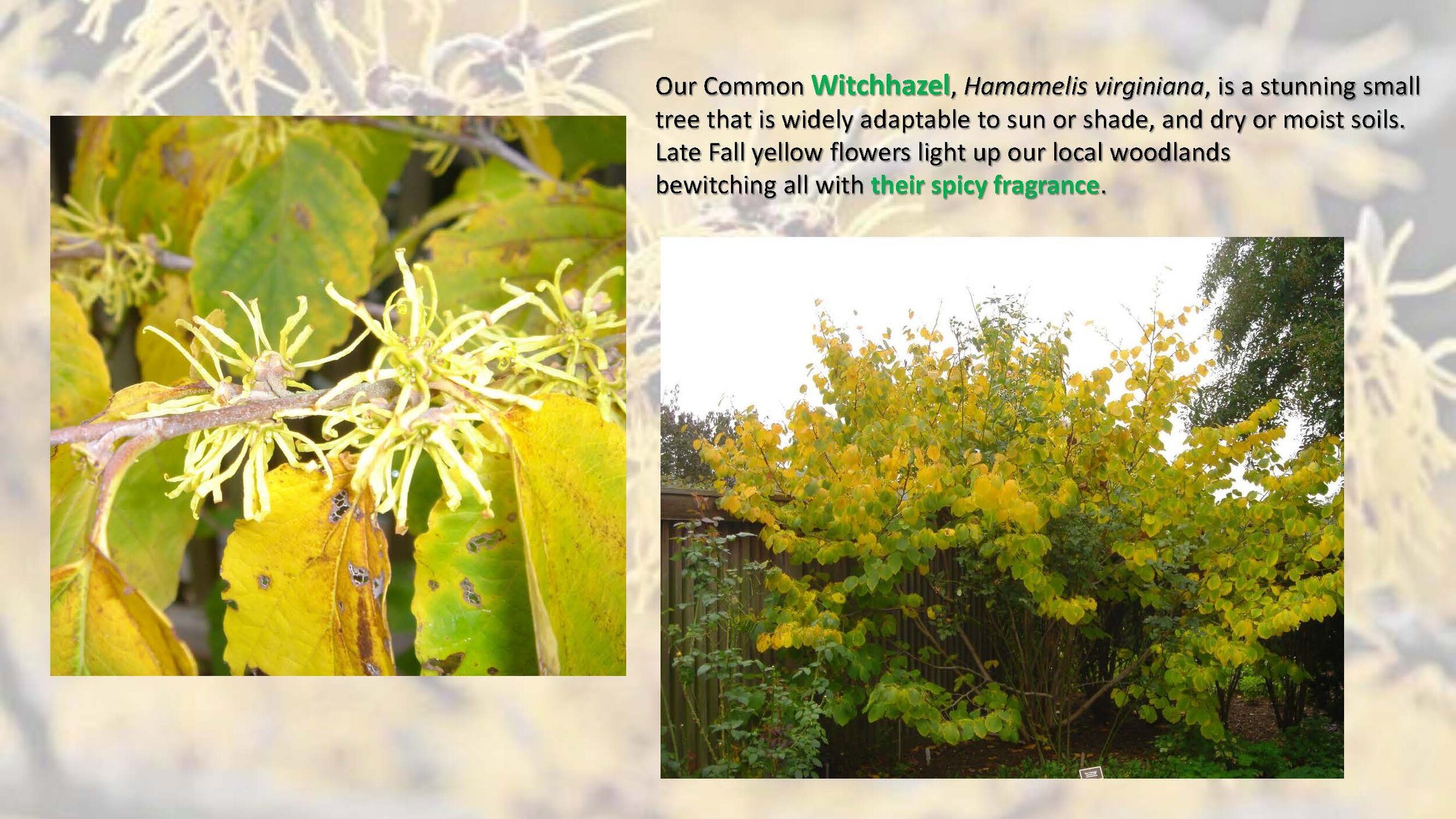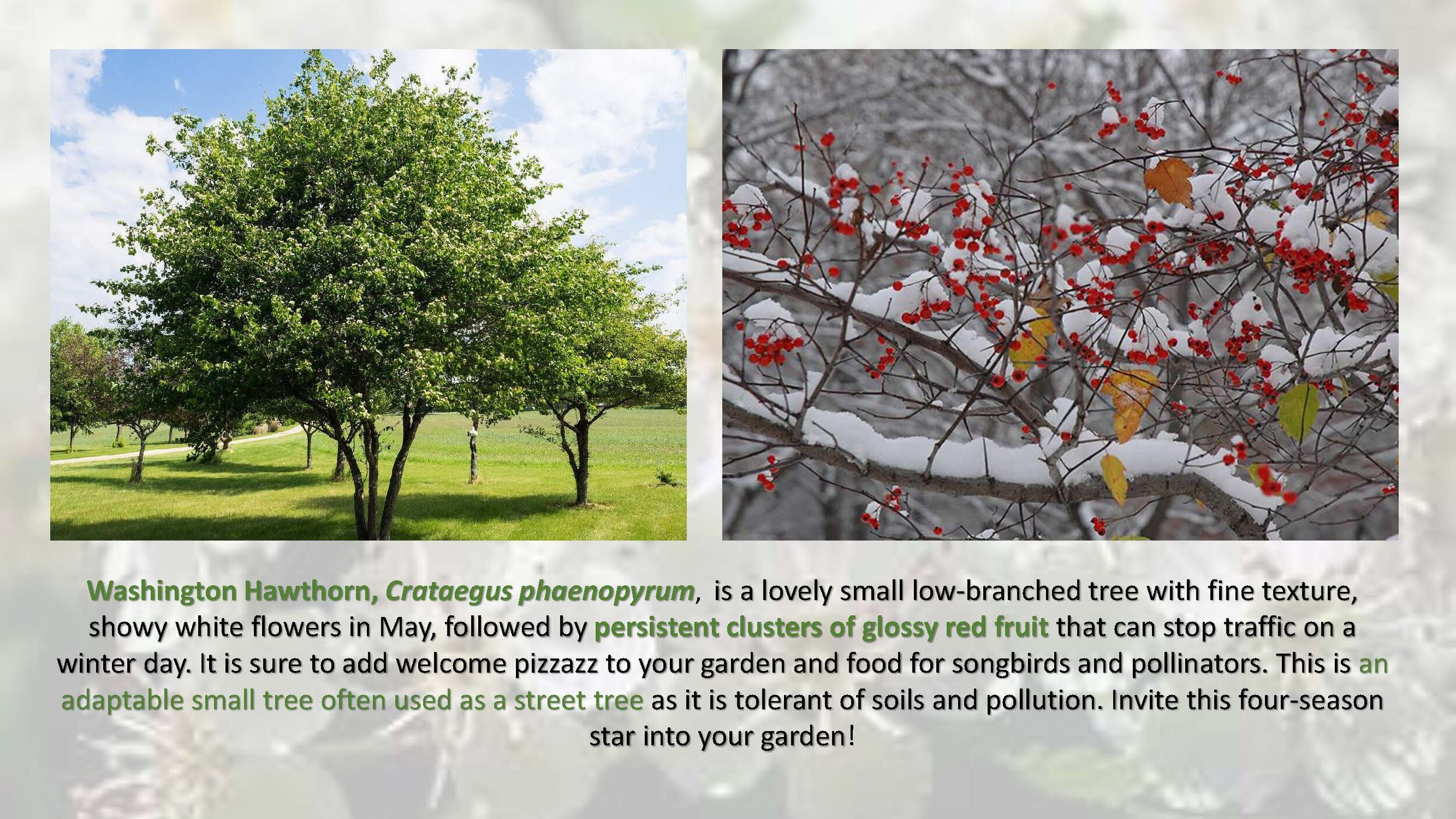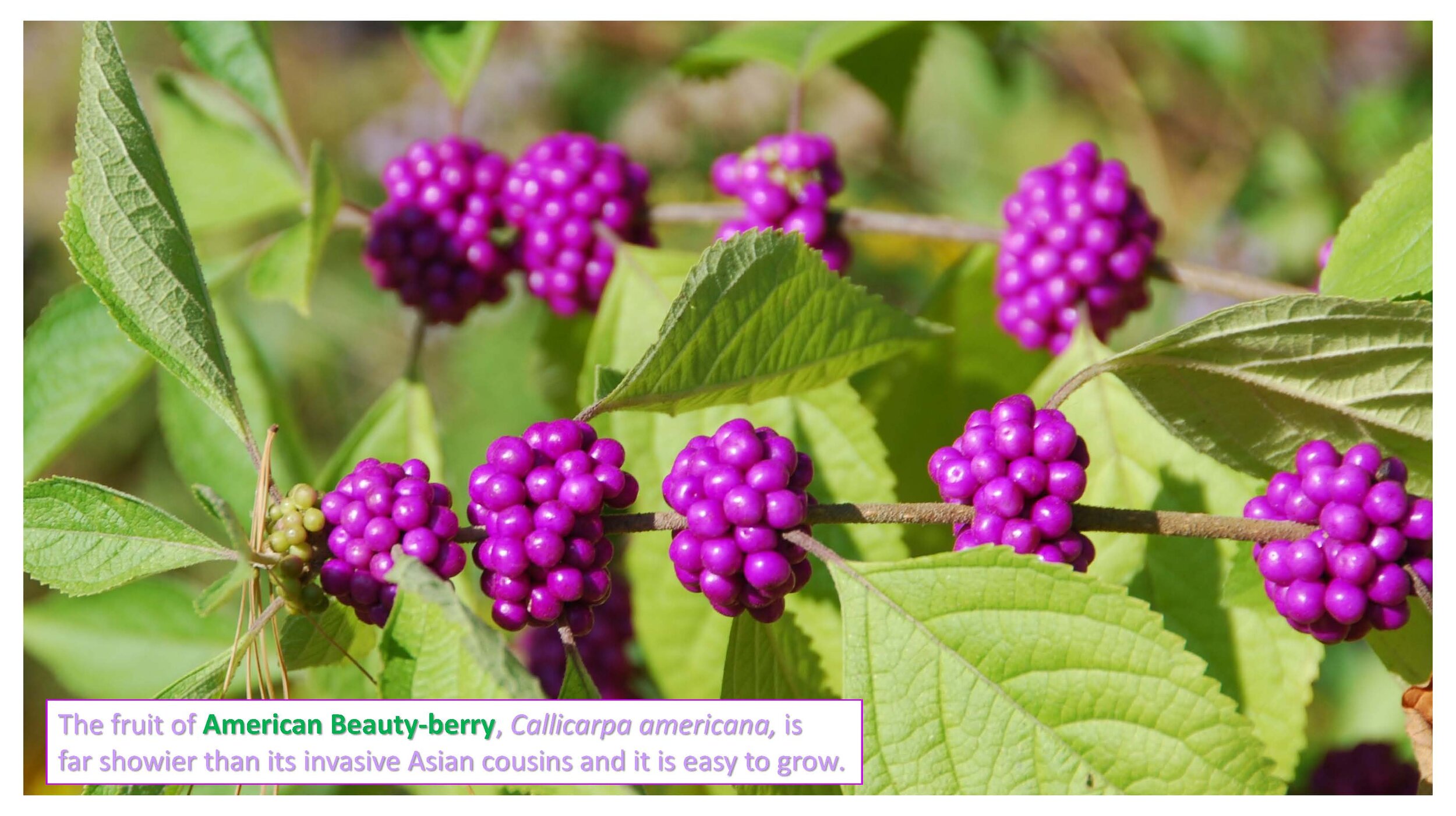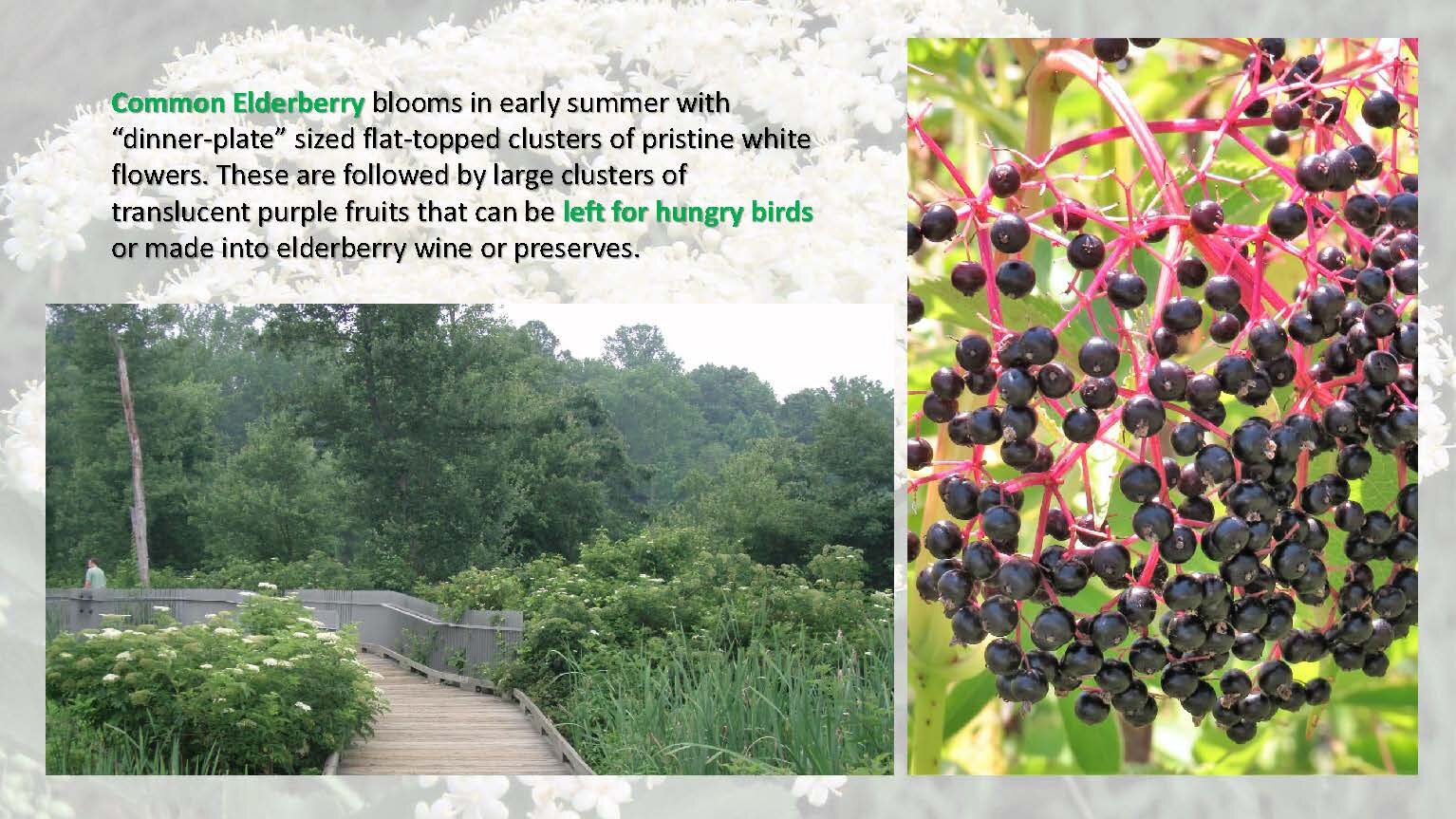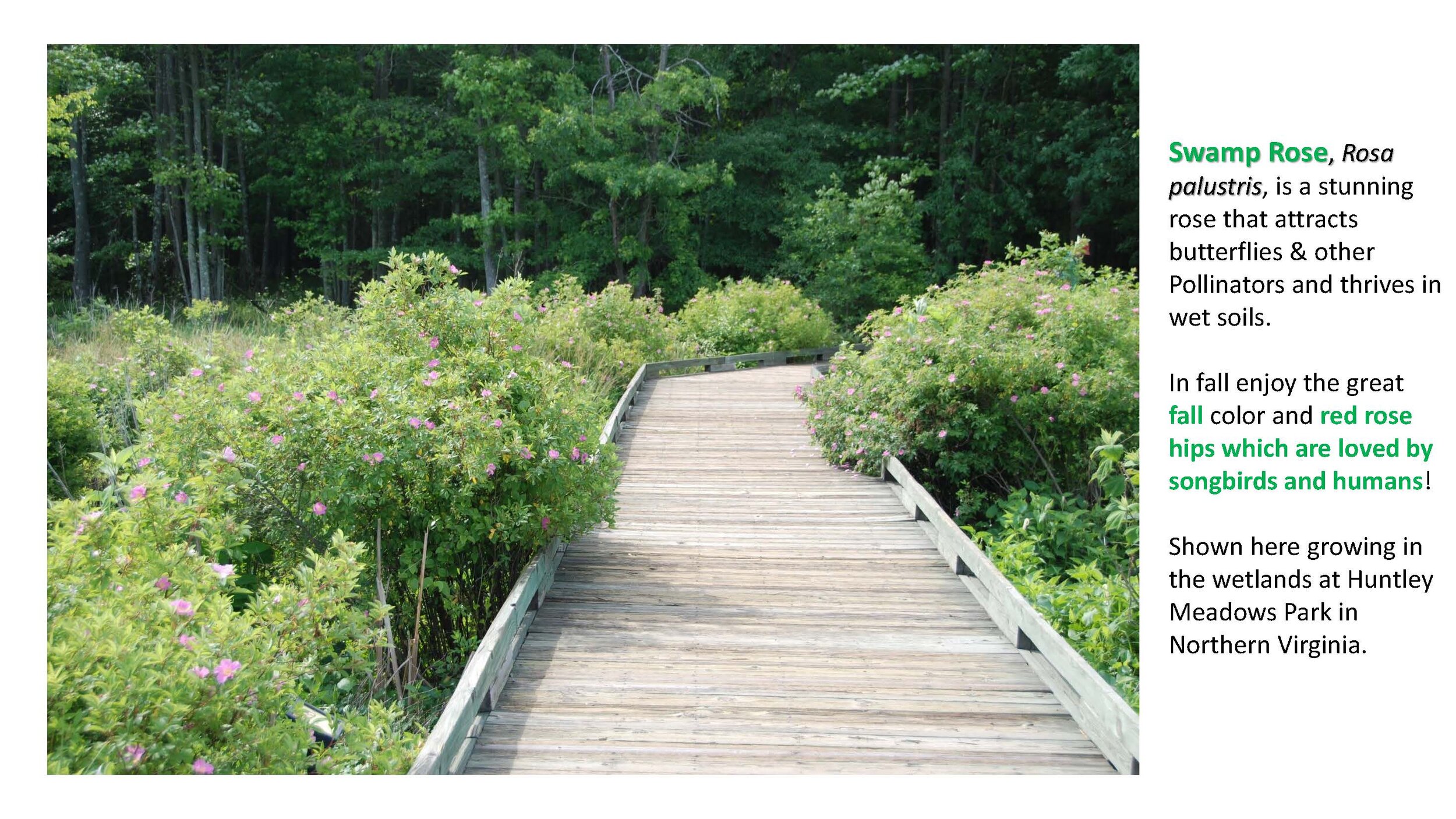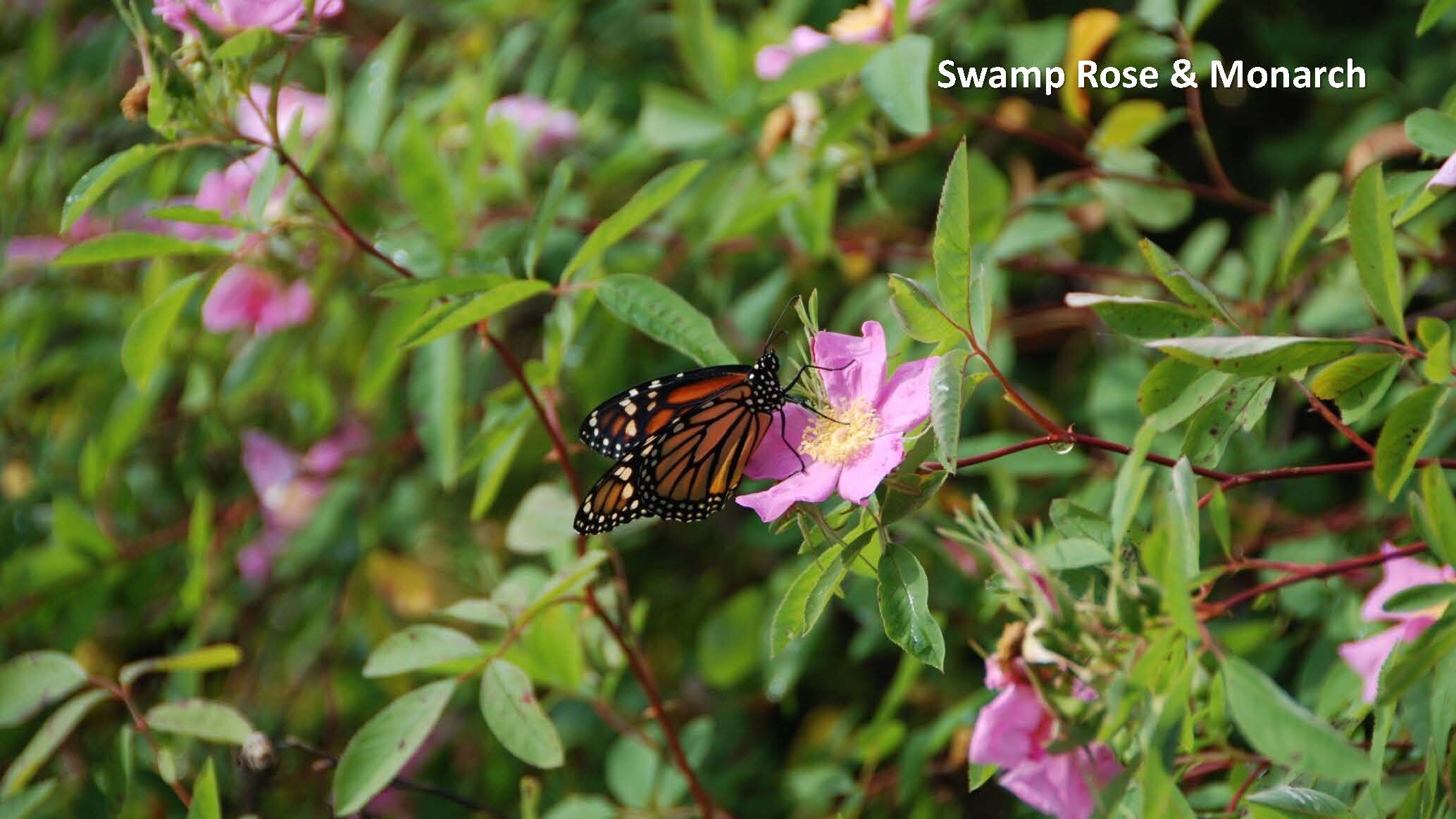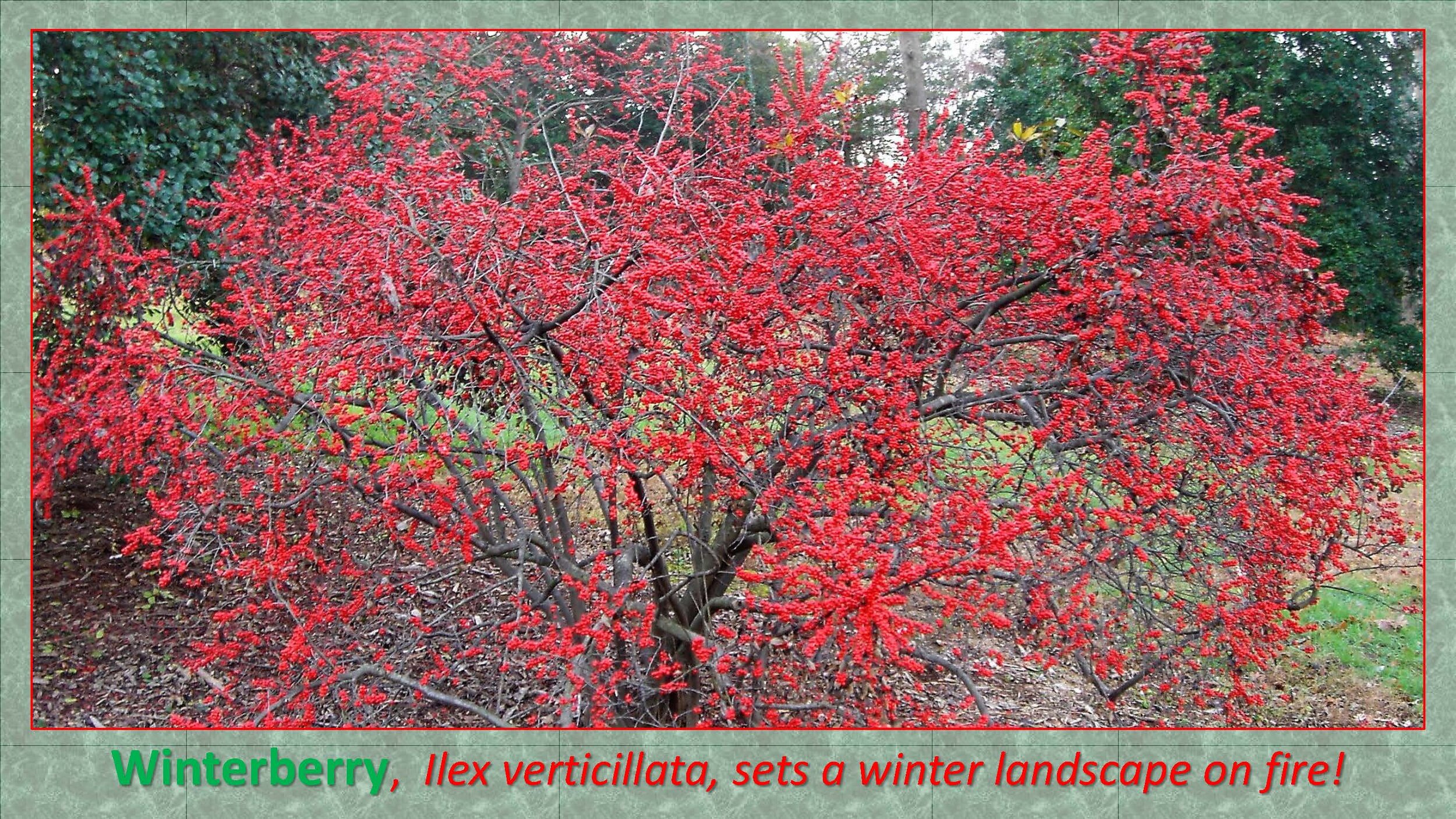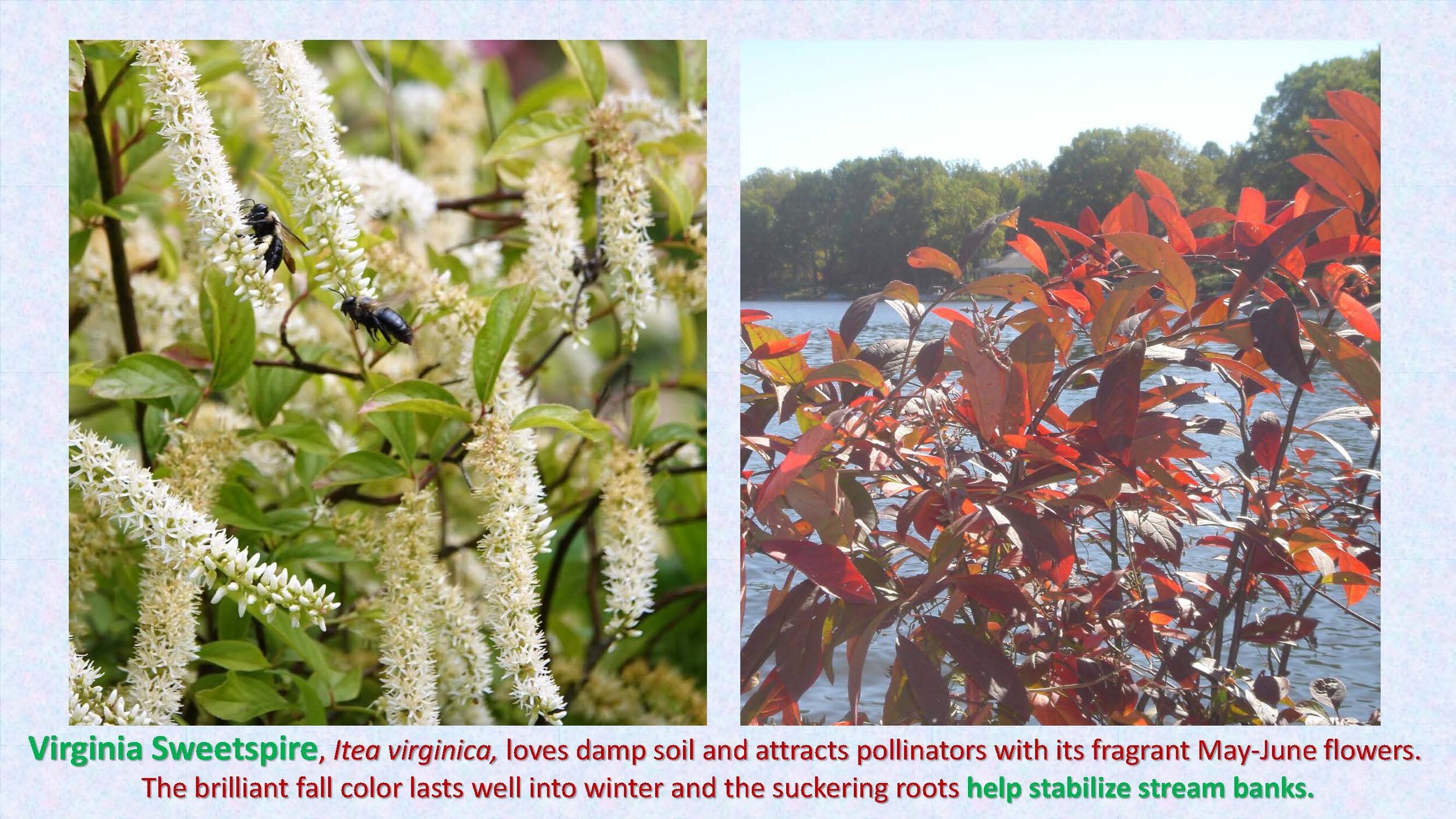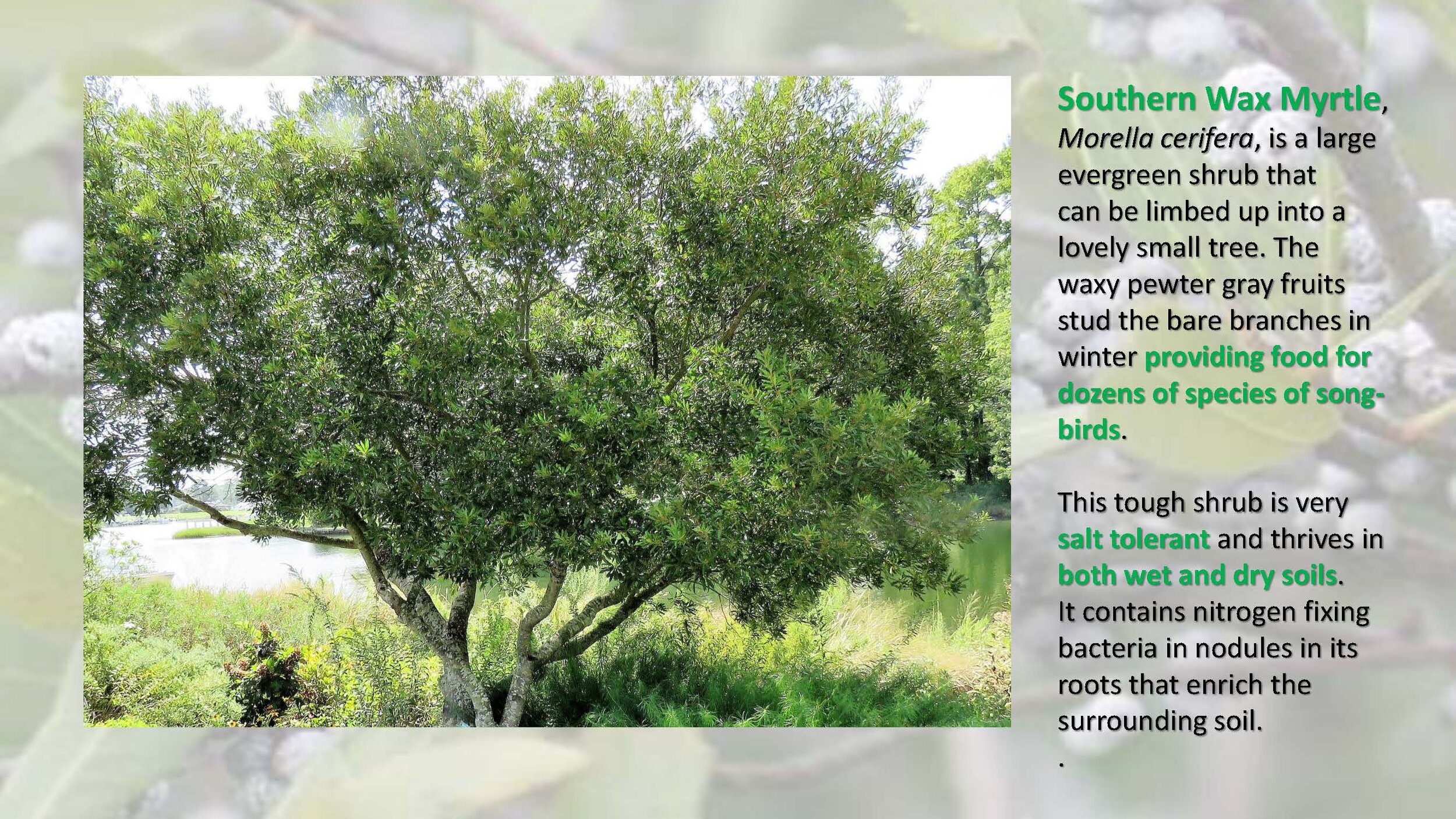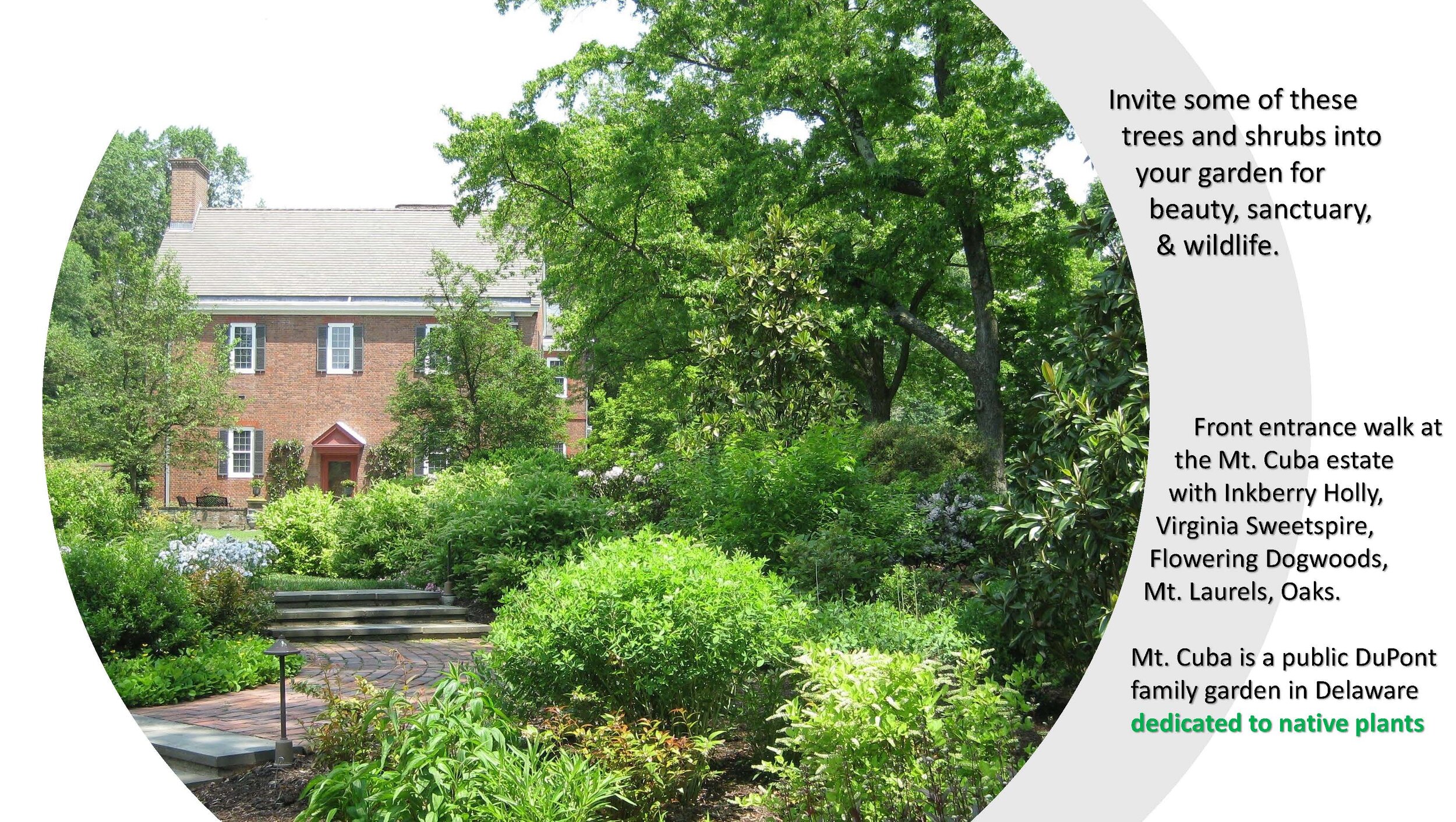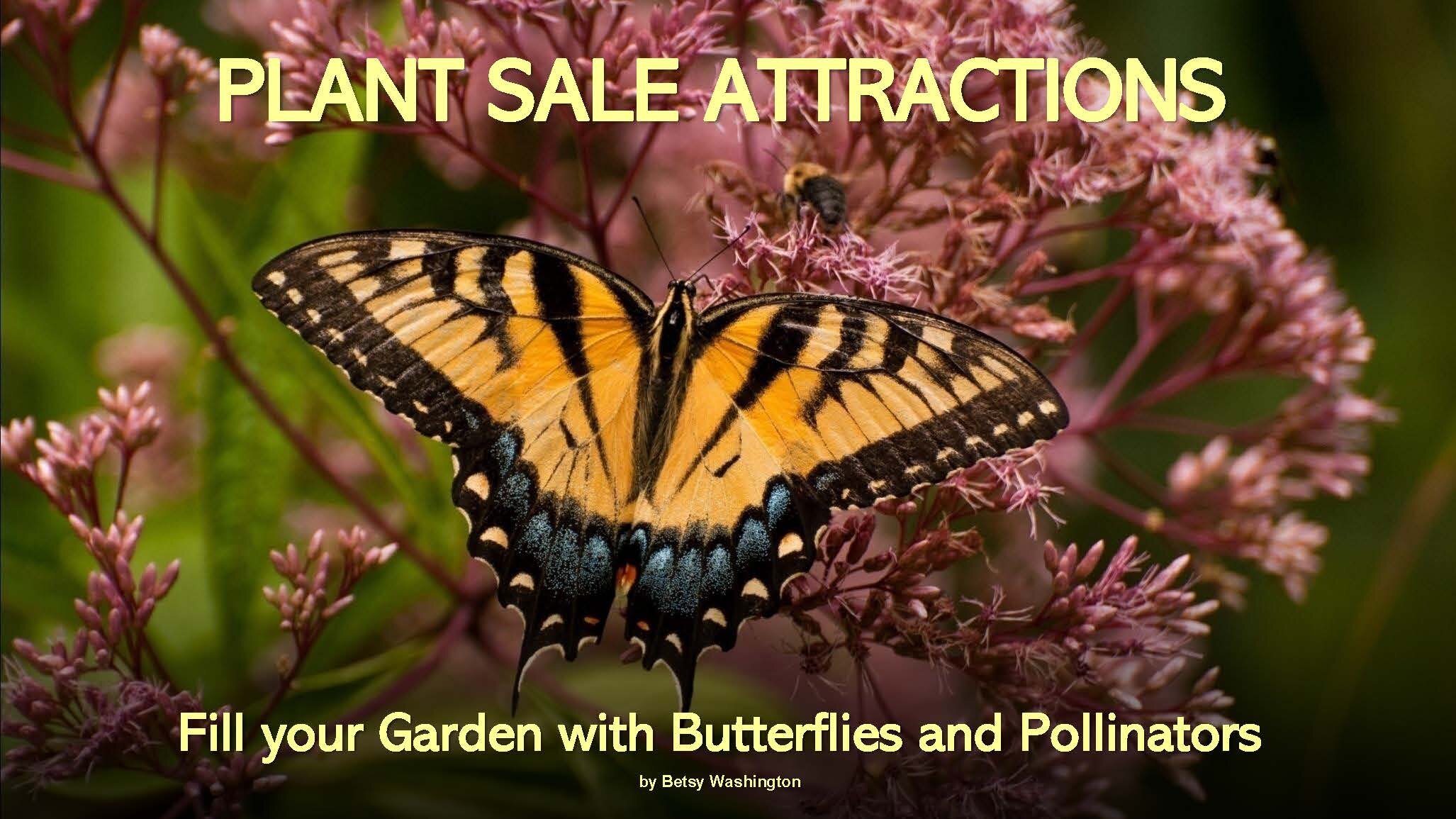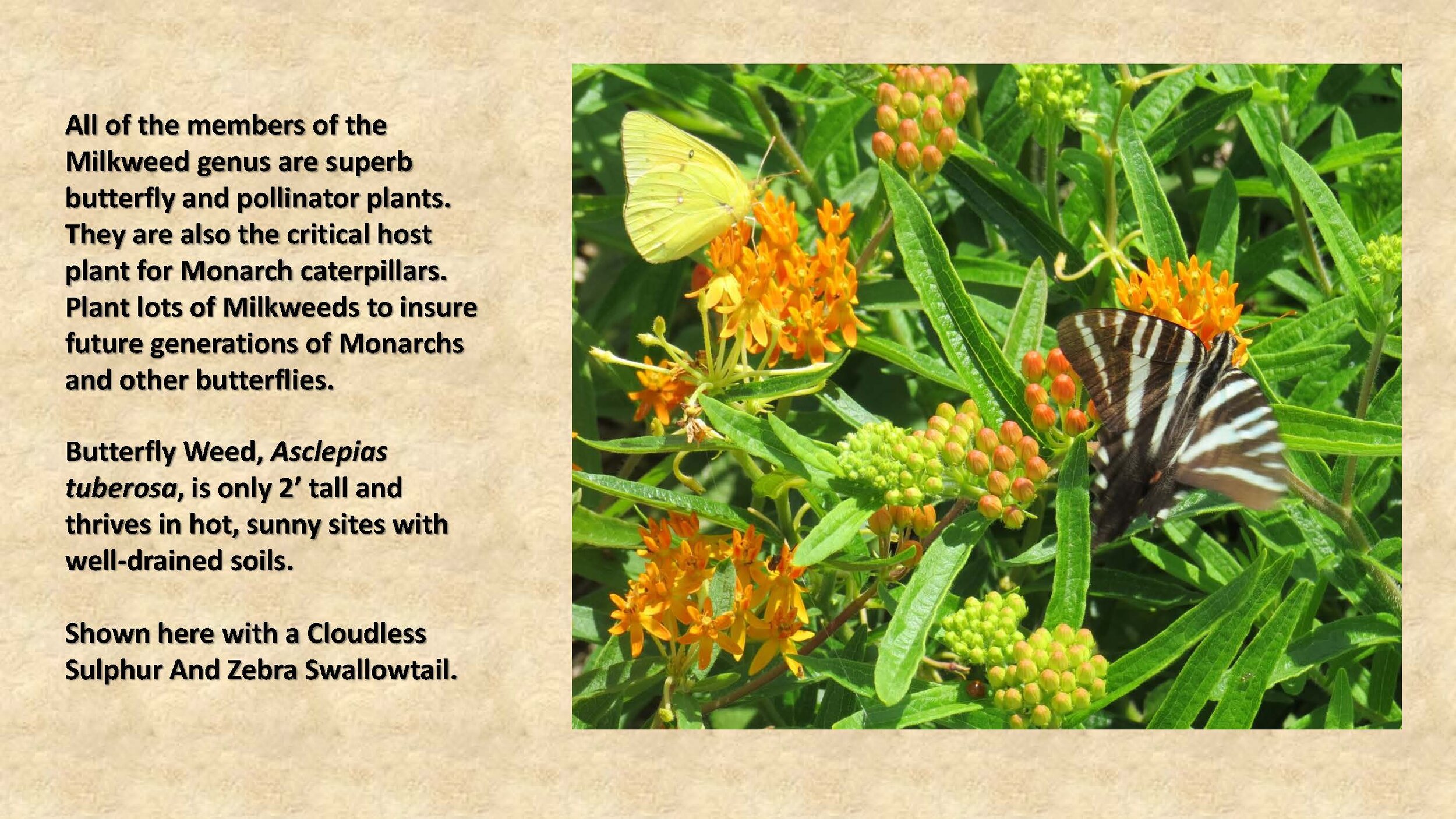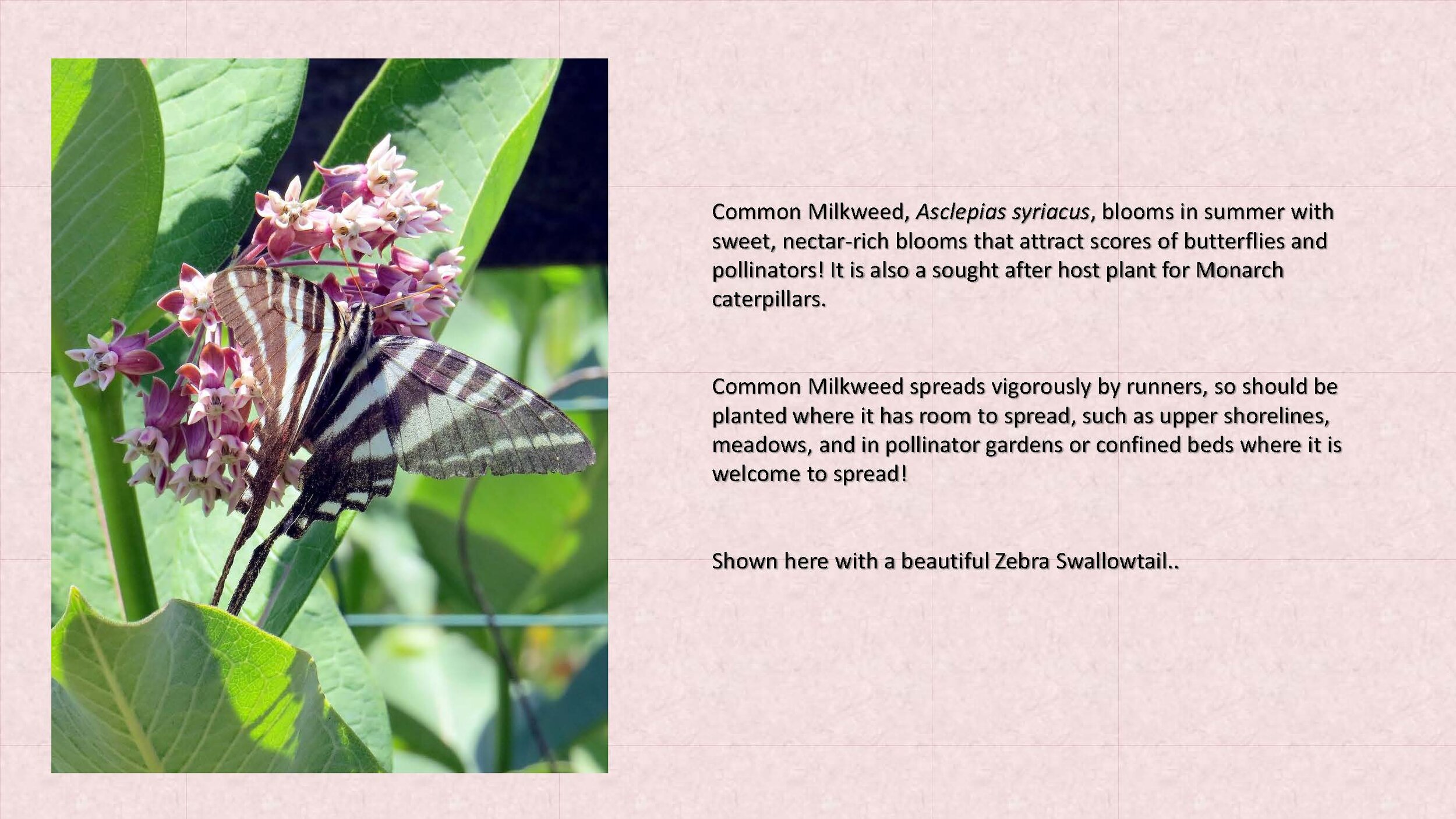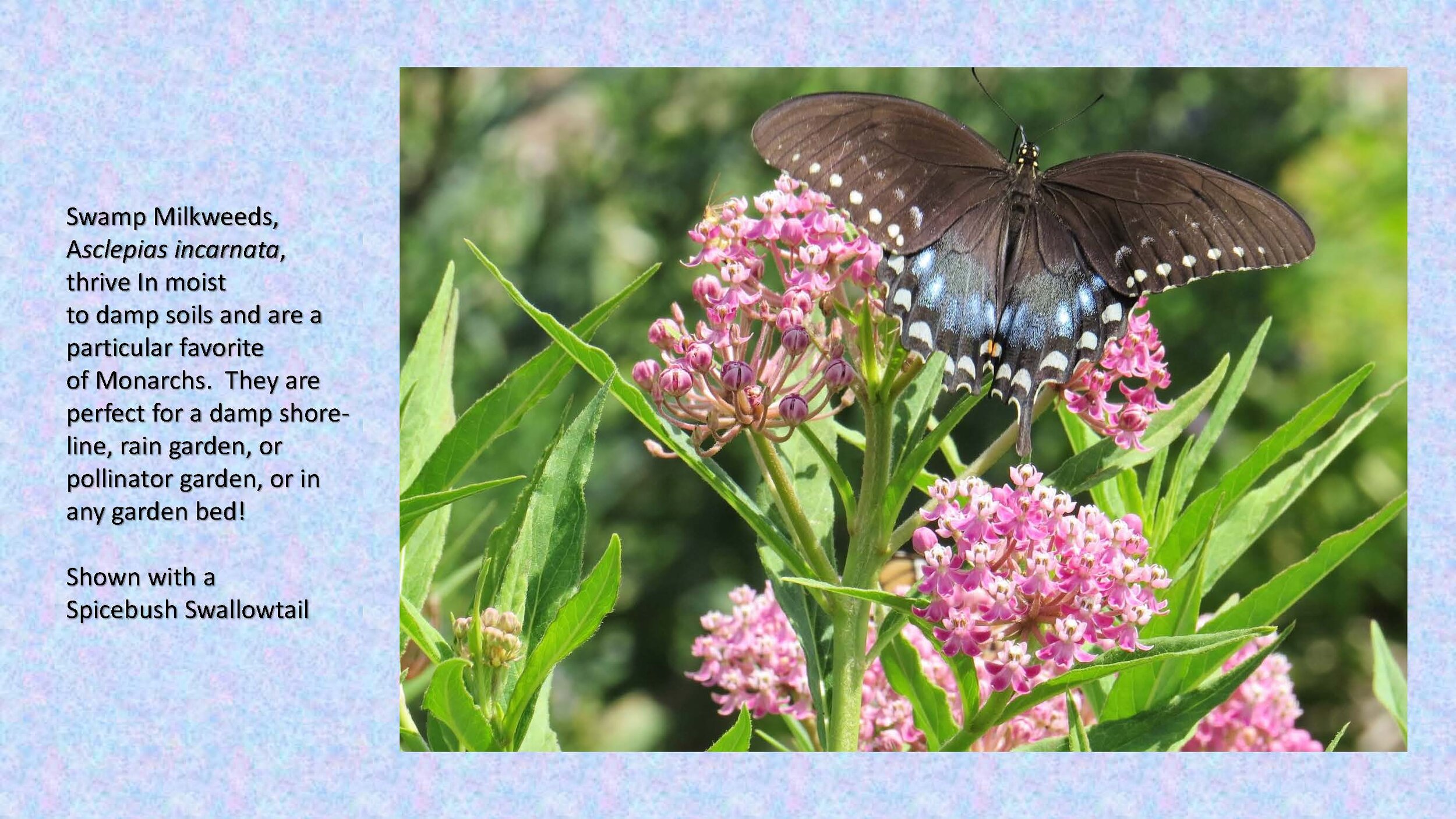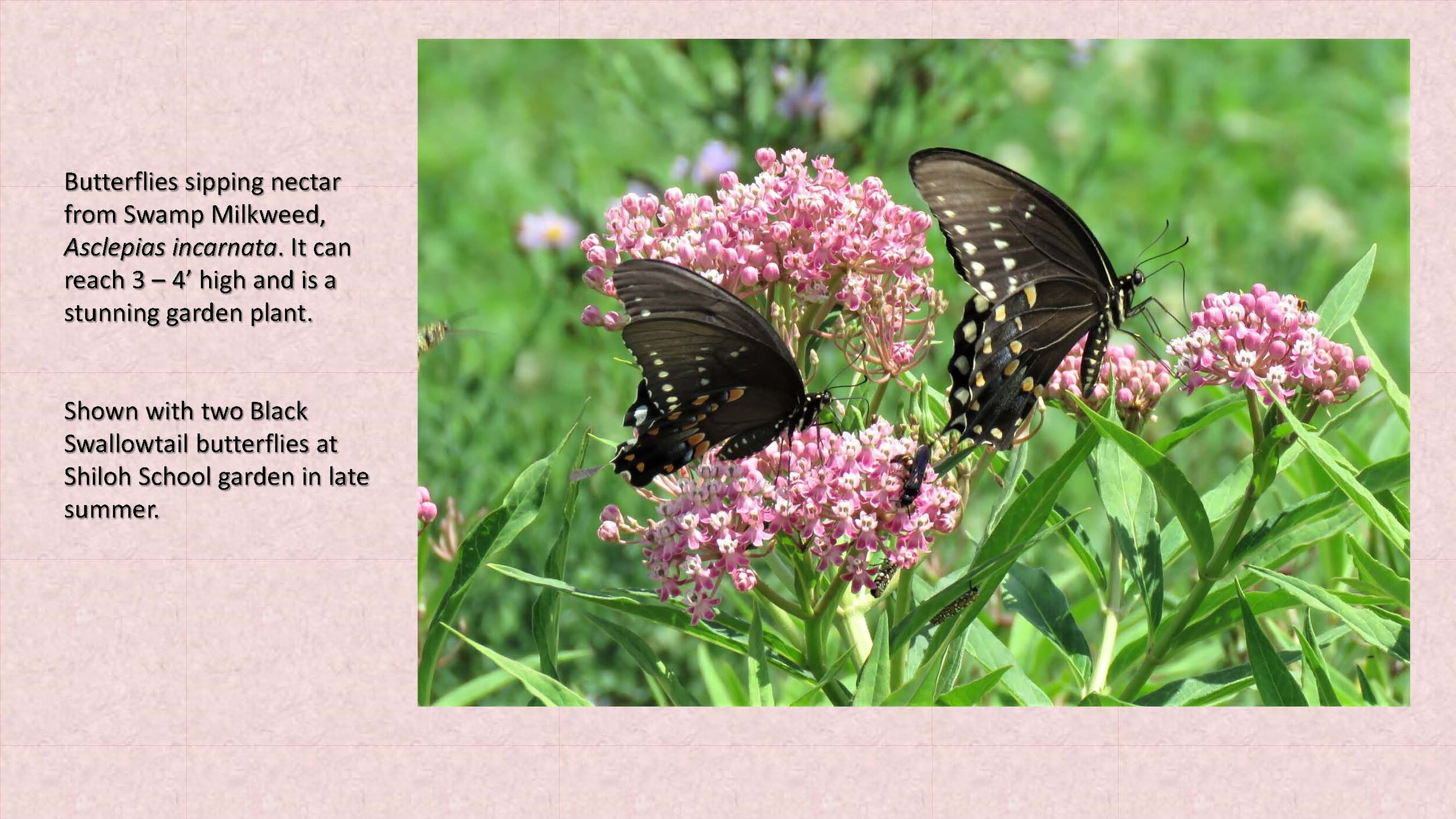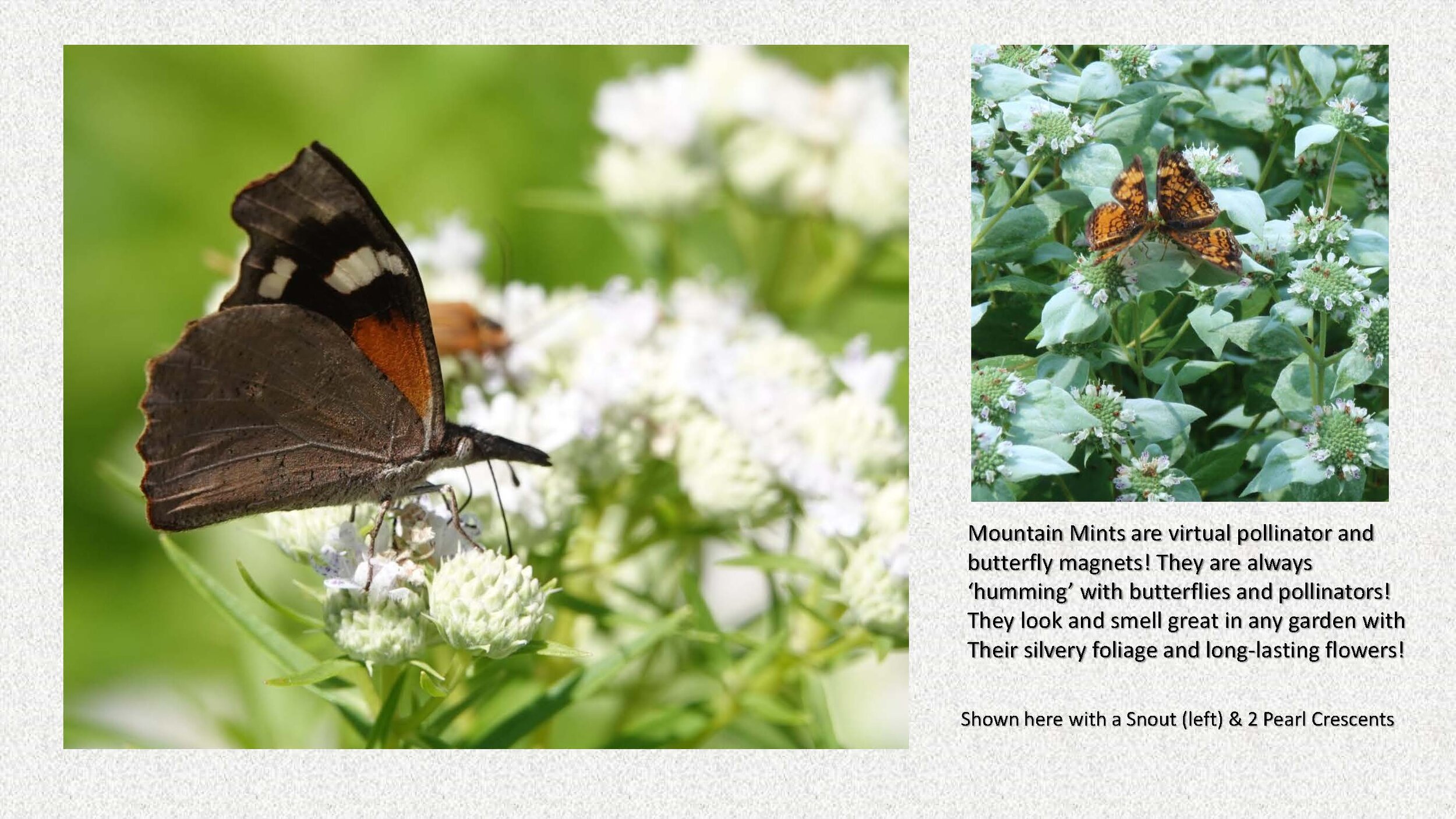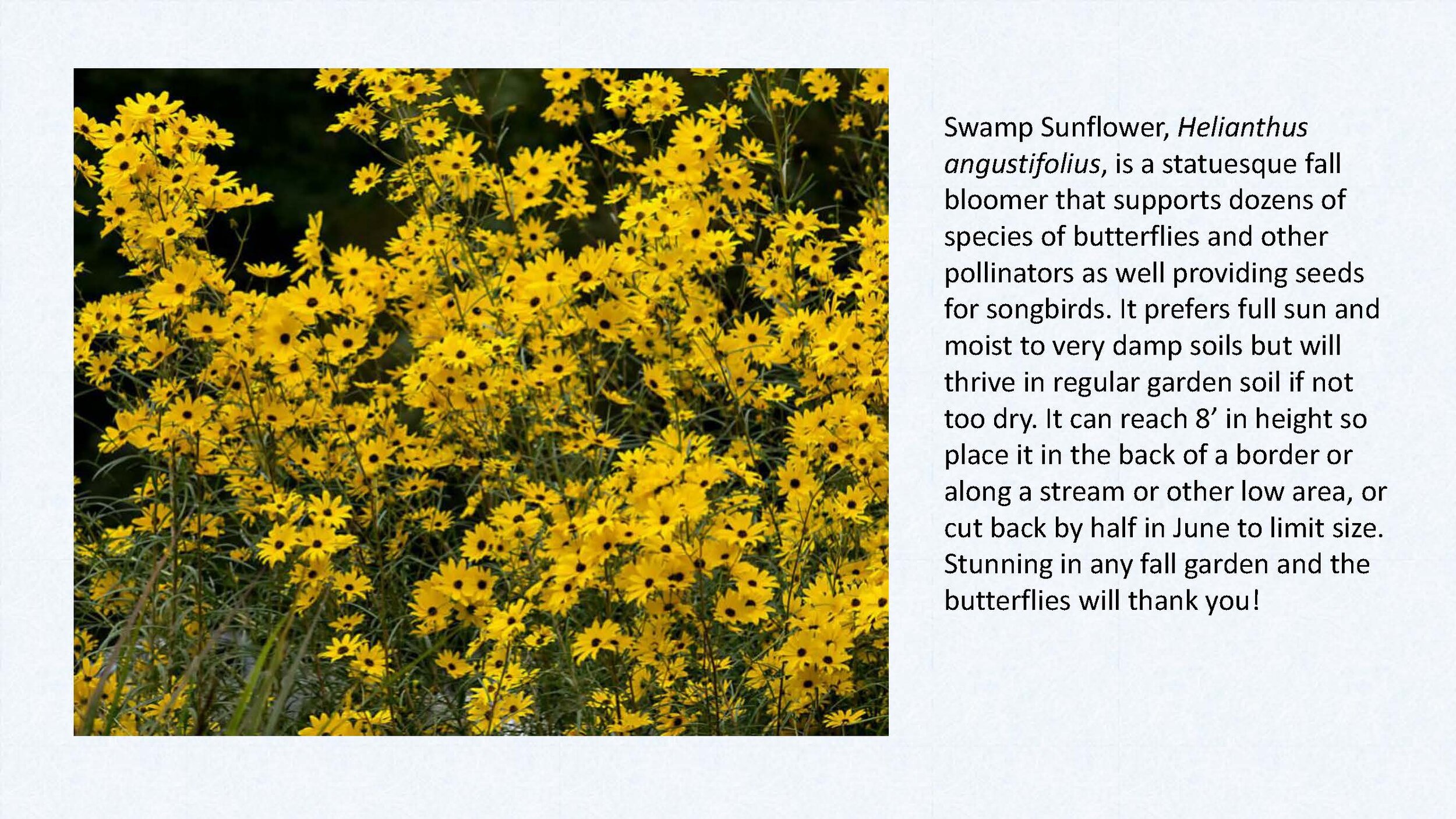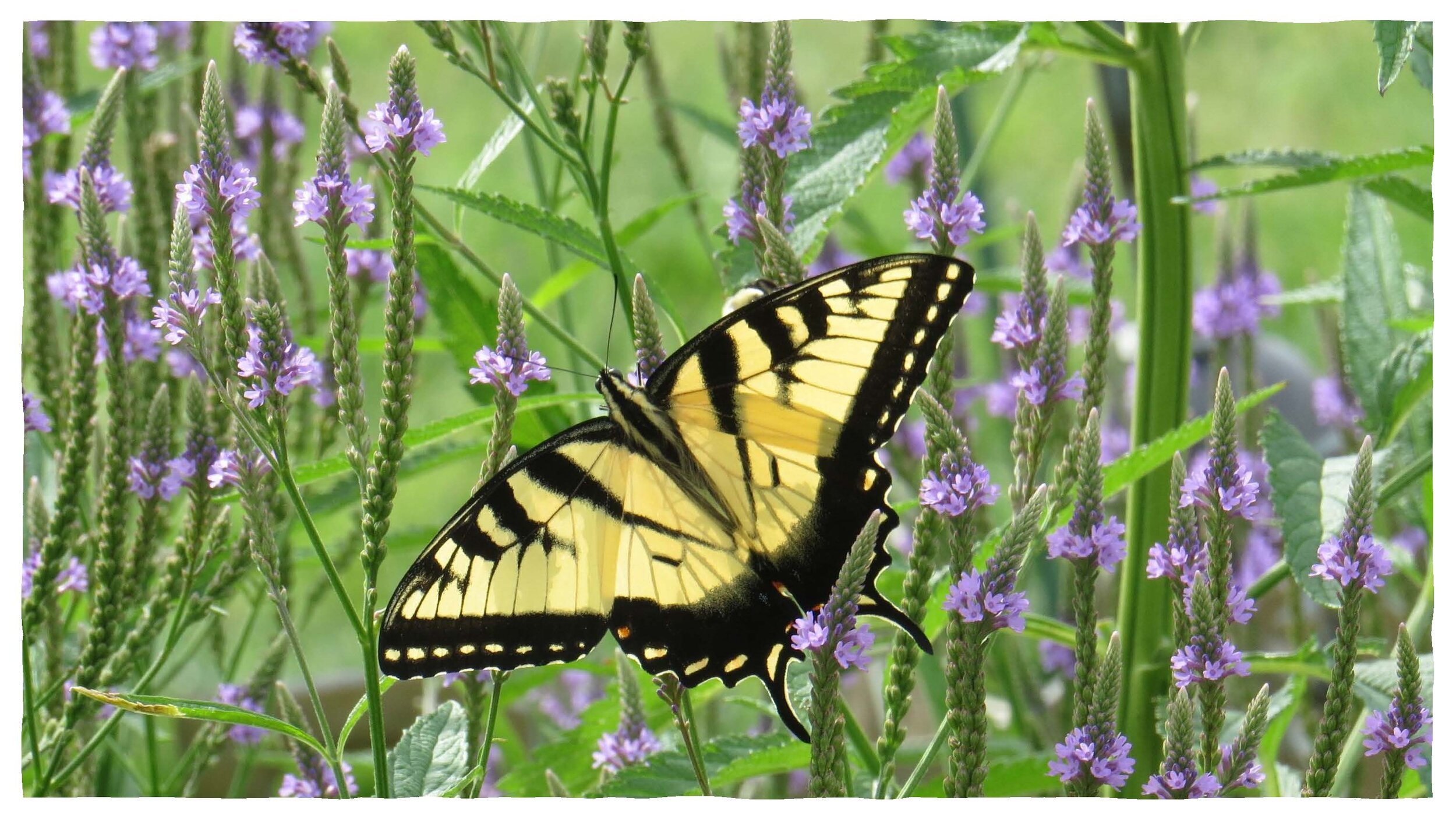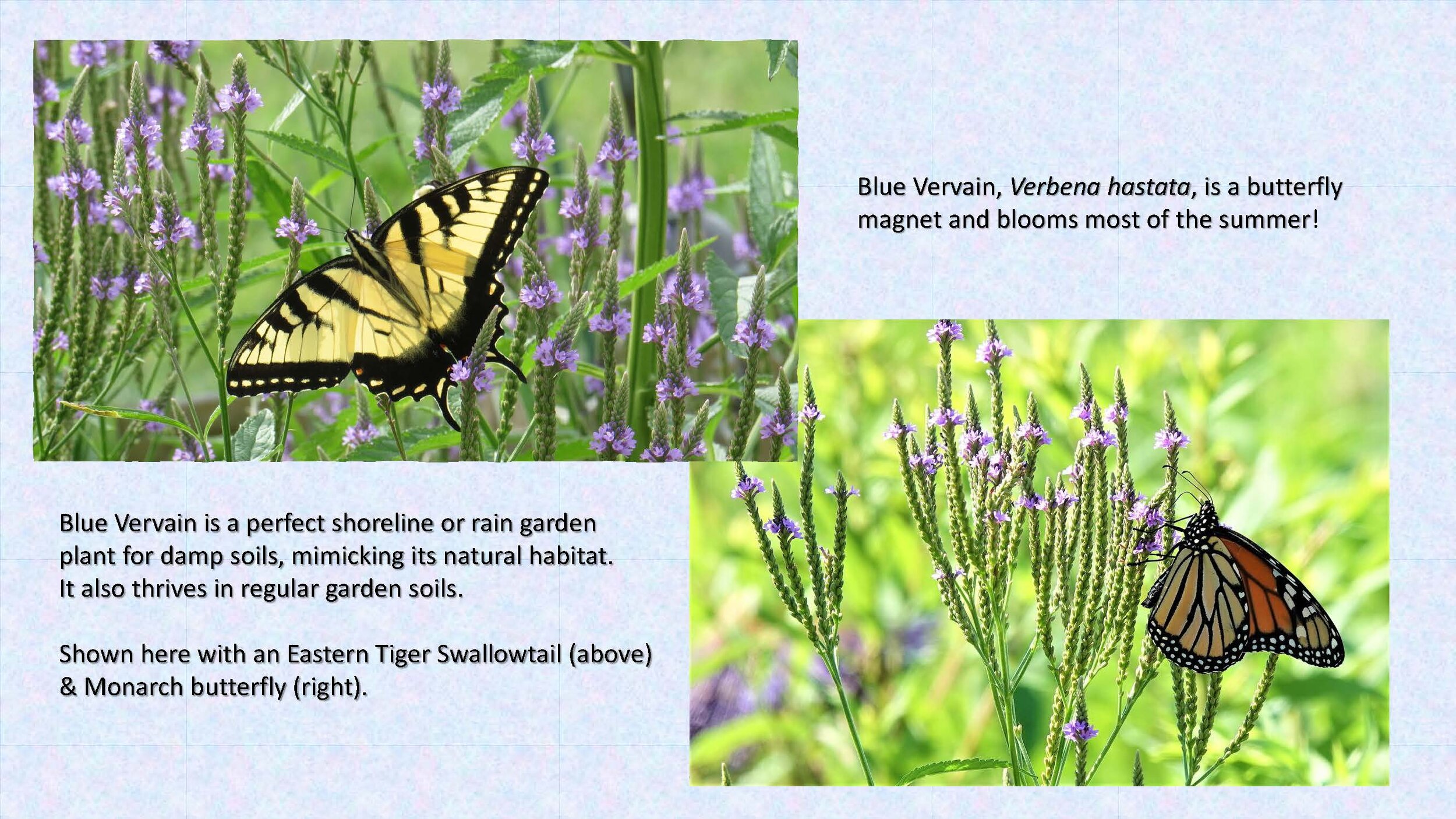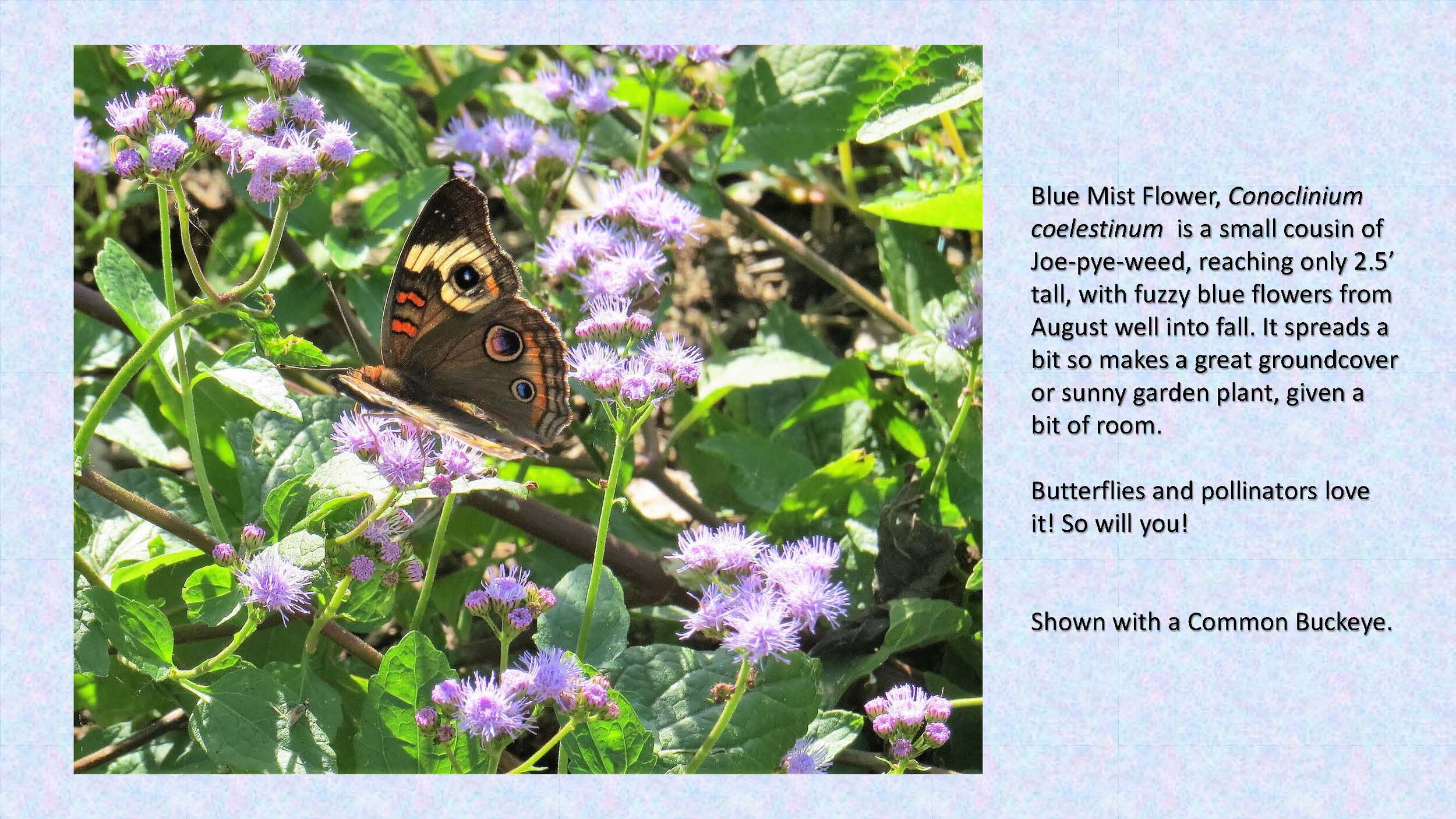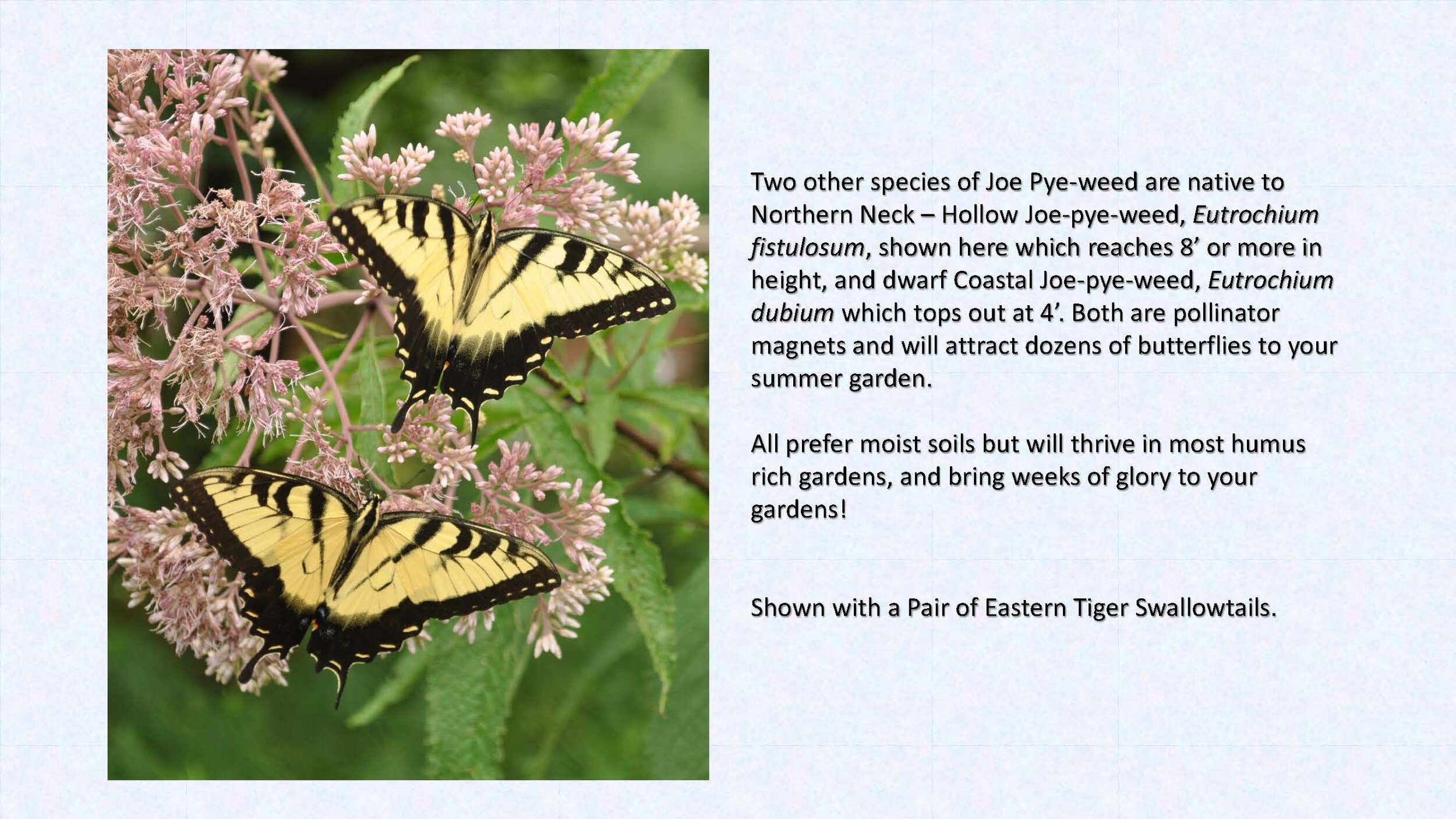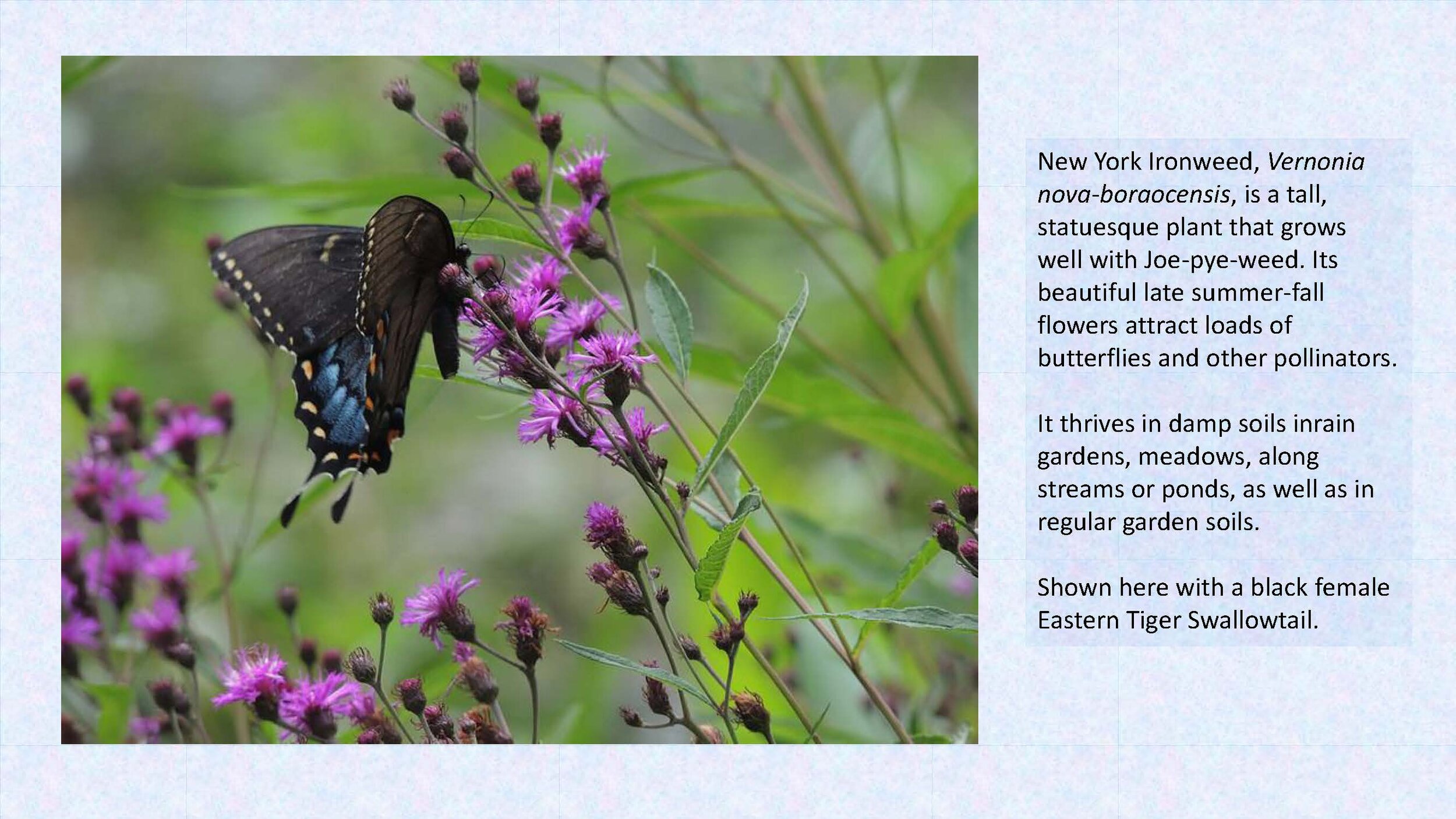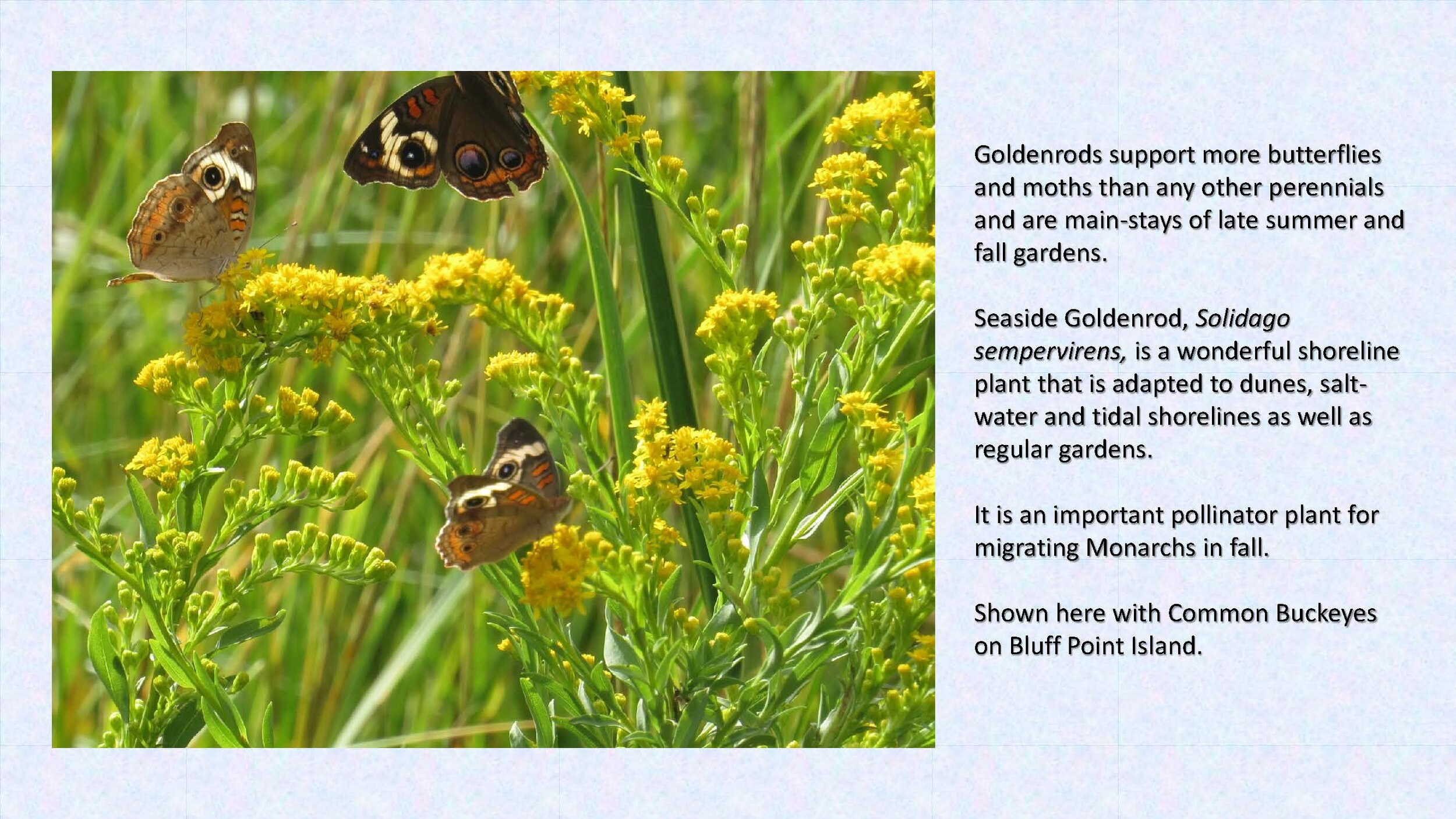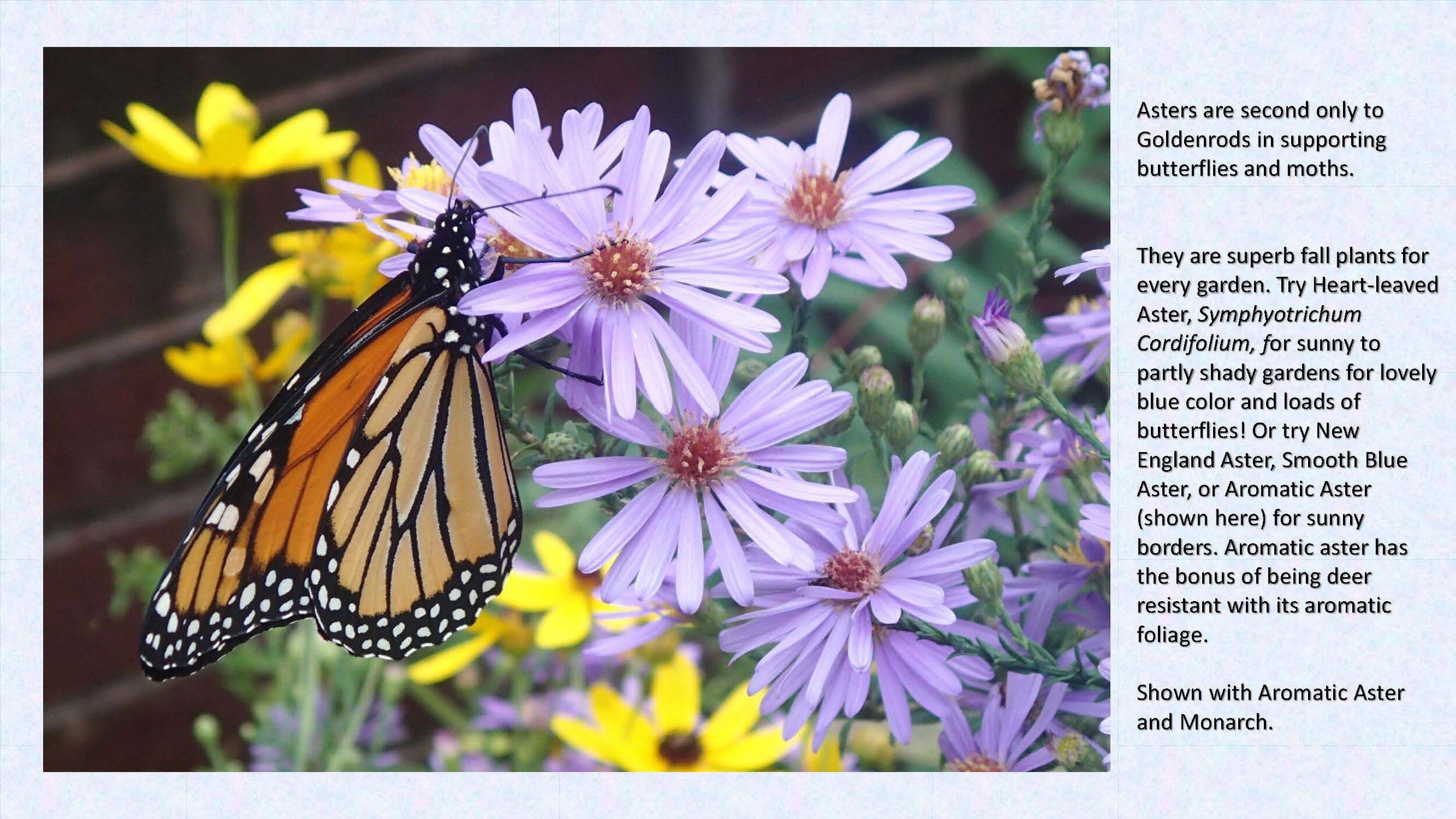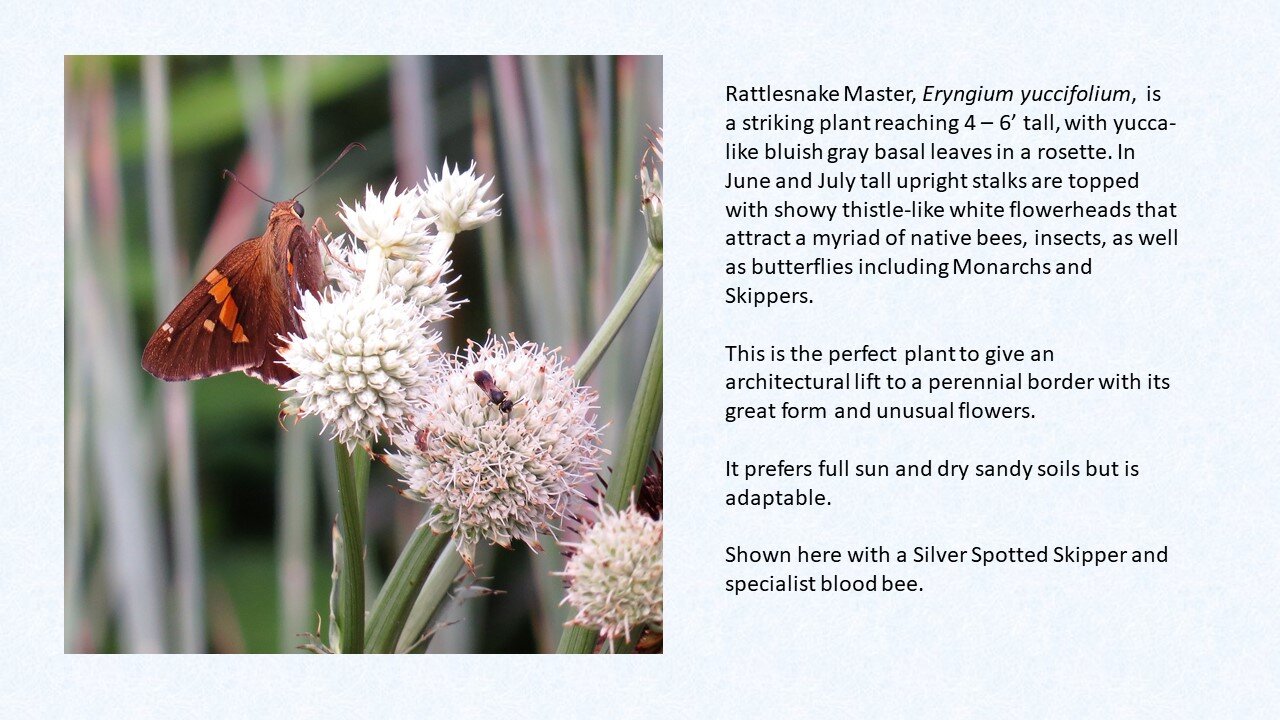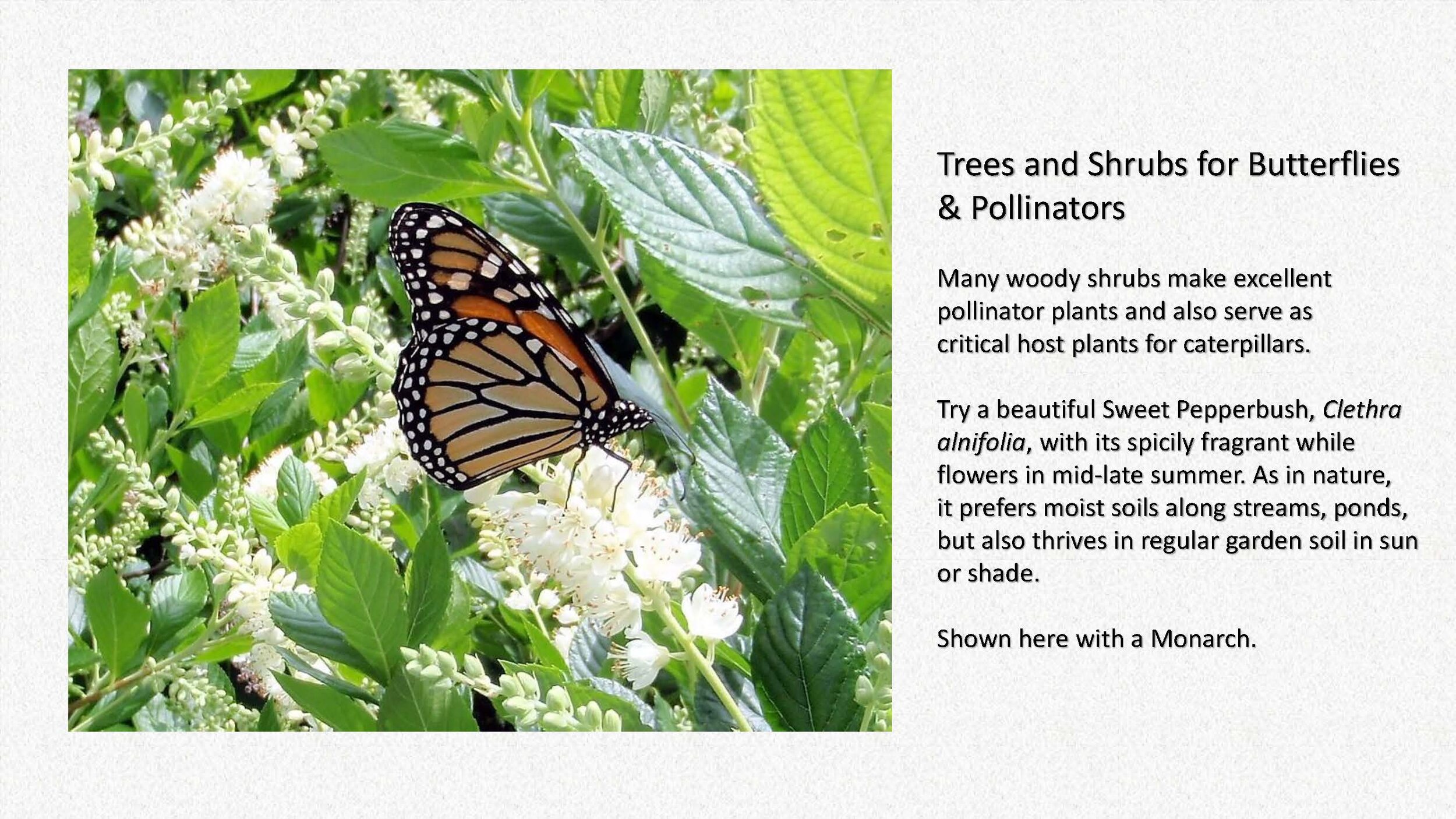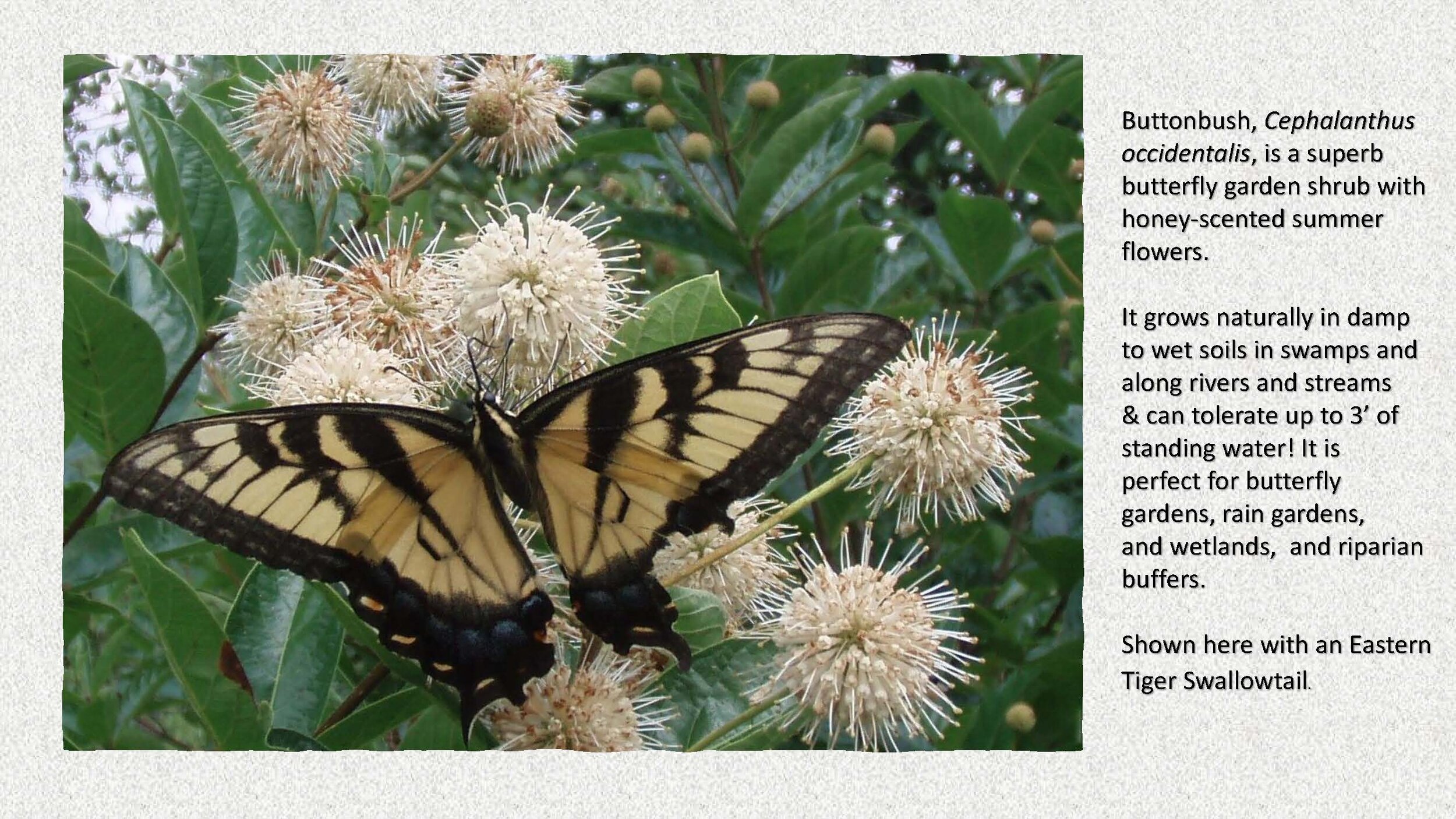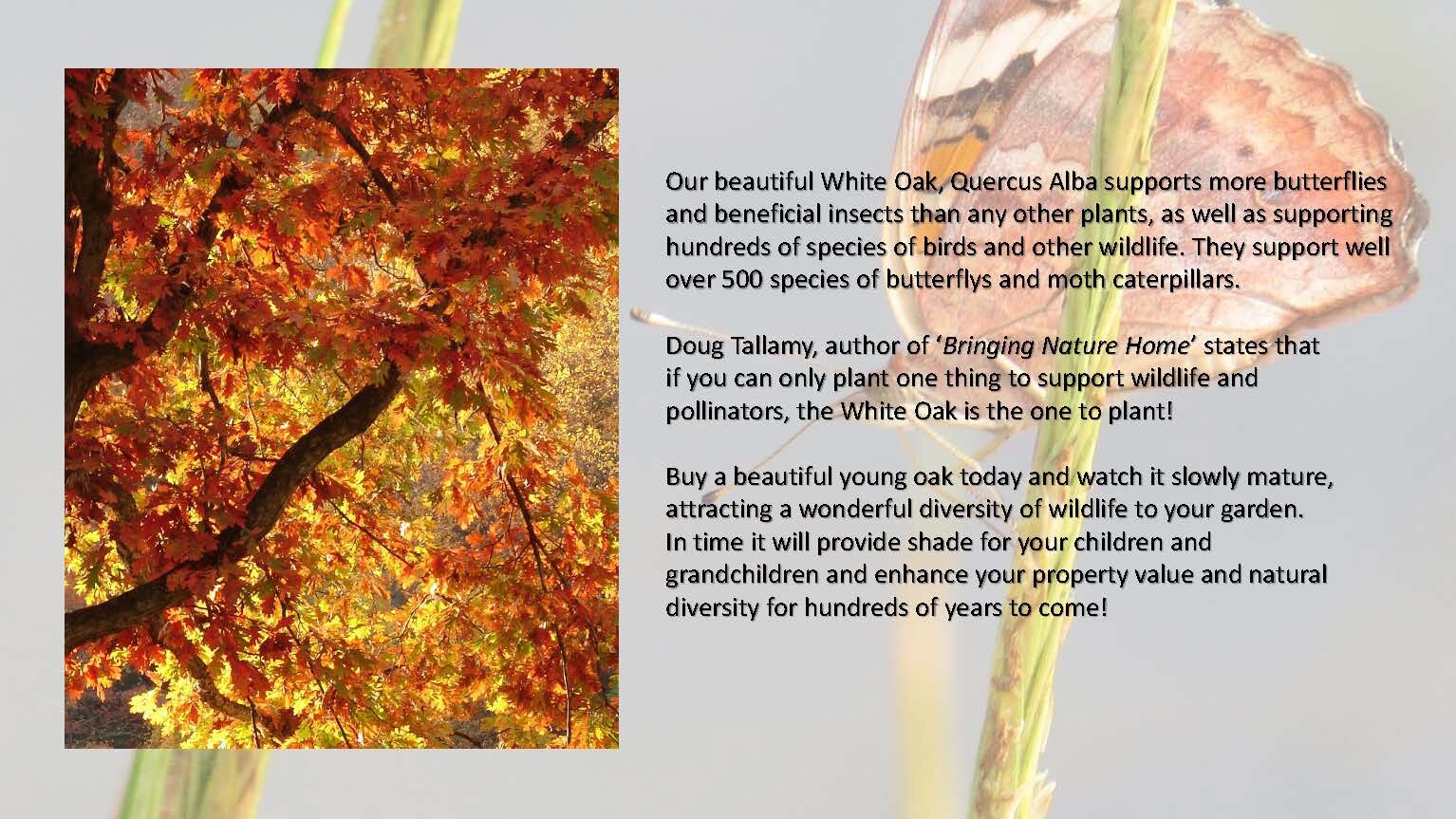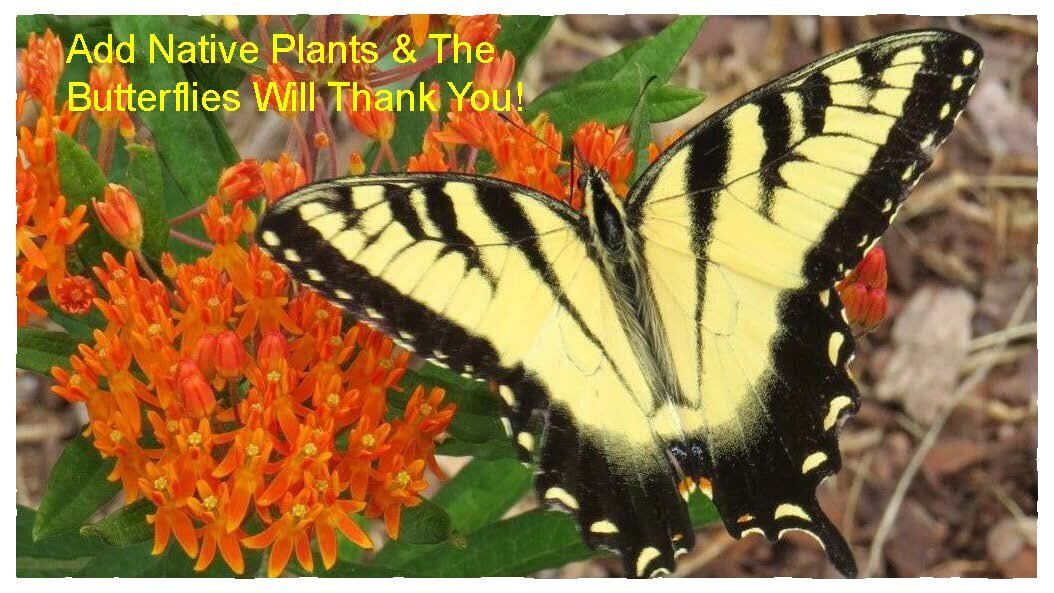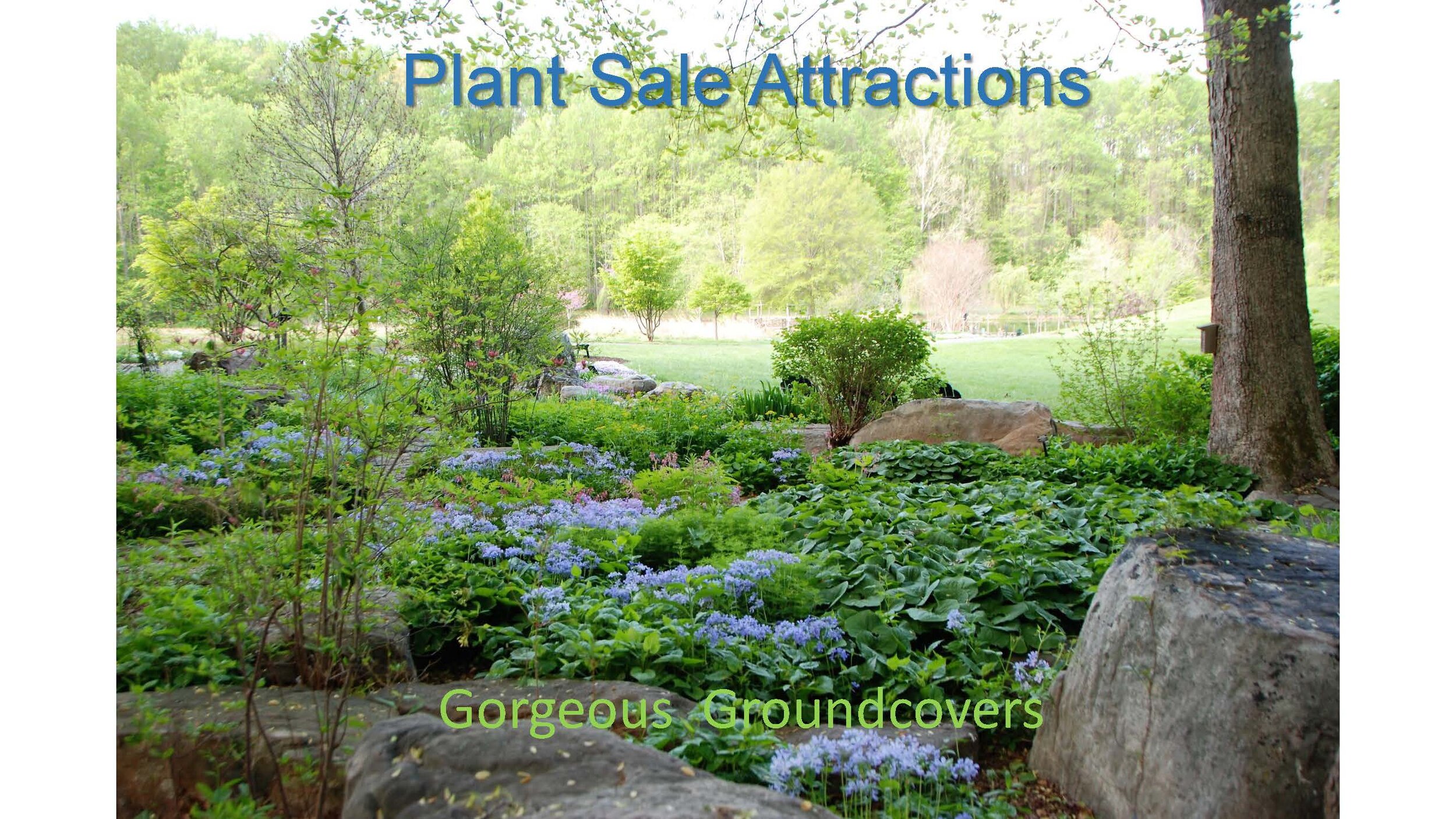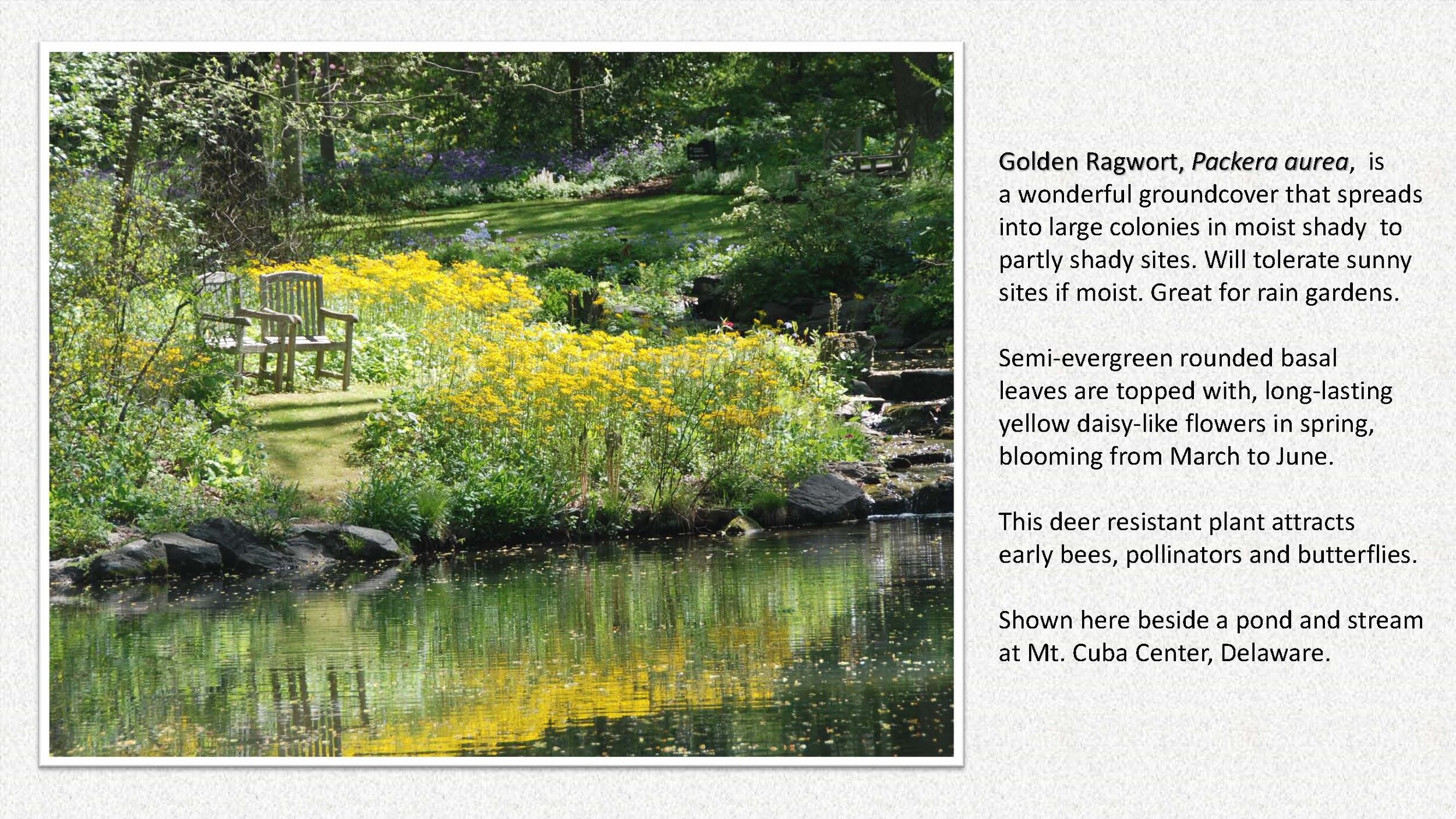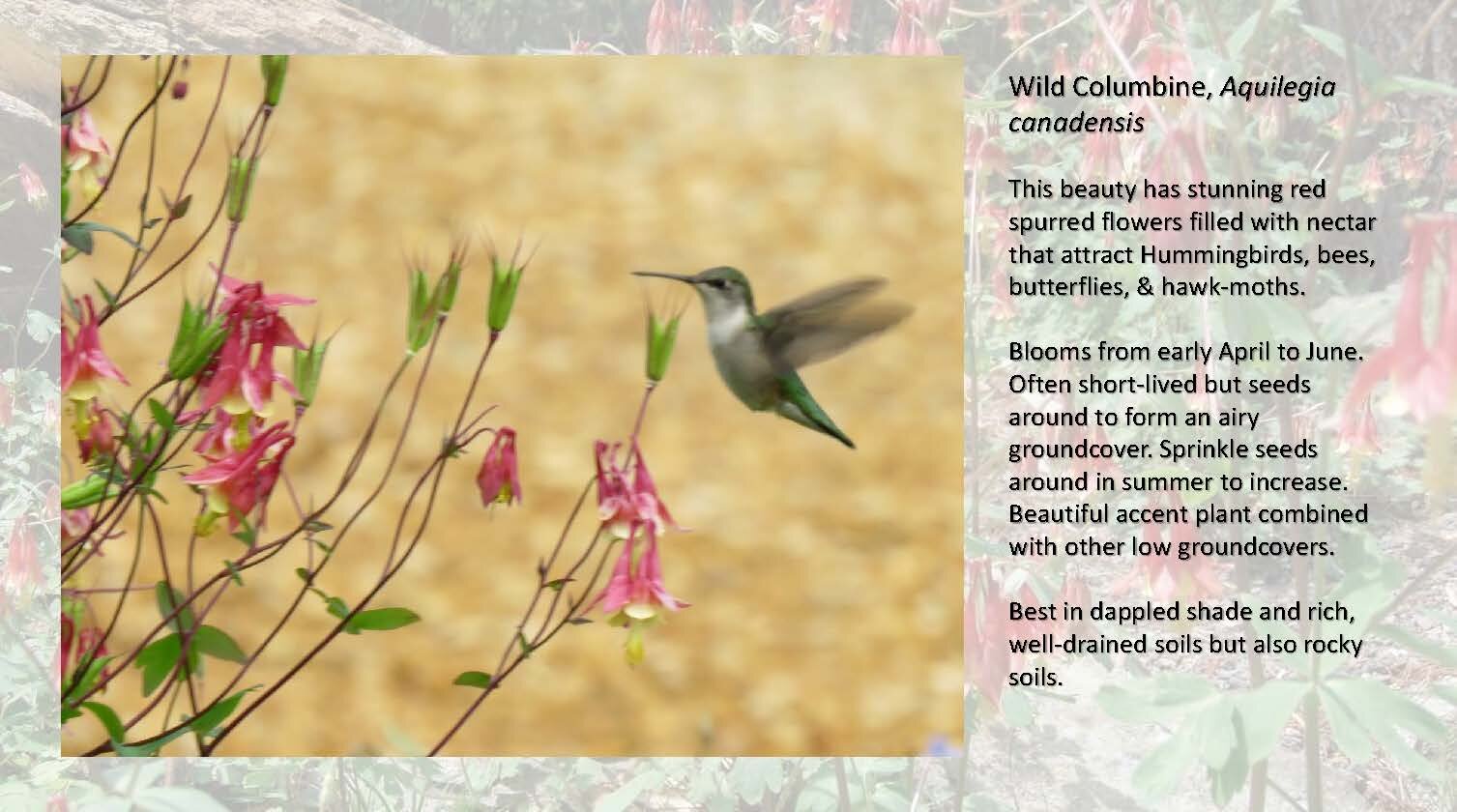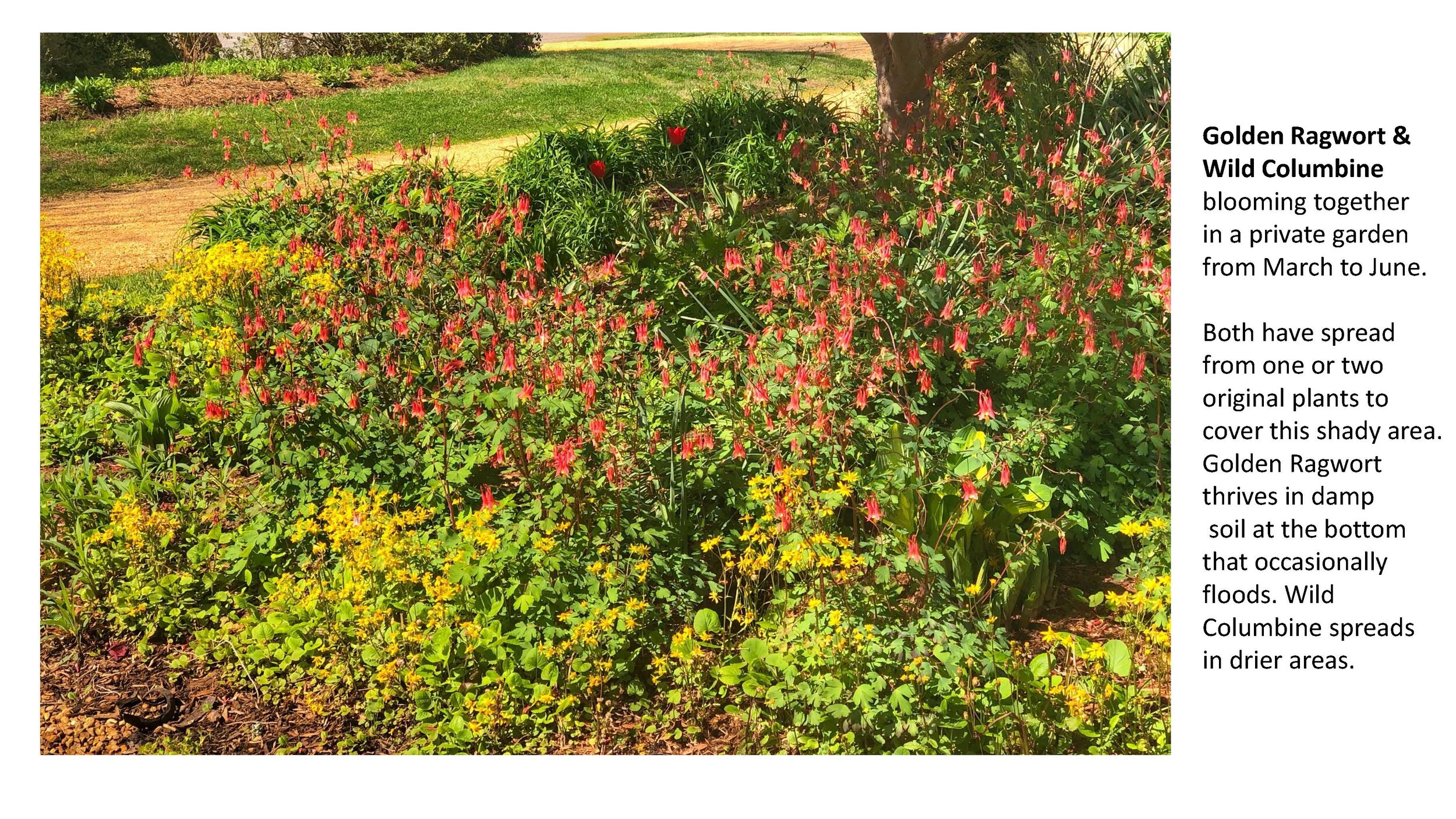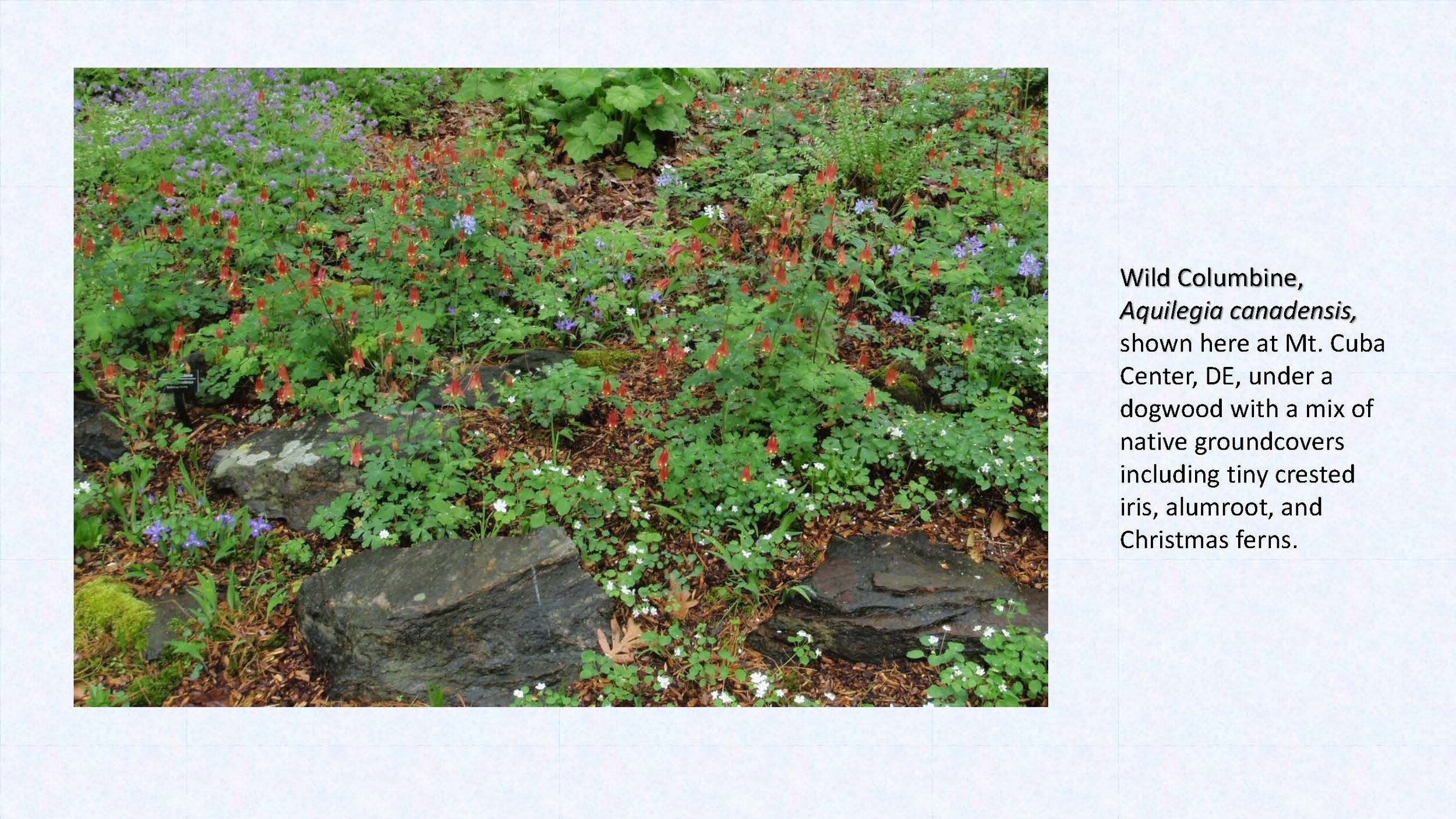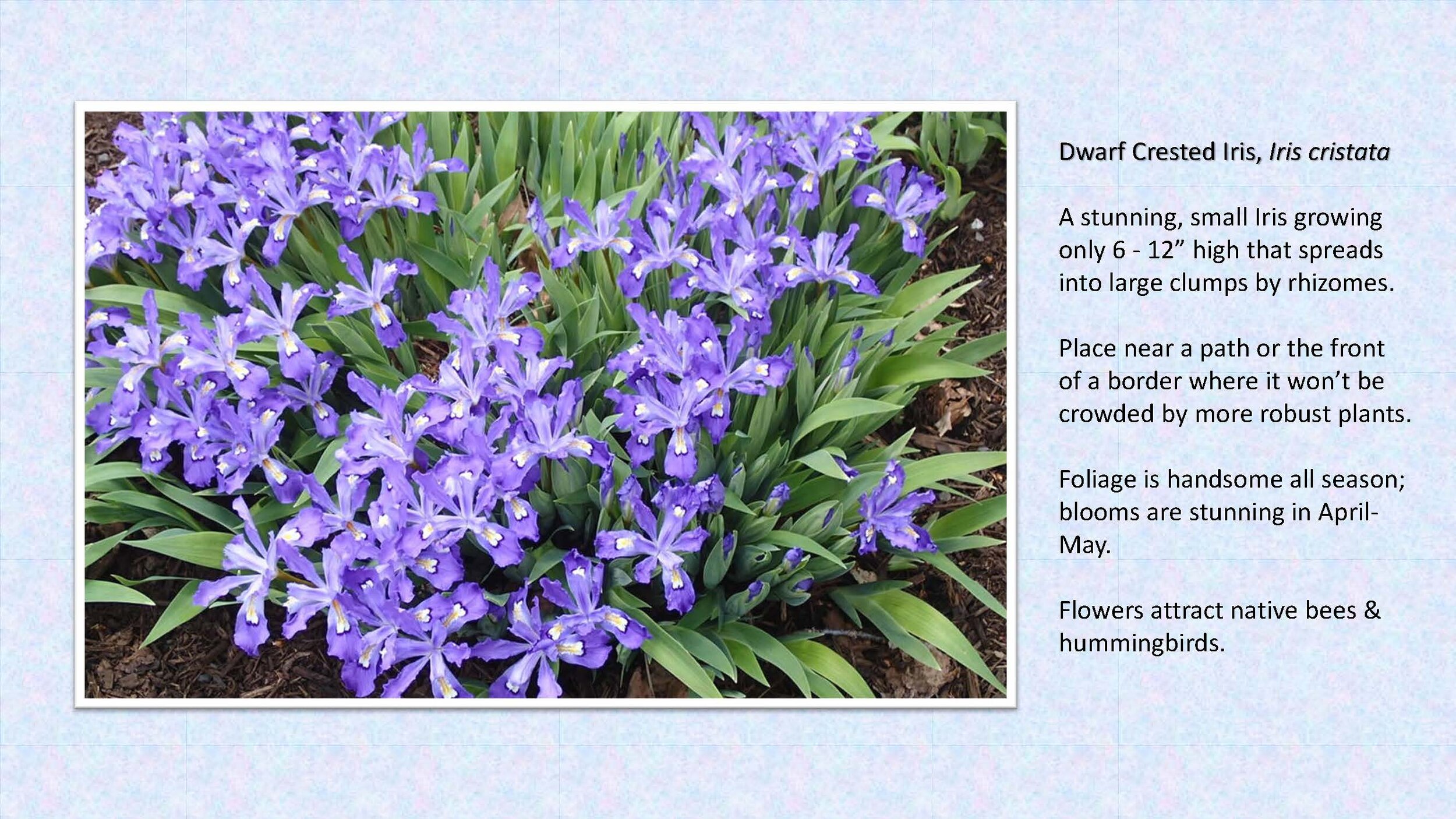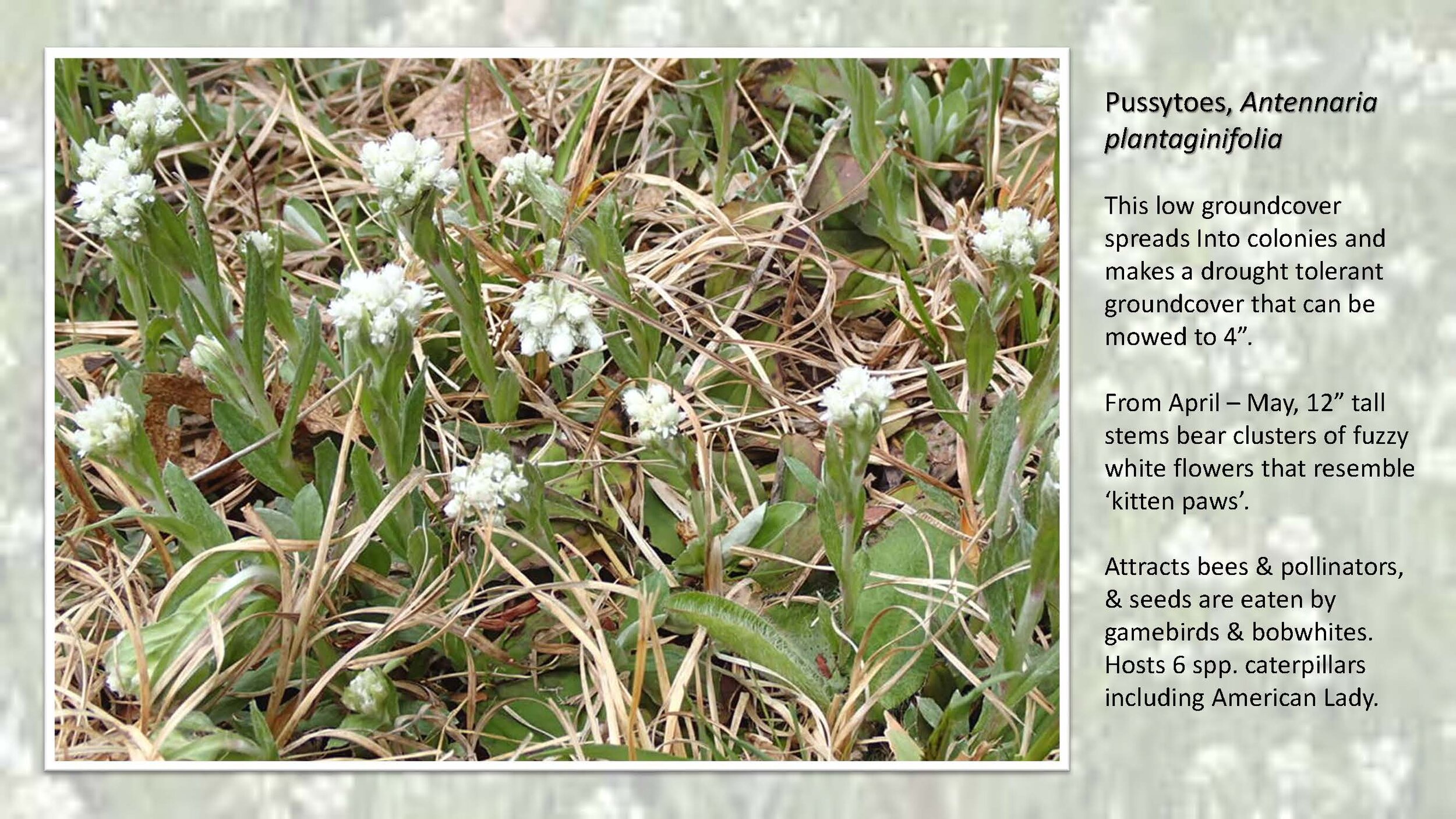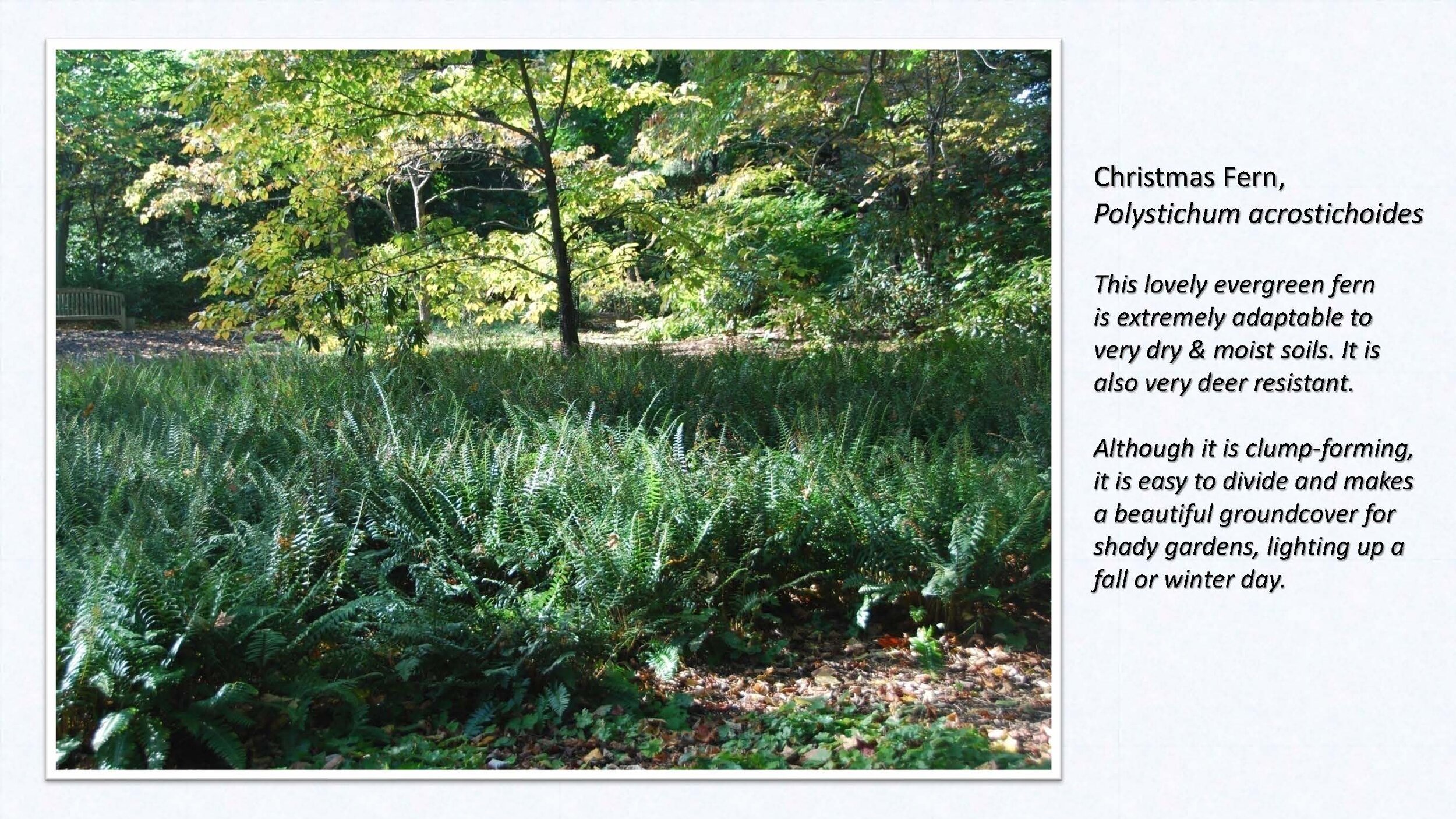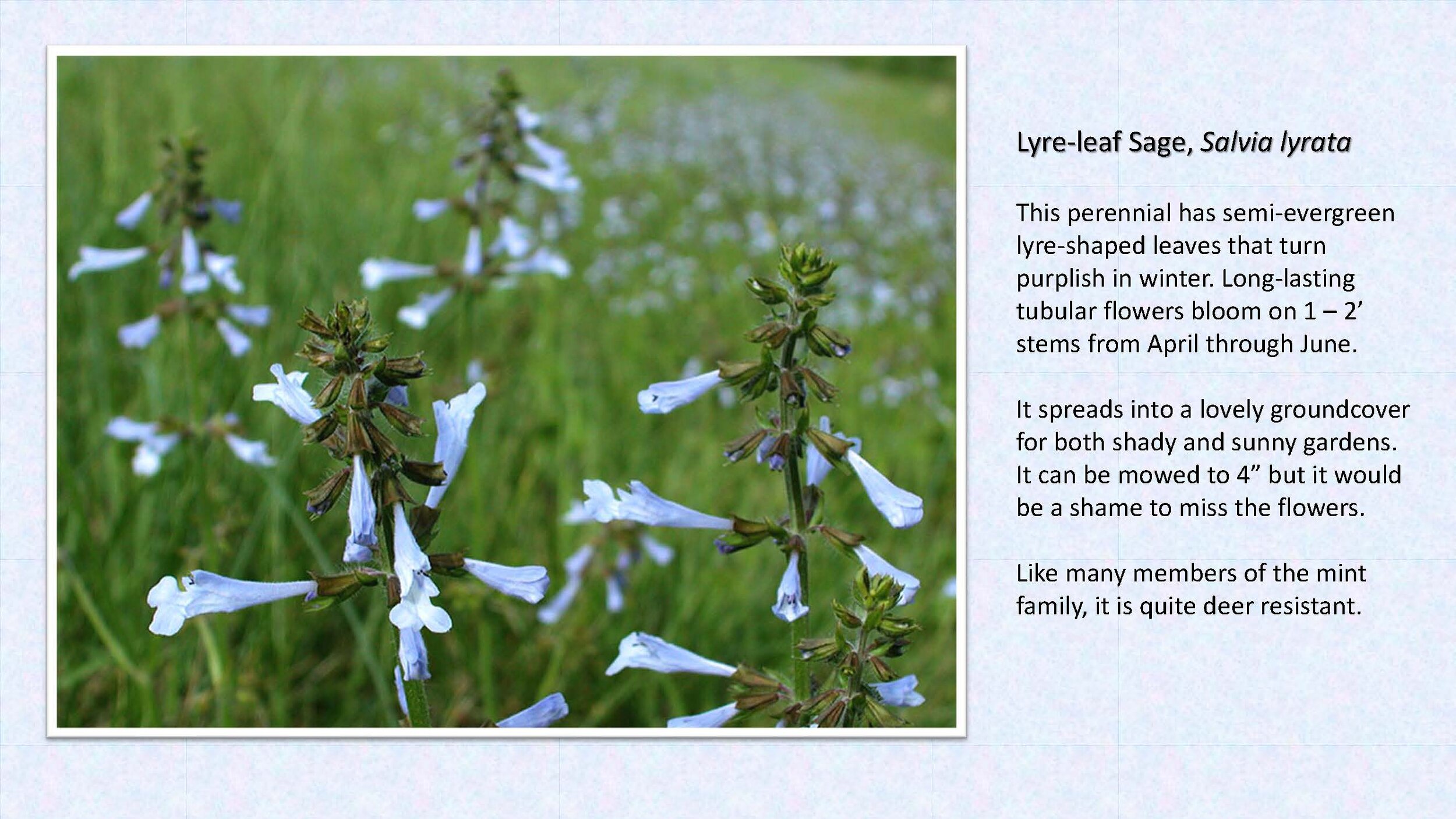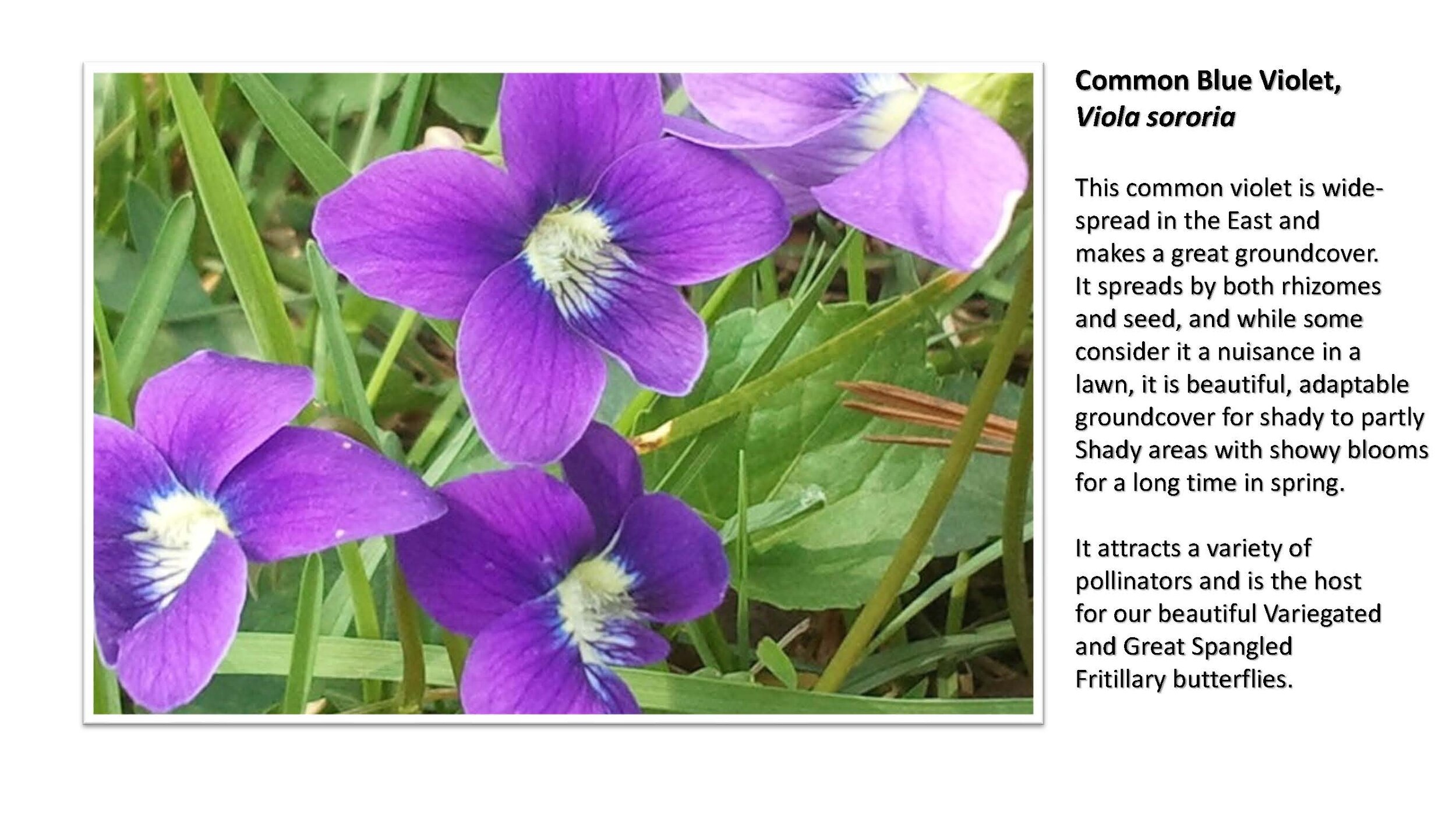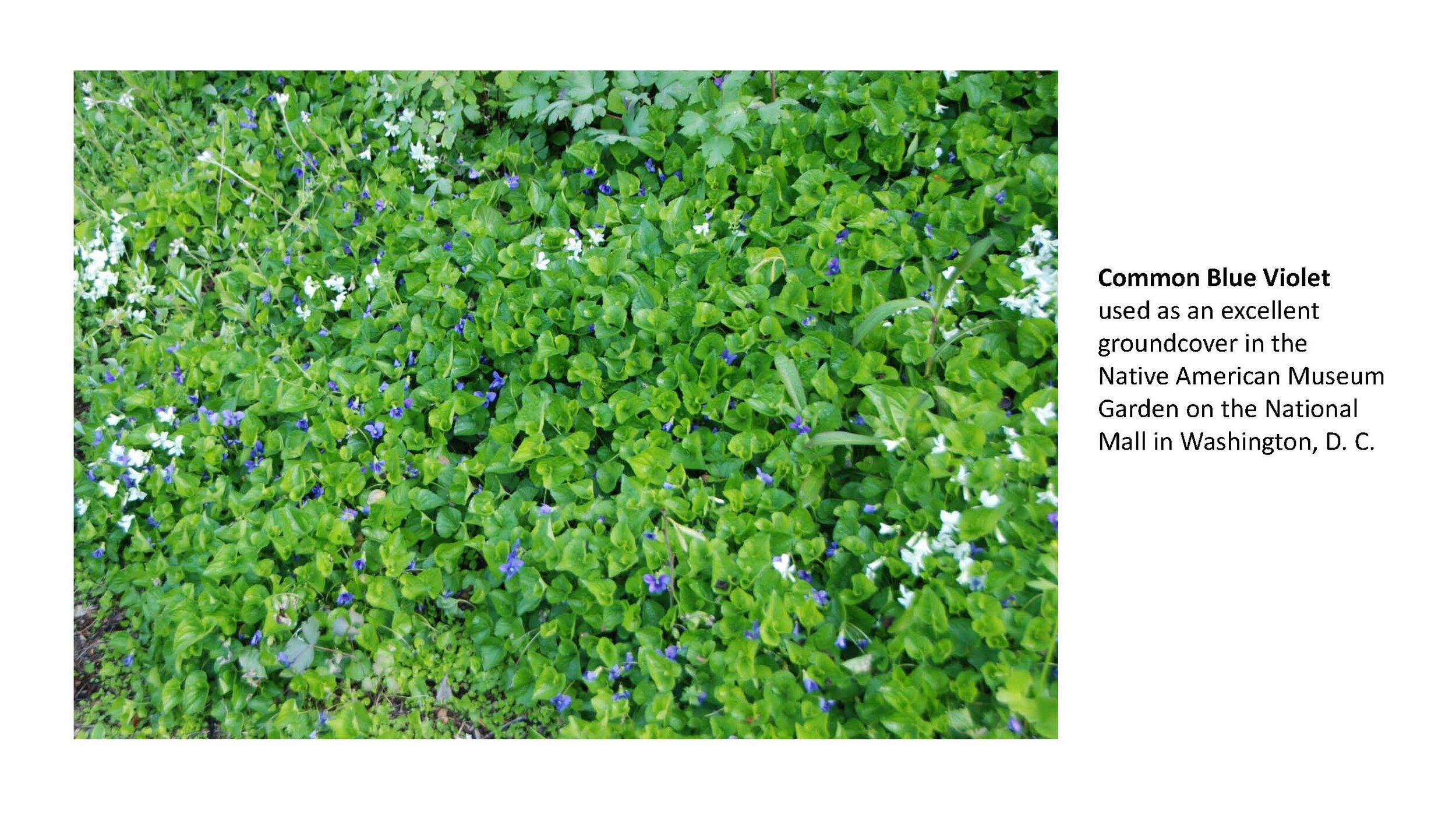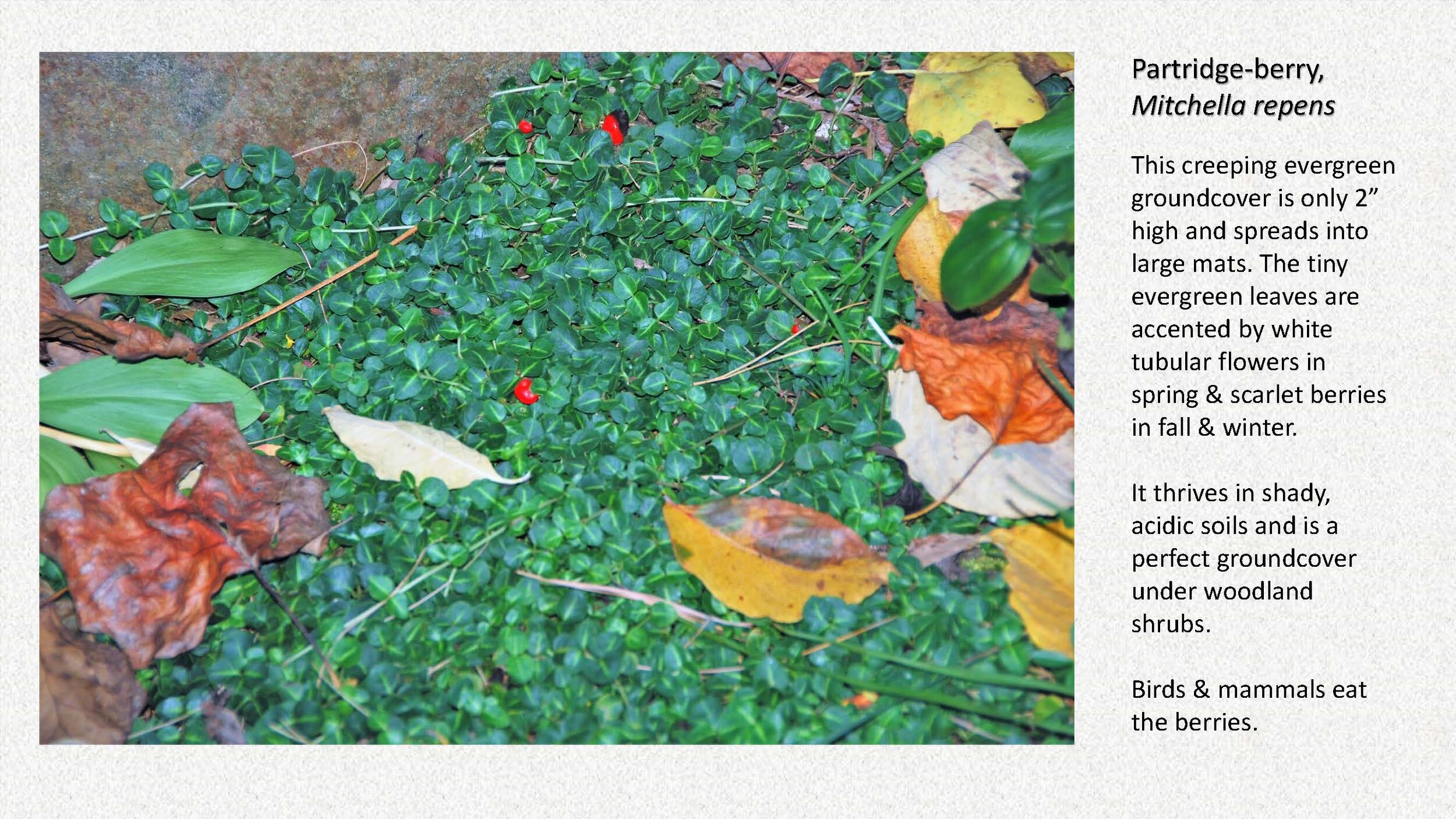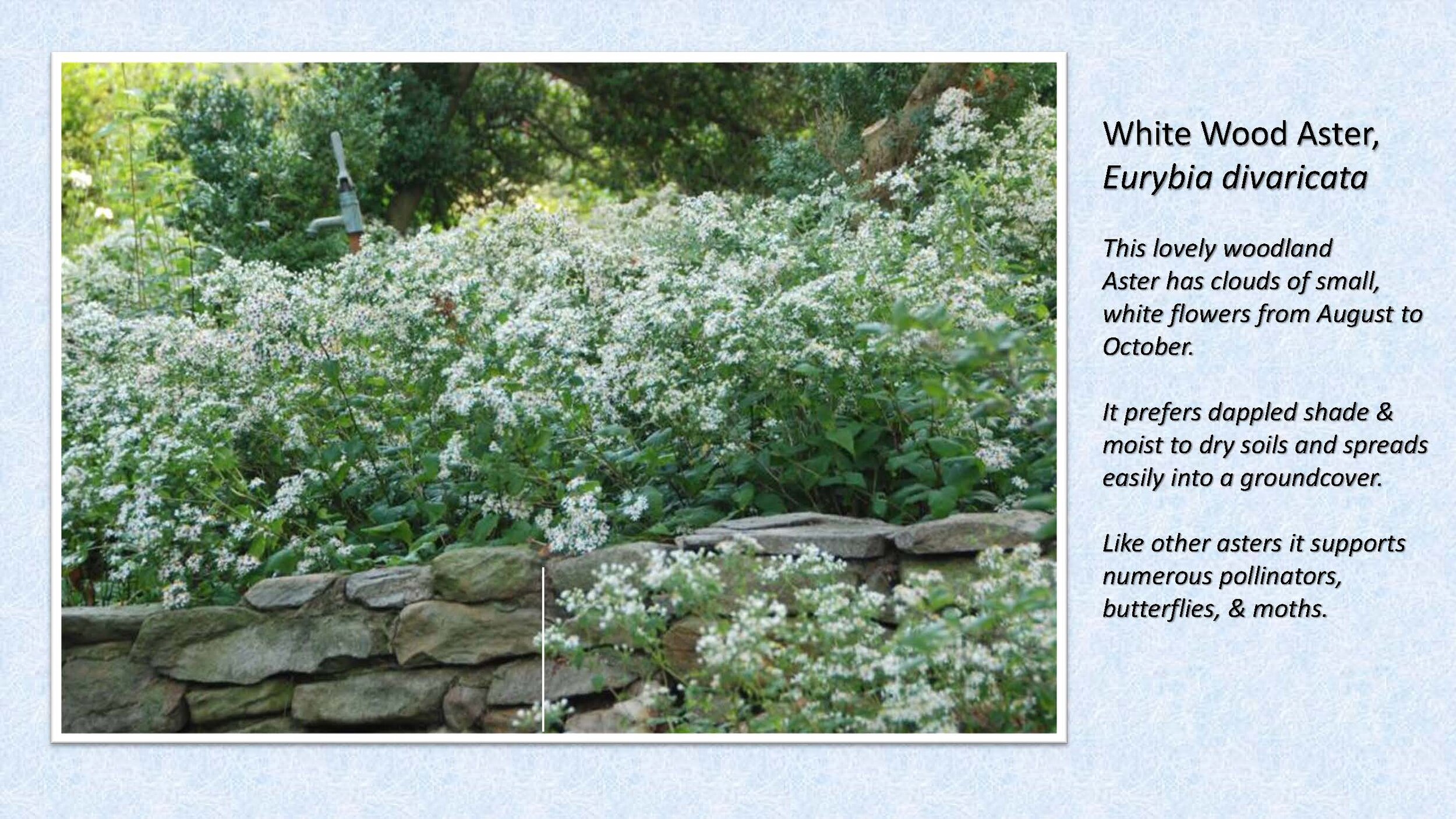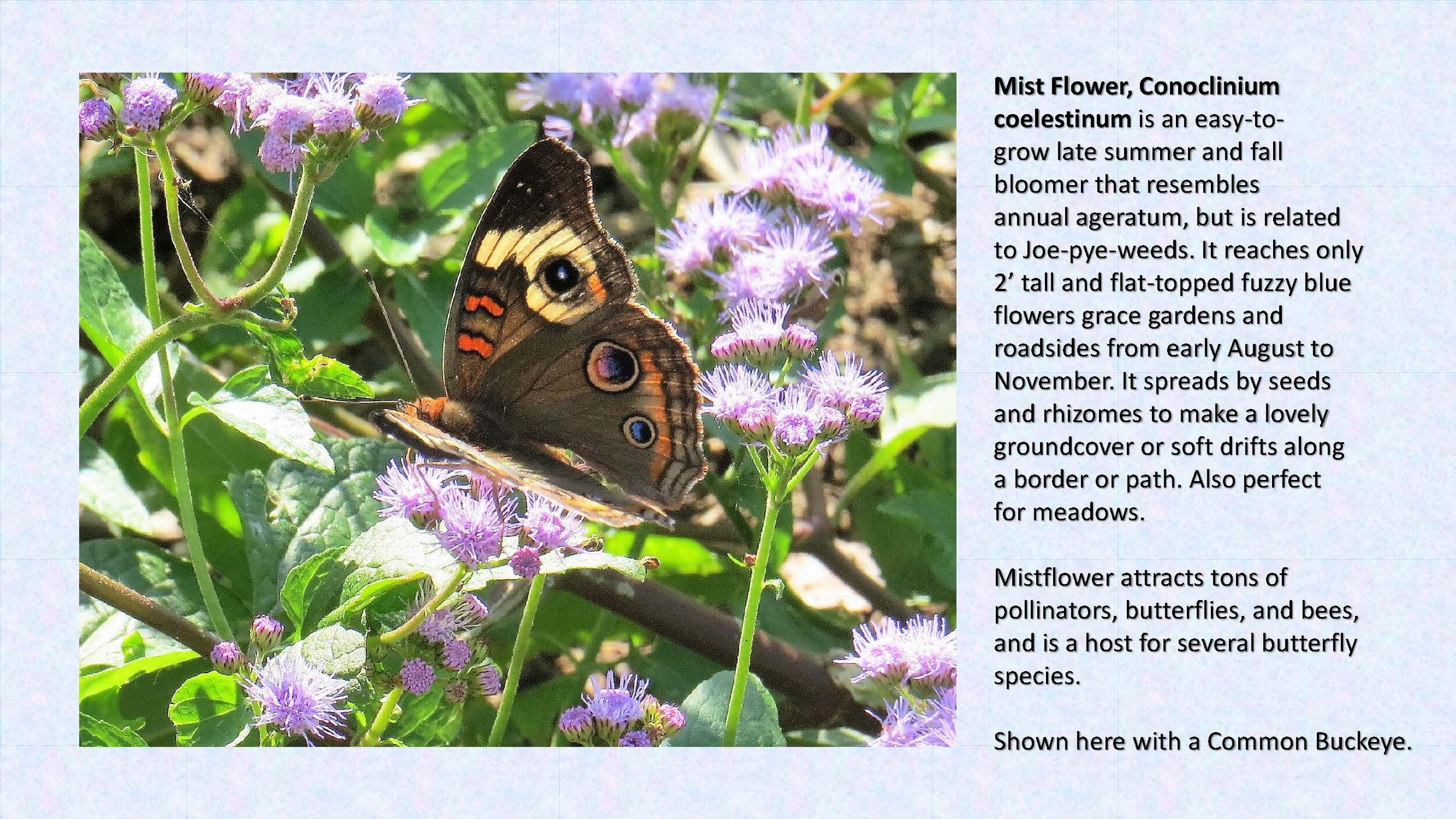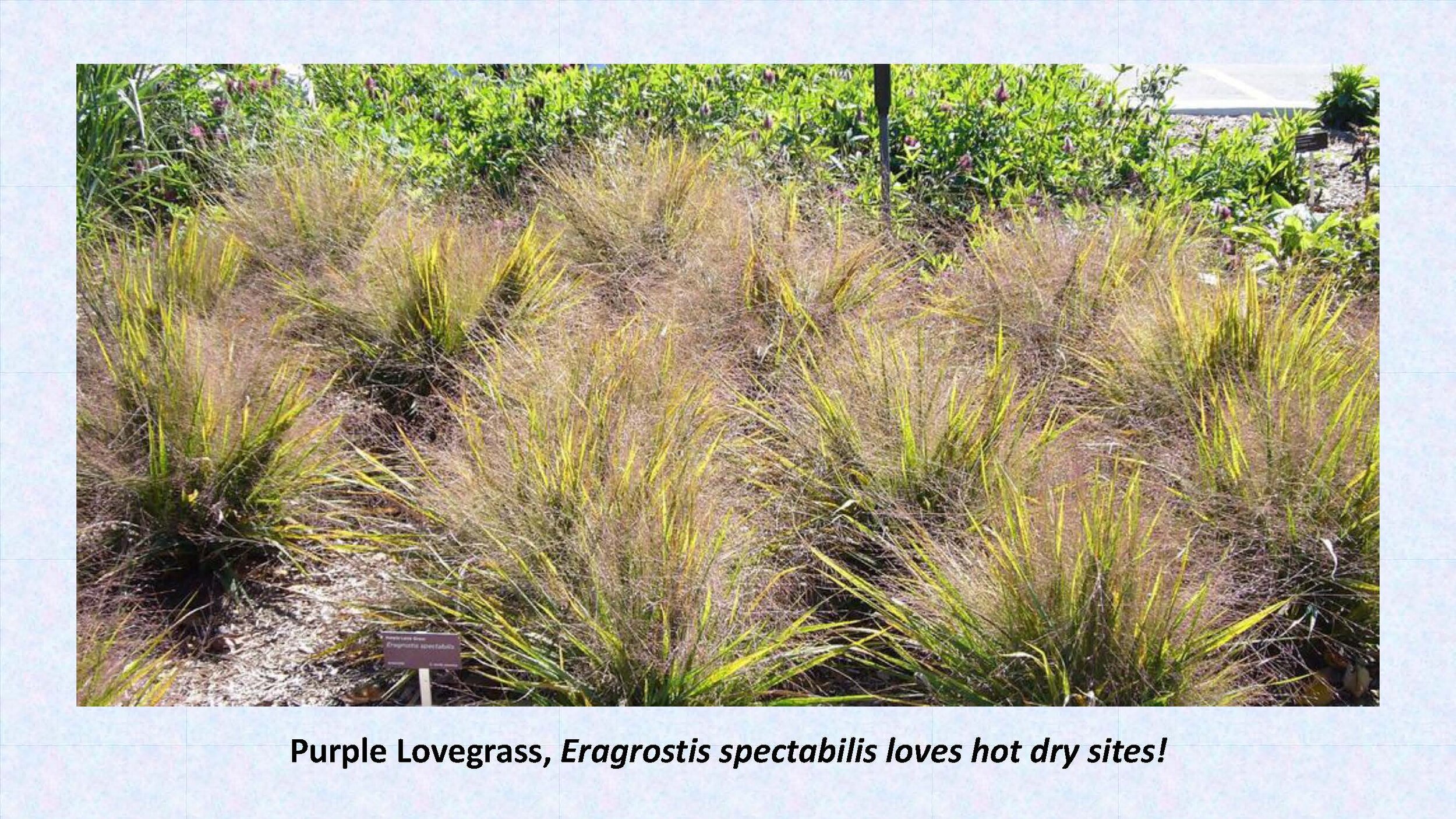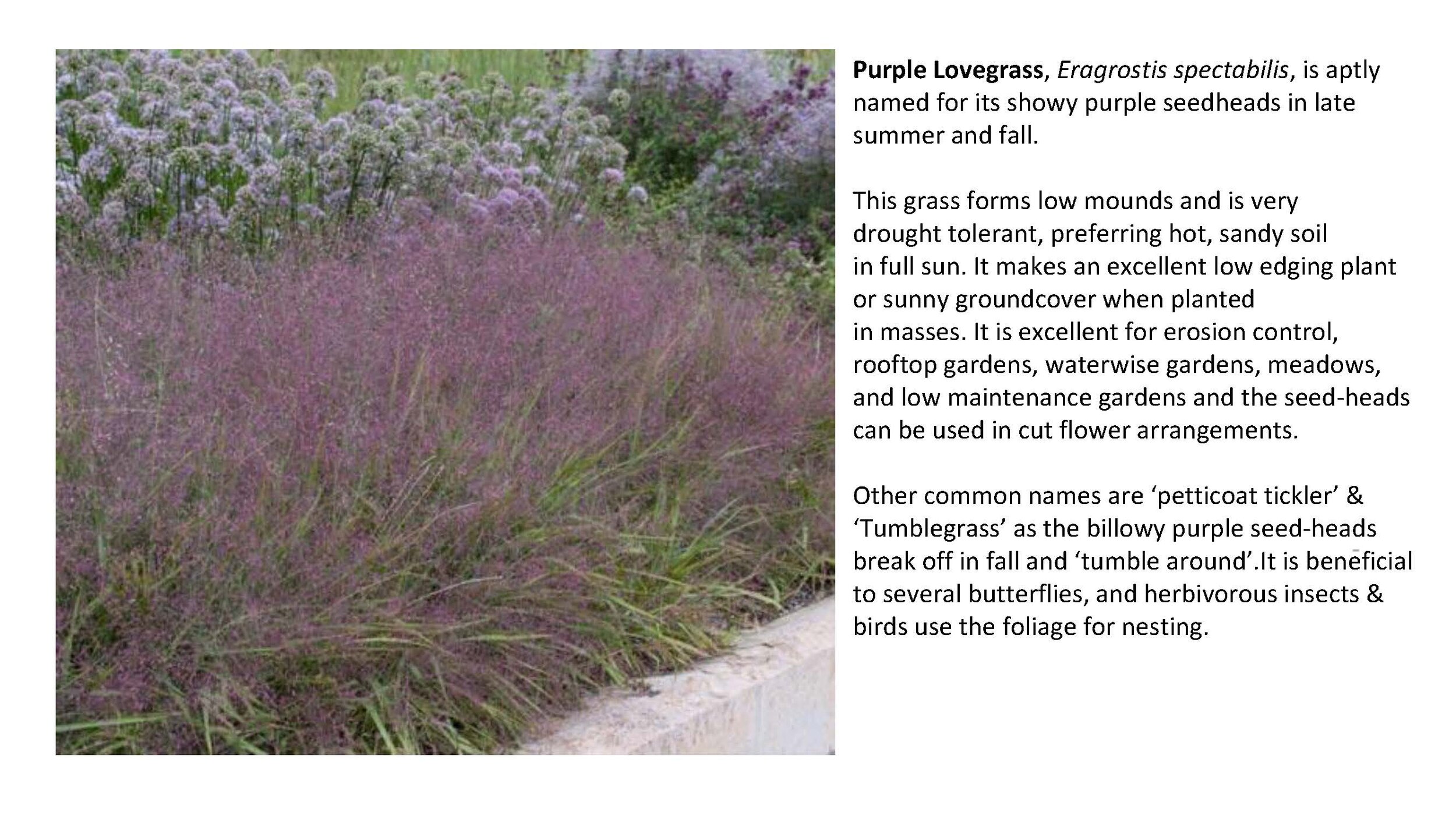Articles
There are several native plant sales around the region and the state, and we want to spread the word. Our Northern Neck Chapter of VNPS annual plant sale will be held on Sept. 5, 6 and 7. Friday, Sept 5 is a member only sale. It will be held again this year at Good Luck Cellars in Kilmarnock. All funds support our mission to educate the public on the value of native plants and conserving them in nature.
Due date extended to April 30, 2025
Please find the scholarship criteria for a graduating senior sponsored by for the Northern Neck Chapter of the Virginia Native Plant Society. Contact Ted Munn (contact info below) if you have any questions; email preferred.
The purpose of this scholarship is to recognize an outstanding student graduating from a High School, either public or private in the Northern Neck. The graduating senior must exhibit a desire to continue studies in a recognized College, University or Community College with a focus on the environment, conservation, botany or any discipline that is geared toward bettering our Commonwealth with an emphasis on flora of the Northern Neck.
The NN VNPS Meeting on Feb. 20, 2025, was presented by Johnny Townsend, the Senior Botanist for Virginia’s Division of Natural Heritage. His program was on the Latest and Greatest Botanical Finds in Virginia. Fabulous program about many recently discovered strange and rare native (and a few non-native) plants in the Commonwealth.
In celebration of our successful annual Hickory Hollow Skunk Cabbage walk on January 1, 2025, NNVNPS is reposting this Plant of the Month from December 2020.
Skunk Cabbage Flower with spadix, Jan 1, 2025. Photo by Kyle Langford
Our Purpose: To encourage the conservation of Virginia’s native plants. To educate the public about native plants and to encourage their preservation and cultivation.
We enjoyed a wonderful venue, perfect weather and sold more plants and earned more than ever before over the three-day sale! Our Total Gross proceeds for the Sale totaled a stunning $11,223.07. We sold around 1400 beautiful native plants and nearly sold out by the end of Saturday.
We want to thank all of our loyal members, new members and the general public who crowded into our Native Plant Sale. You far exceeded our expectations today with enthusiasm and zeal for native plants. Although we started with nearly 1400 plants (more than ever) we have nearly sold out. We do have a very few plants left. We will be at Good Luck tomorrow at 1pm to sell the few remaining plants and handout Guides and literature.
Not a member? Do we have a deal for you? Come join our Chapter on Friday or any time this weekend and take home a free American Beautyberry shrub for your own garden until they run out!



